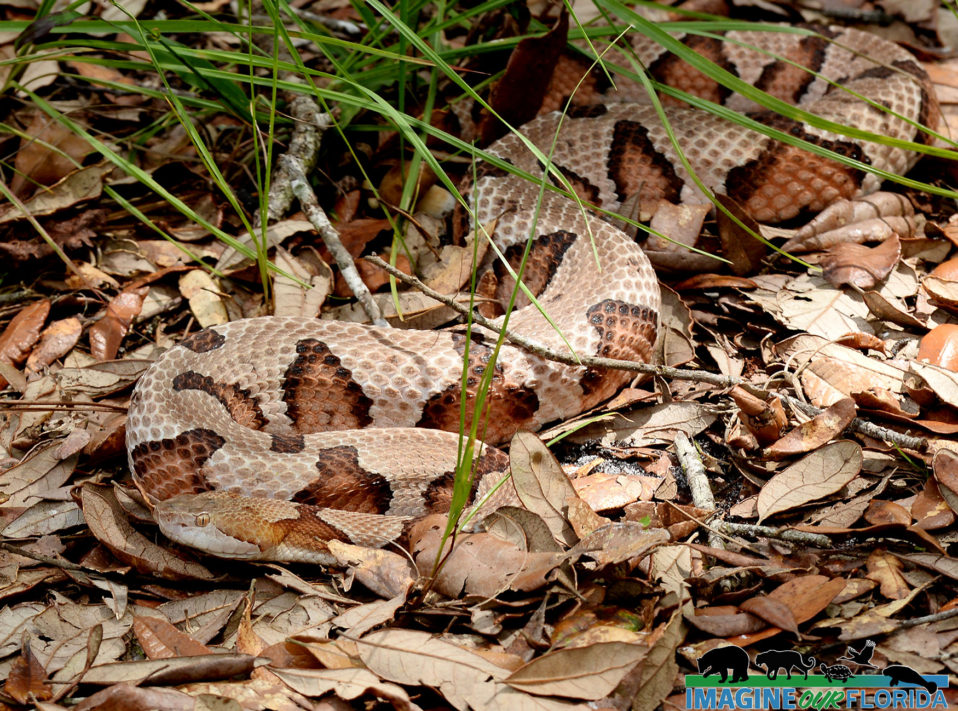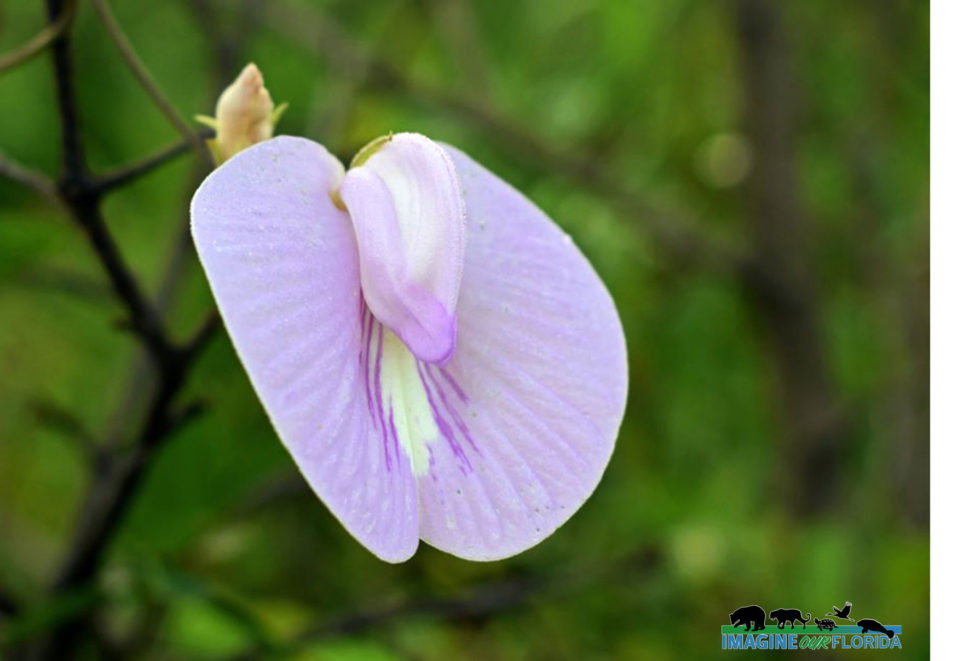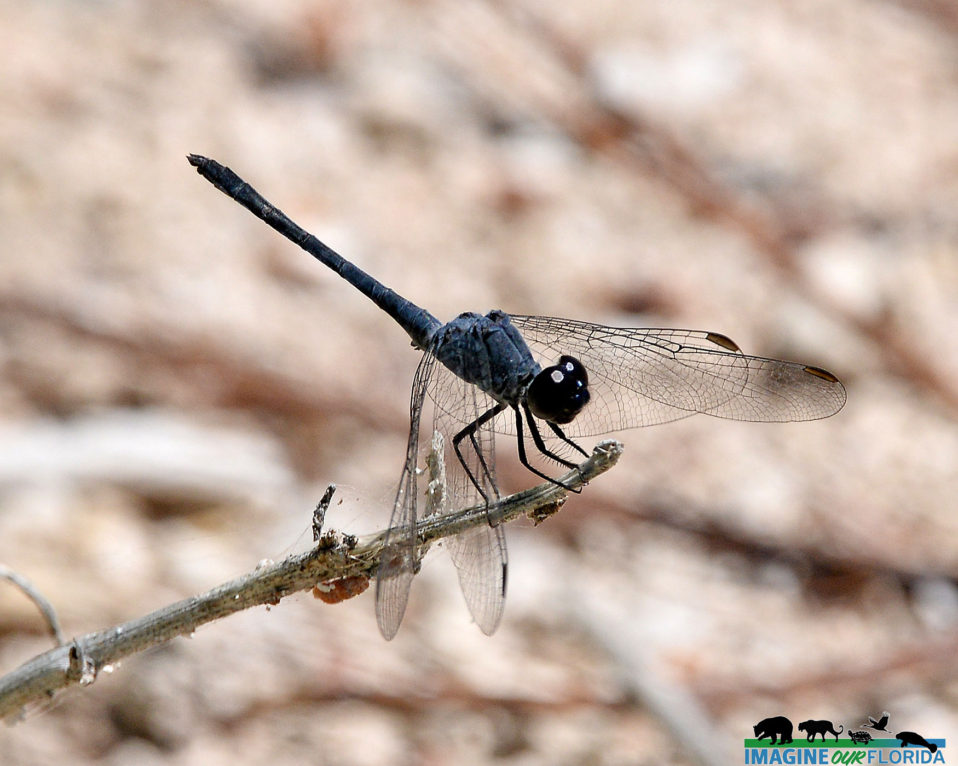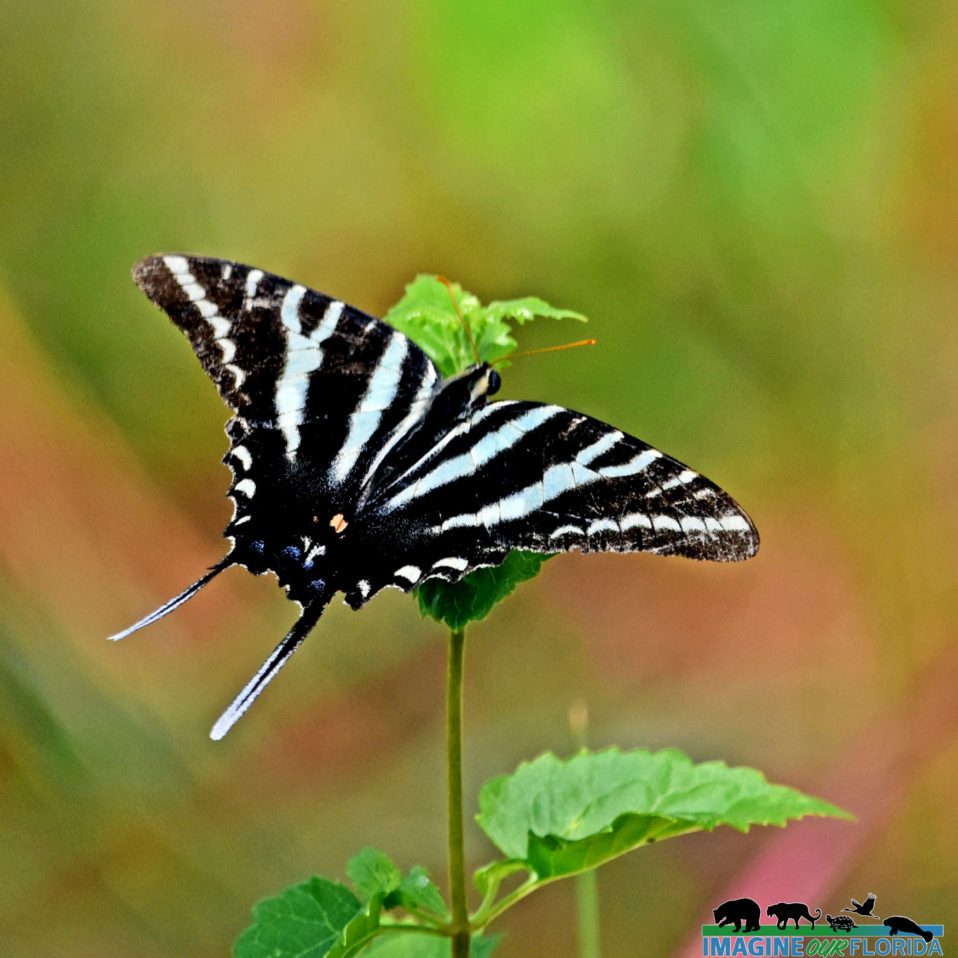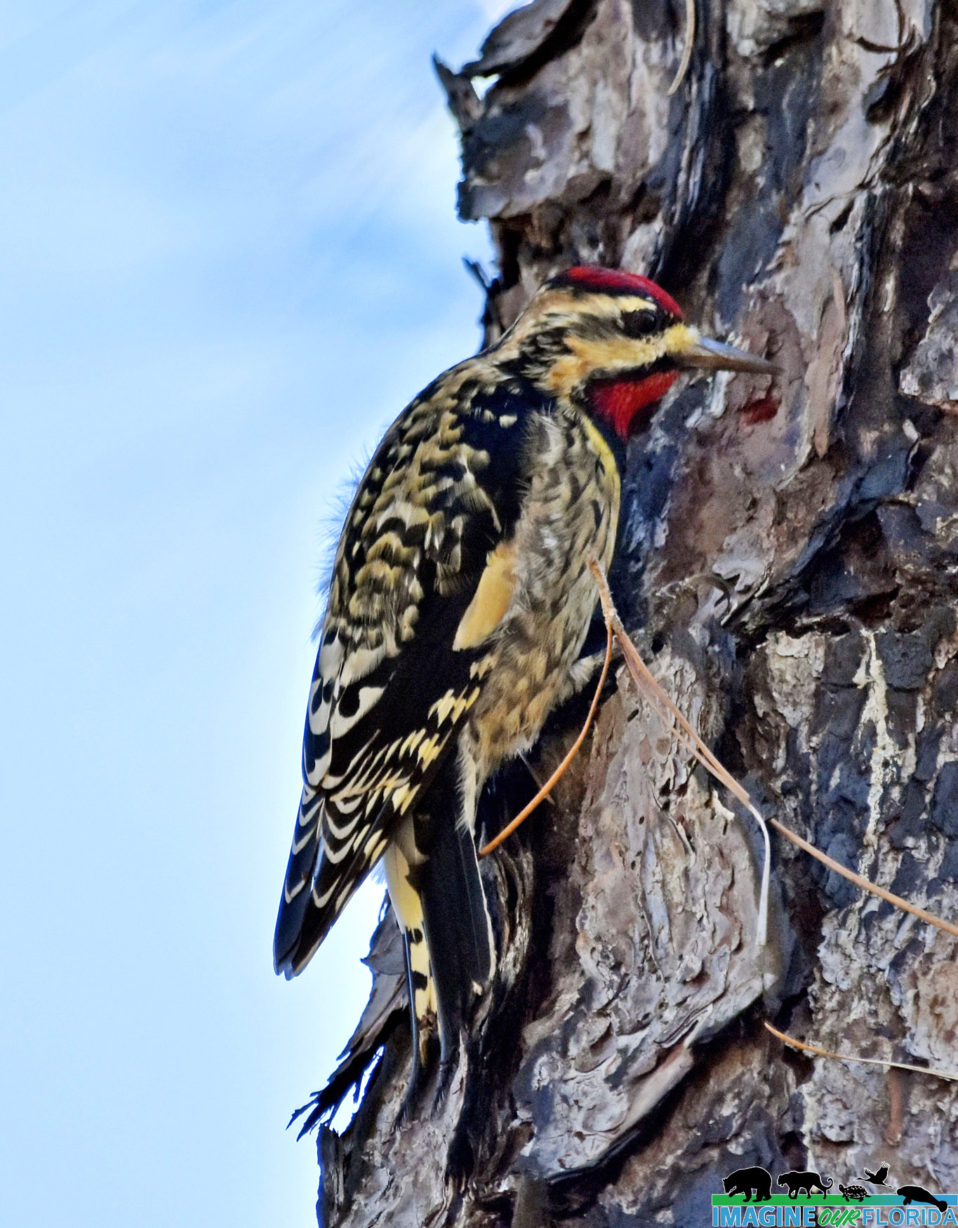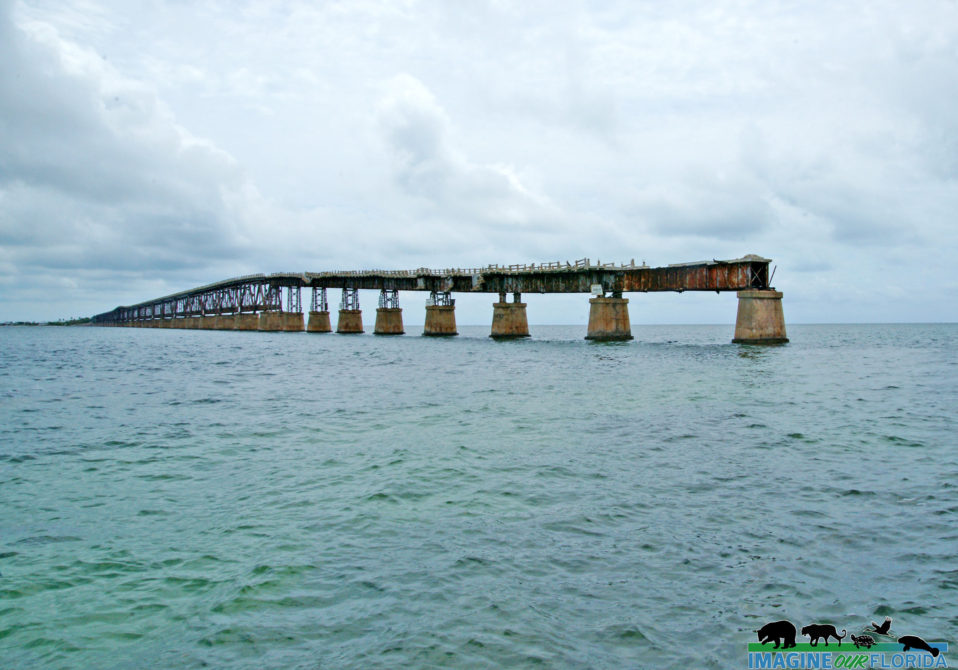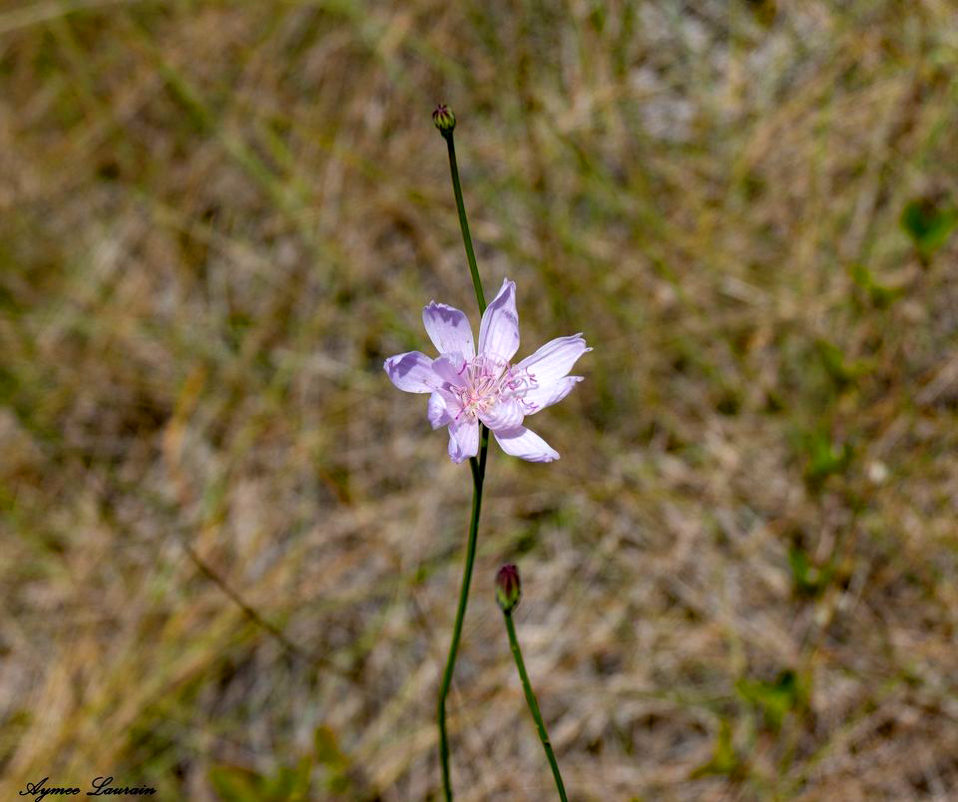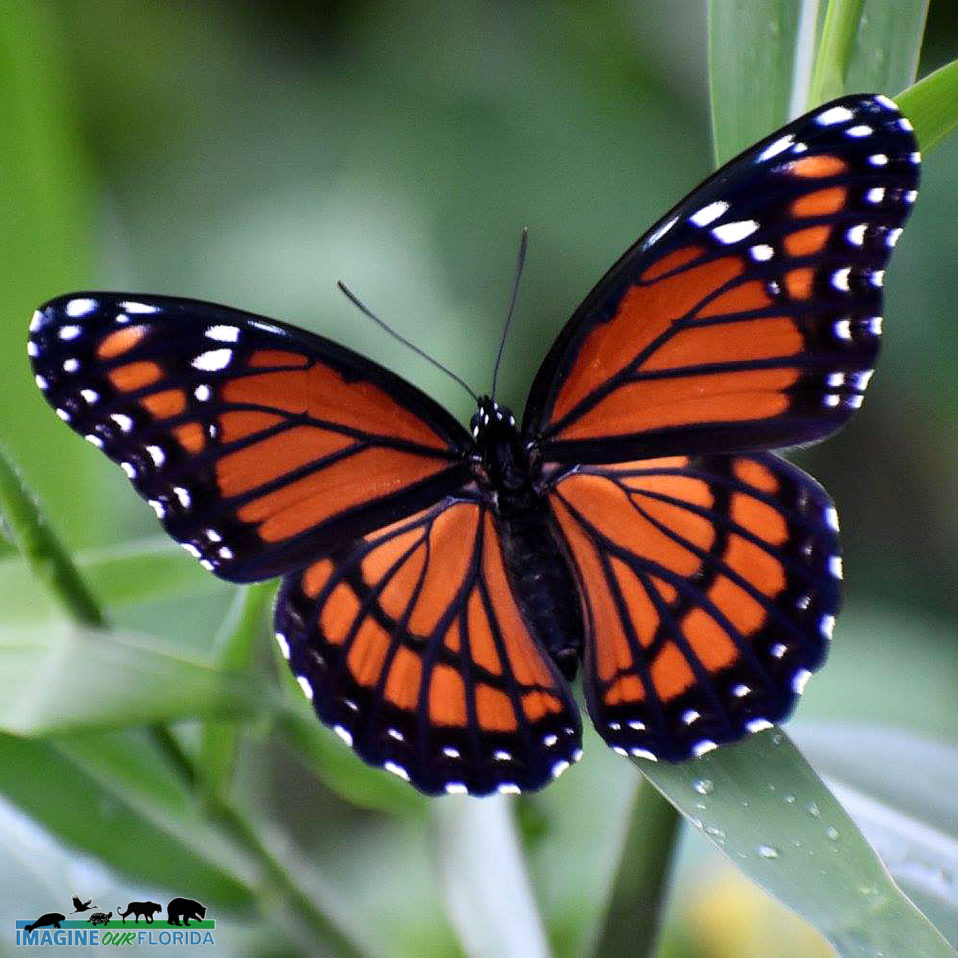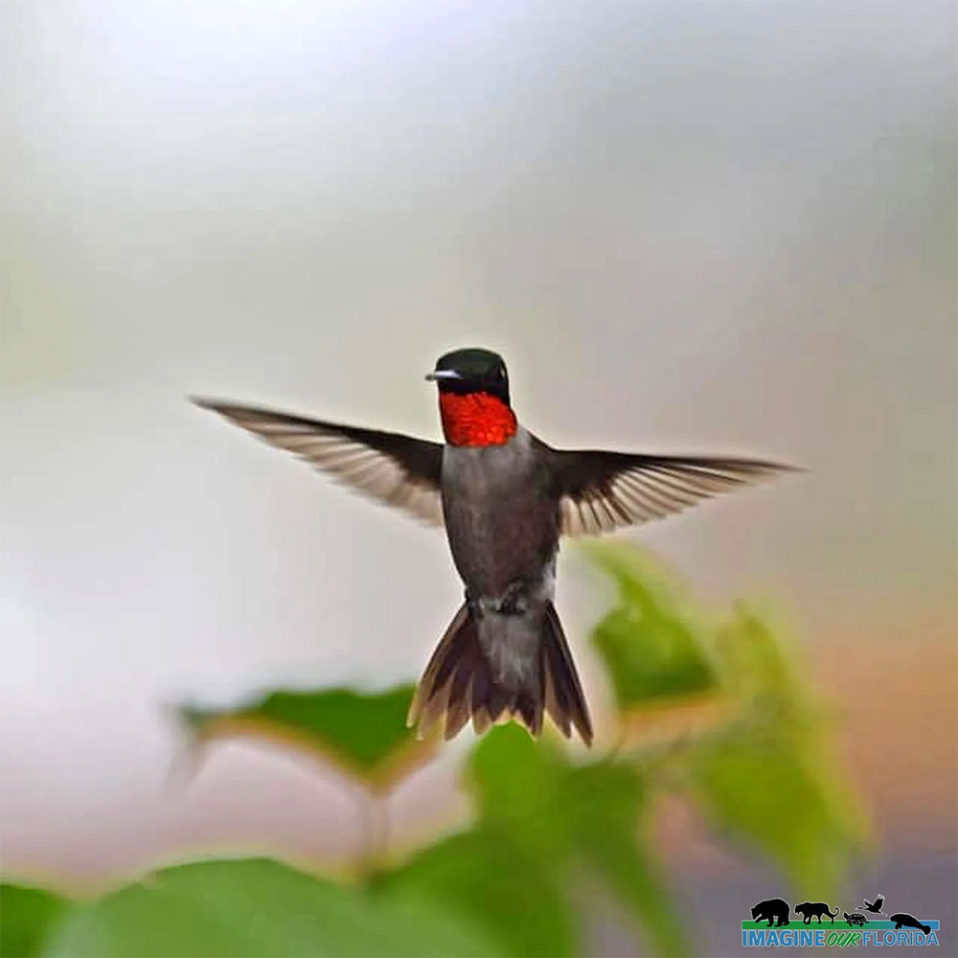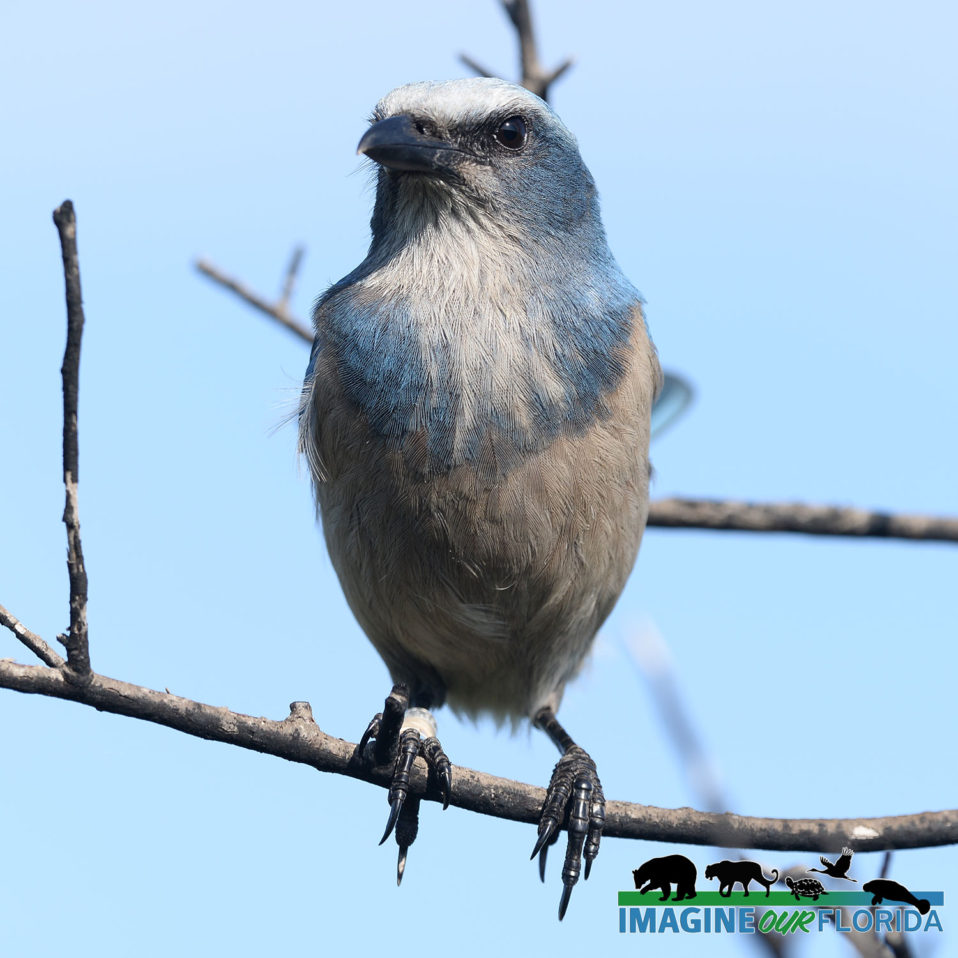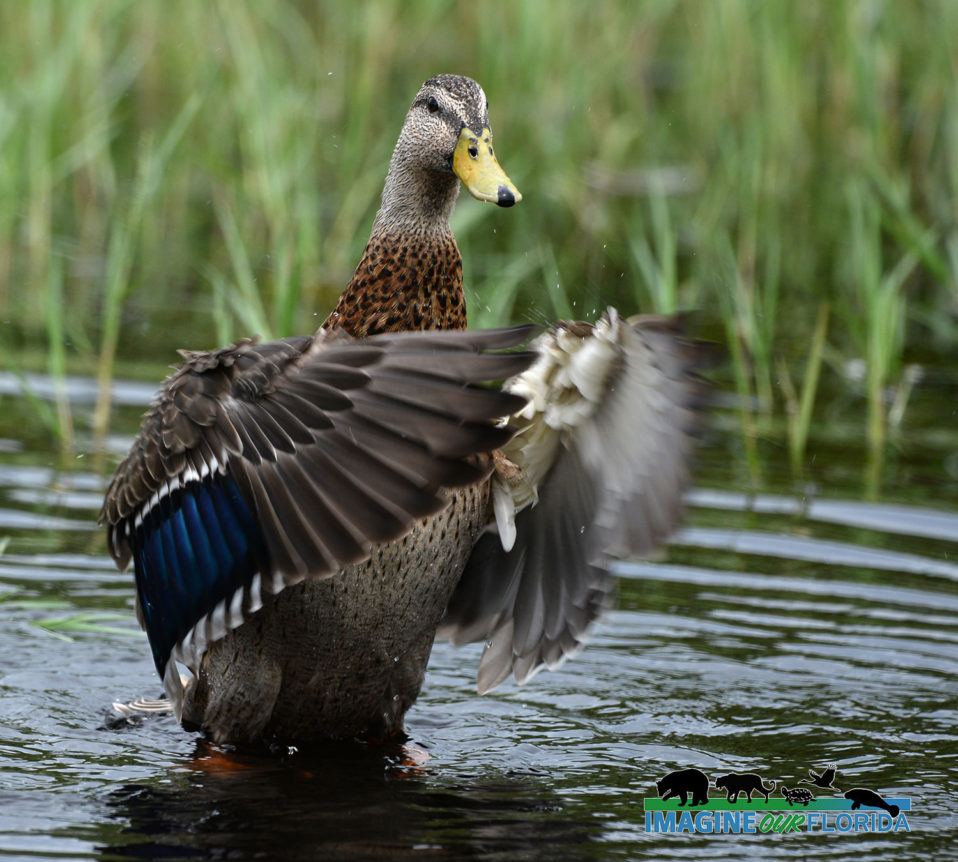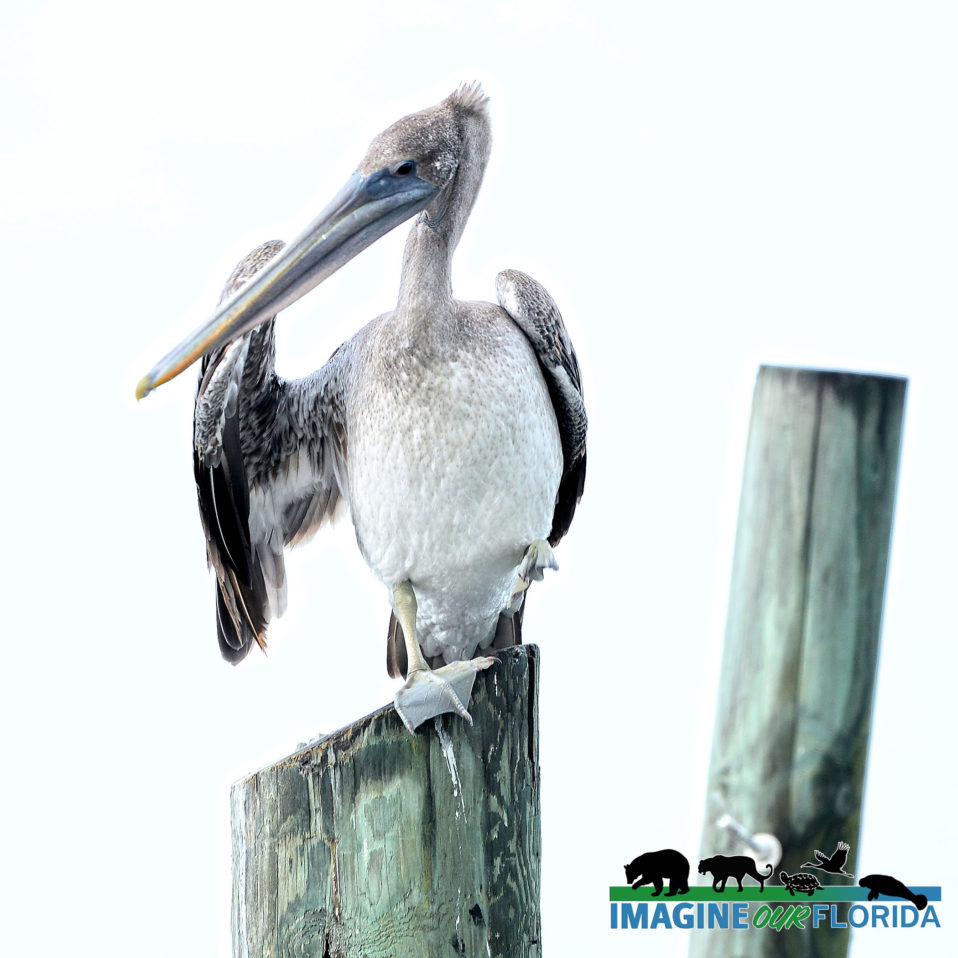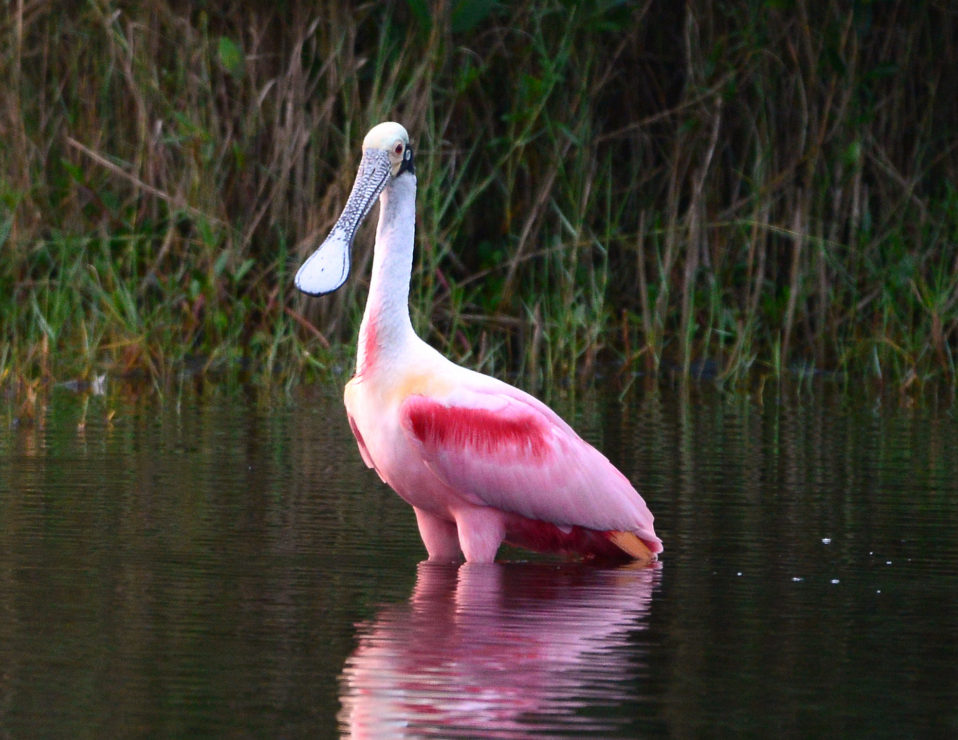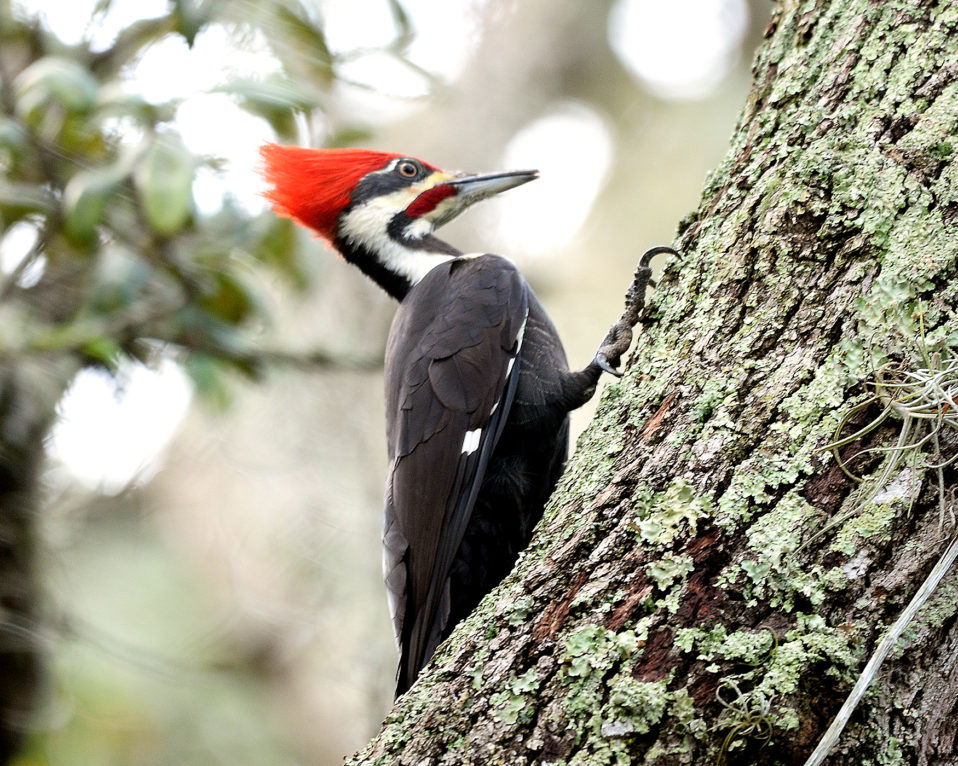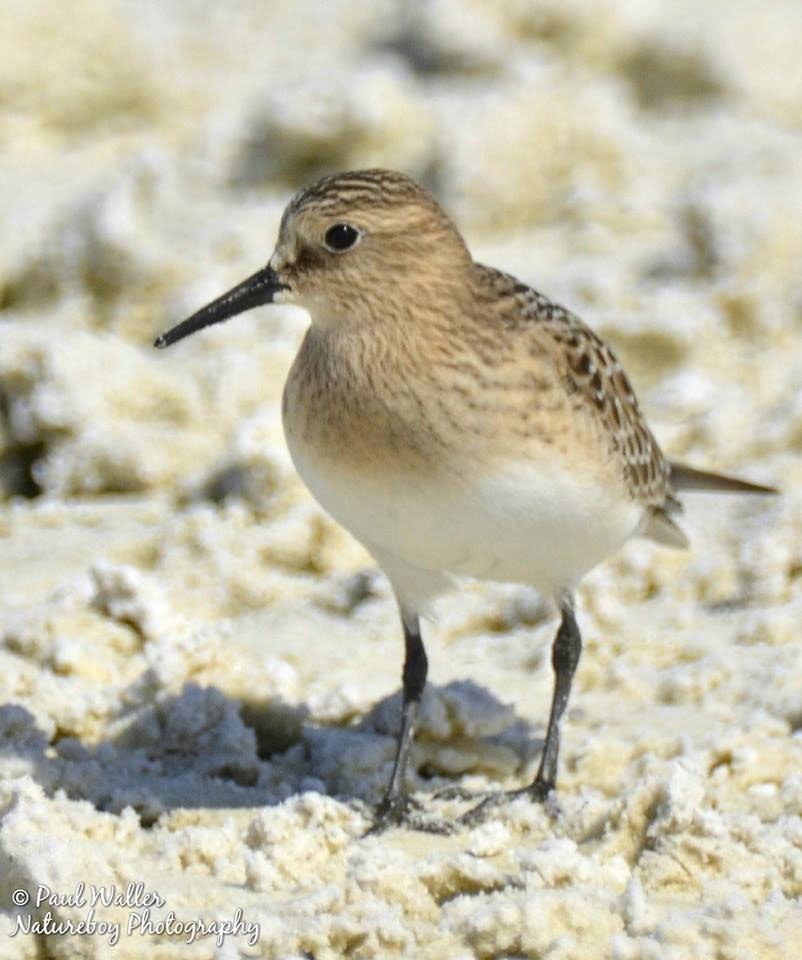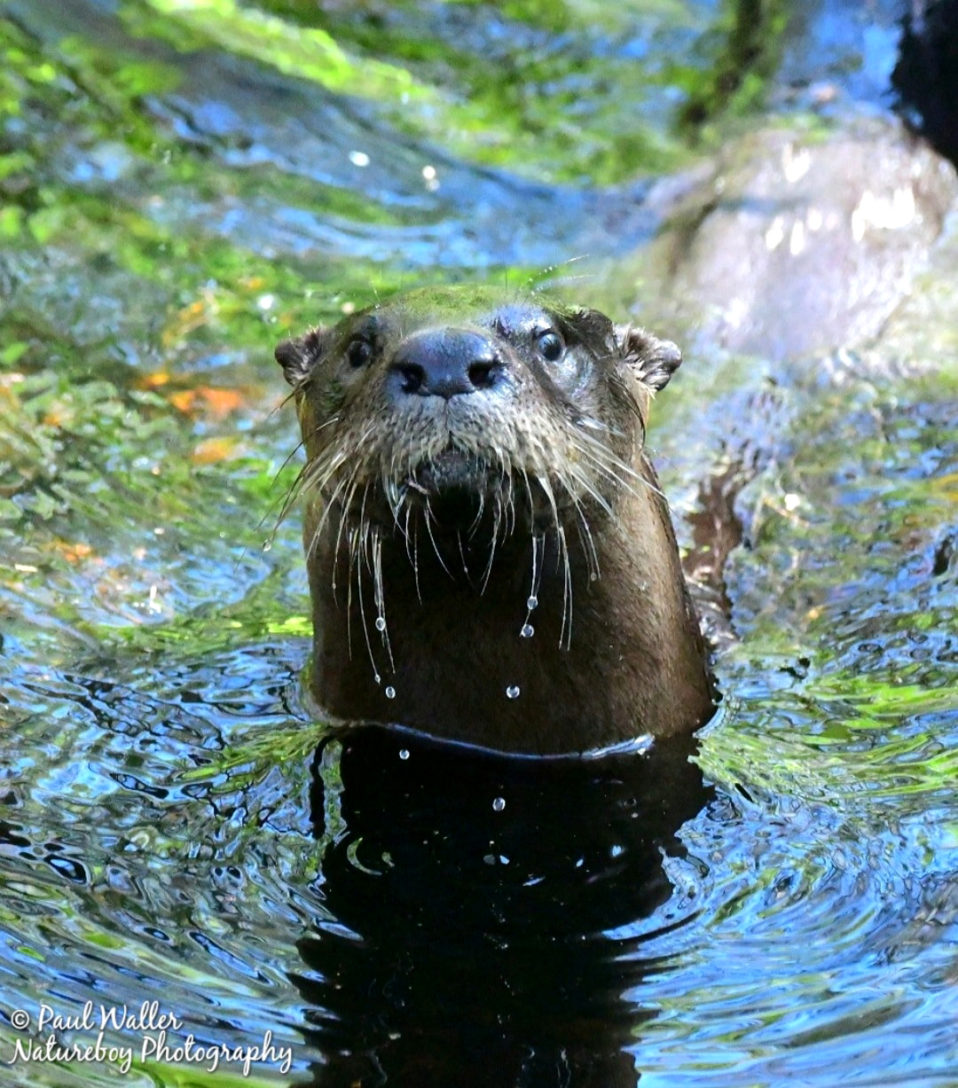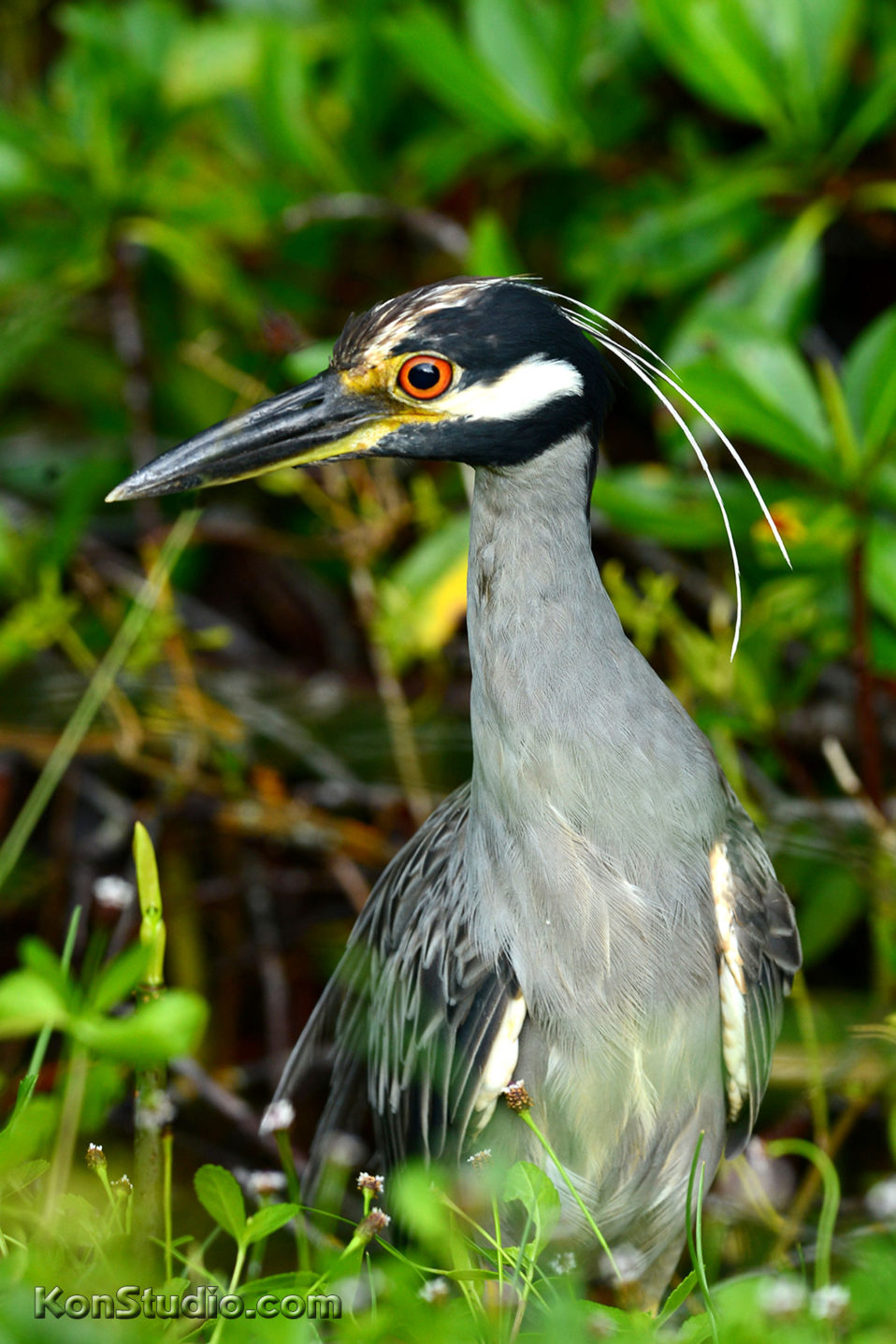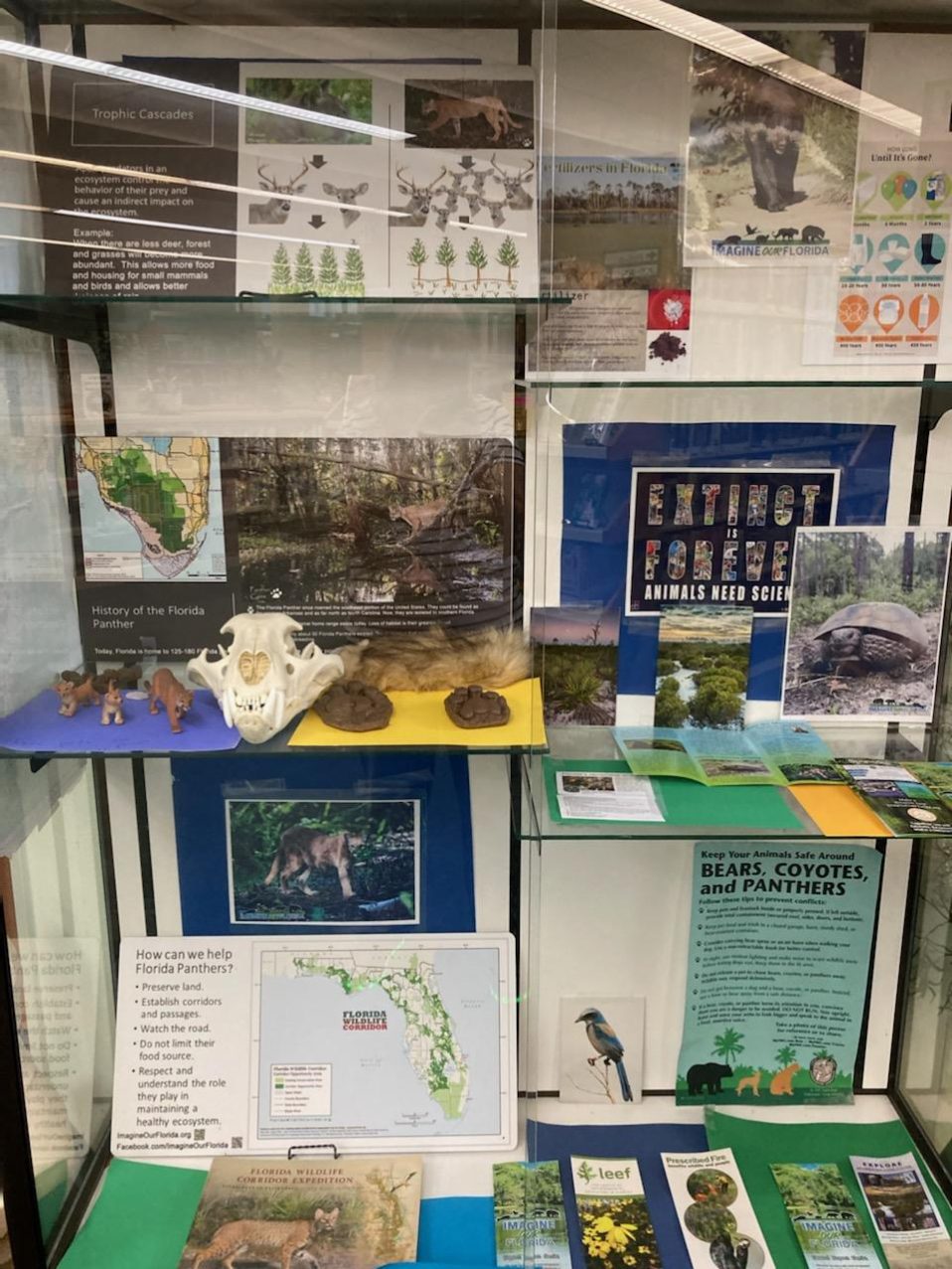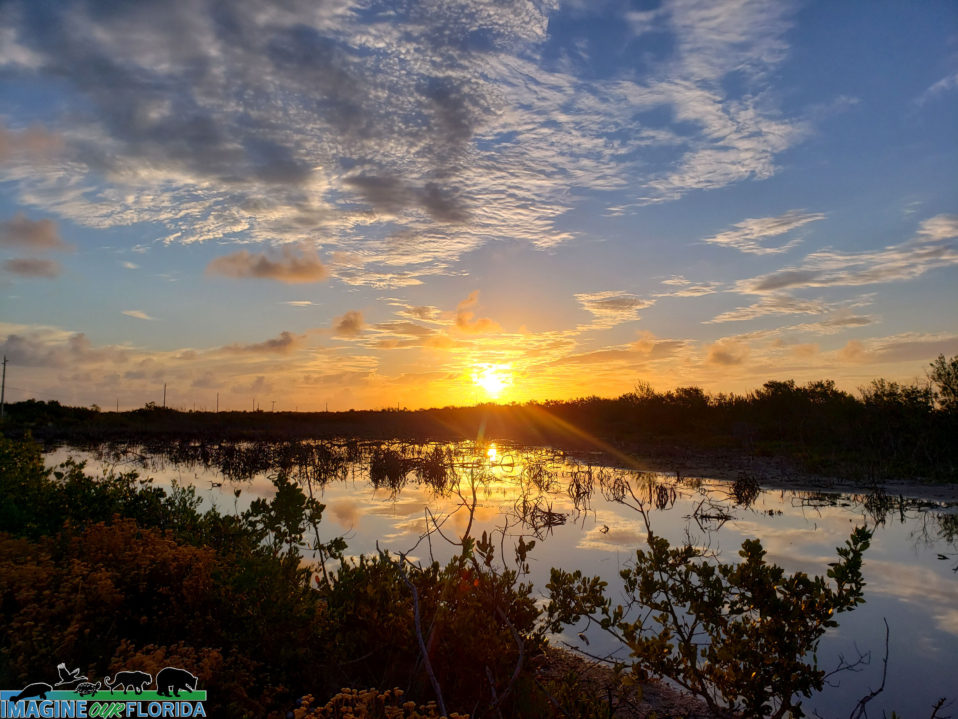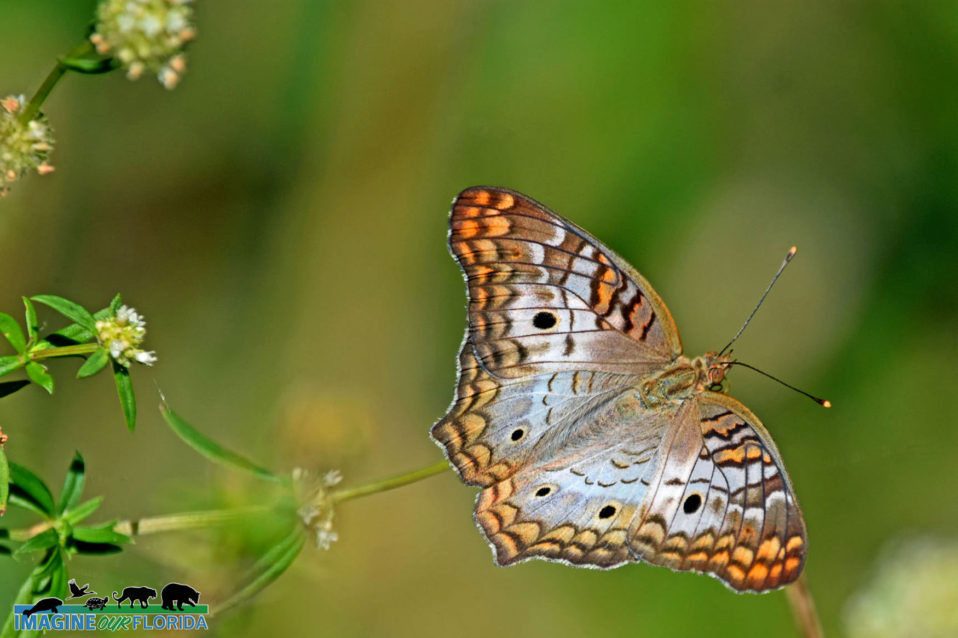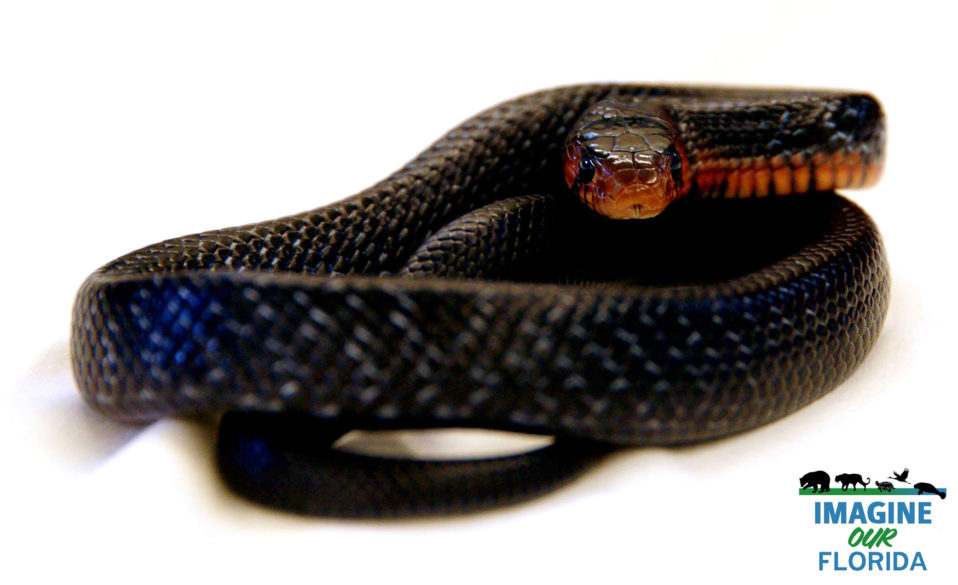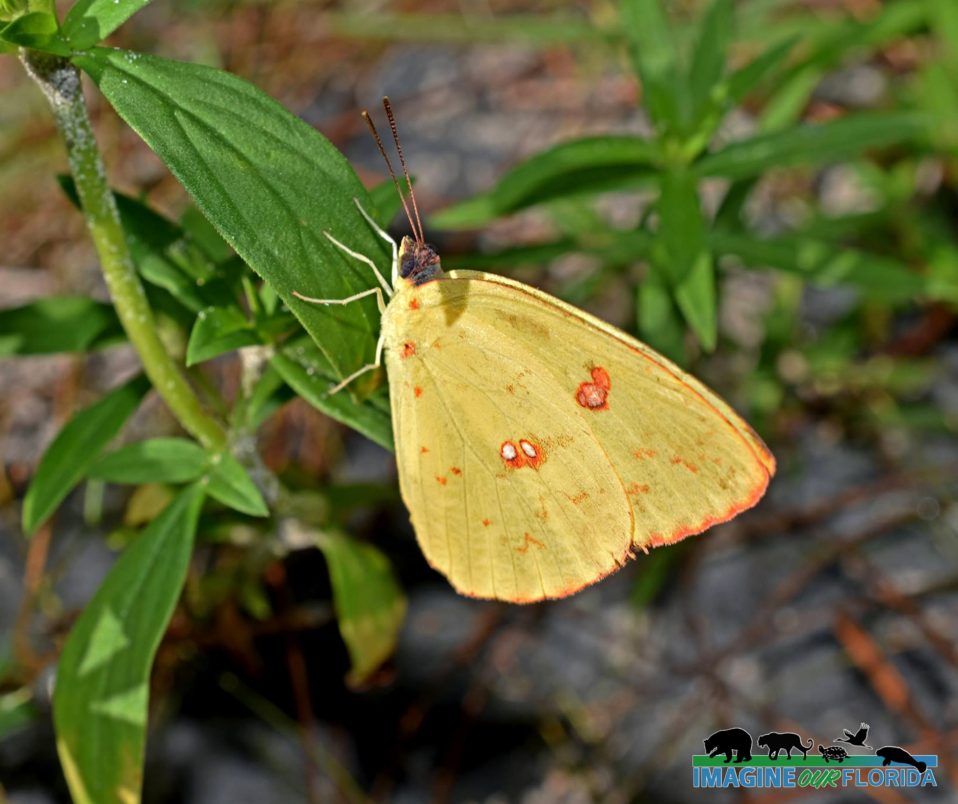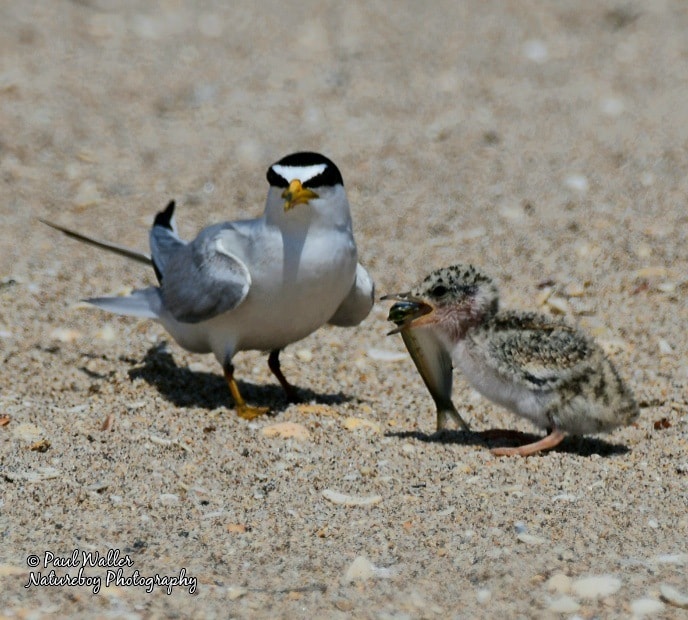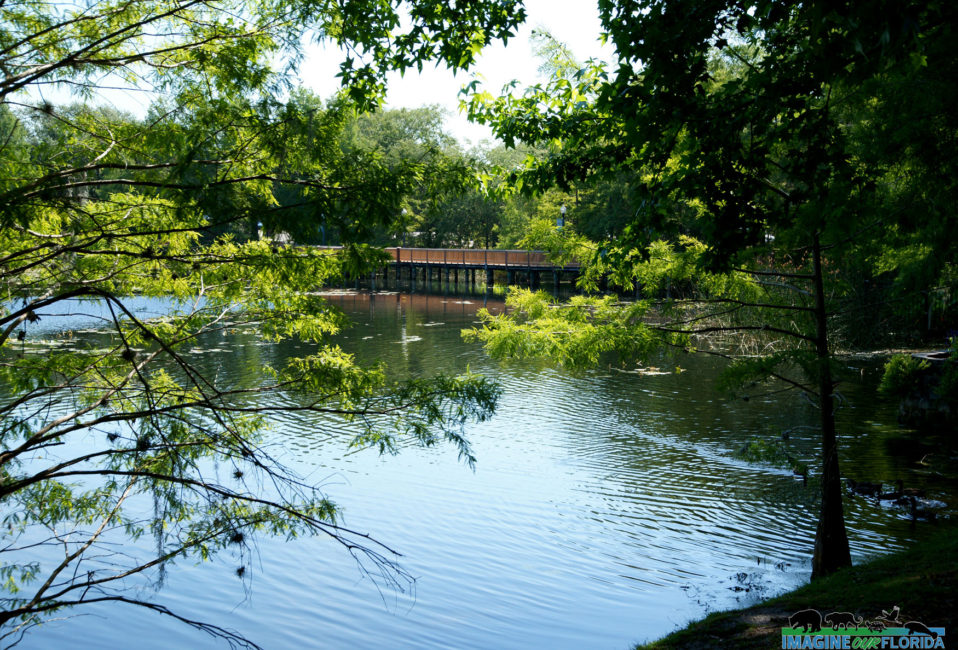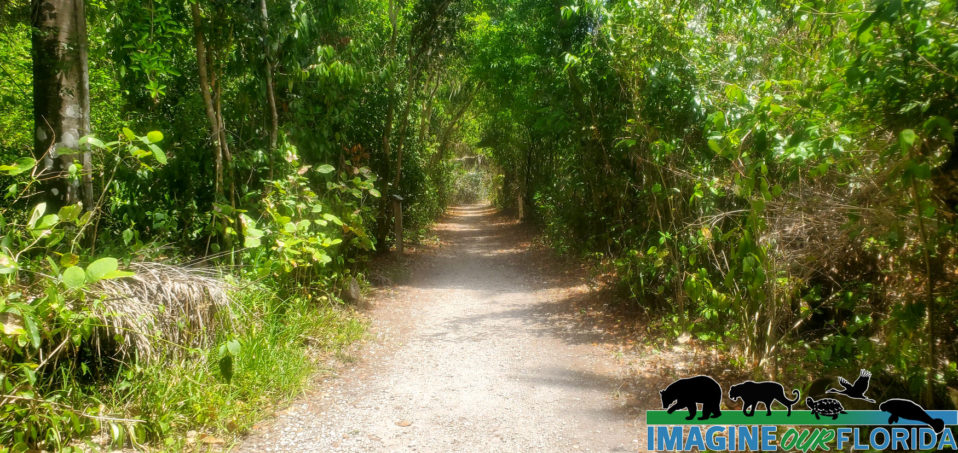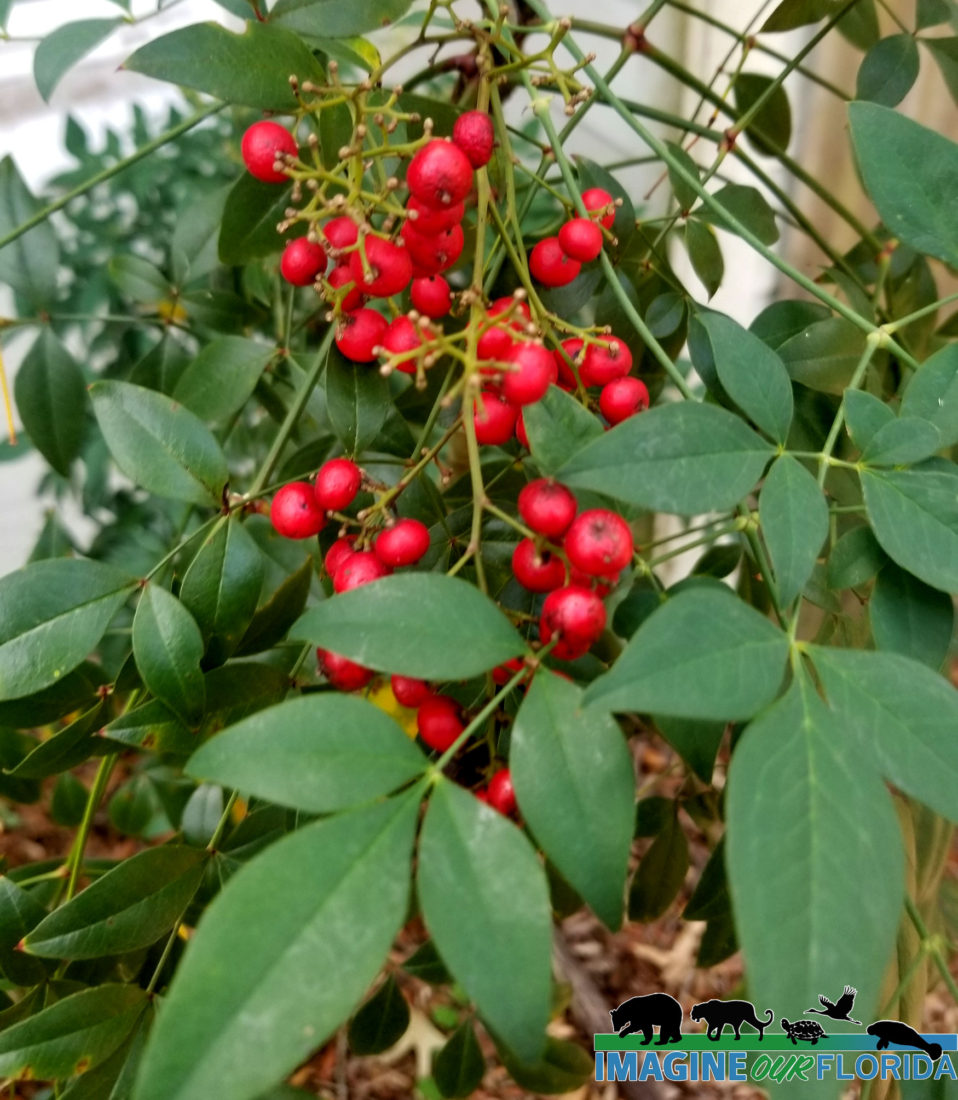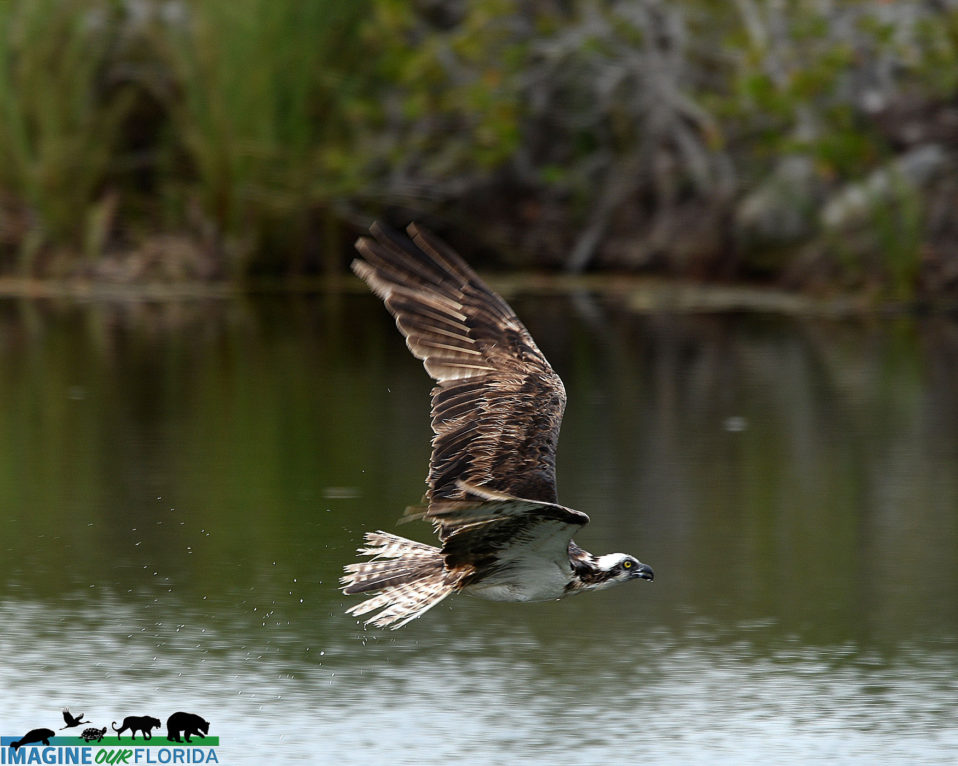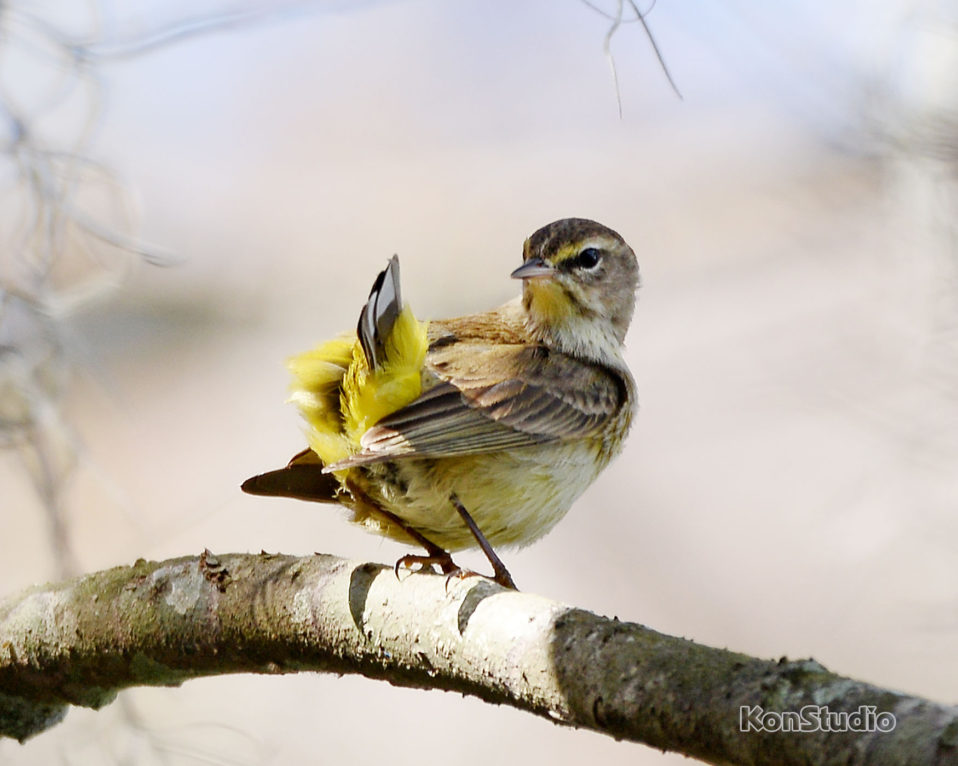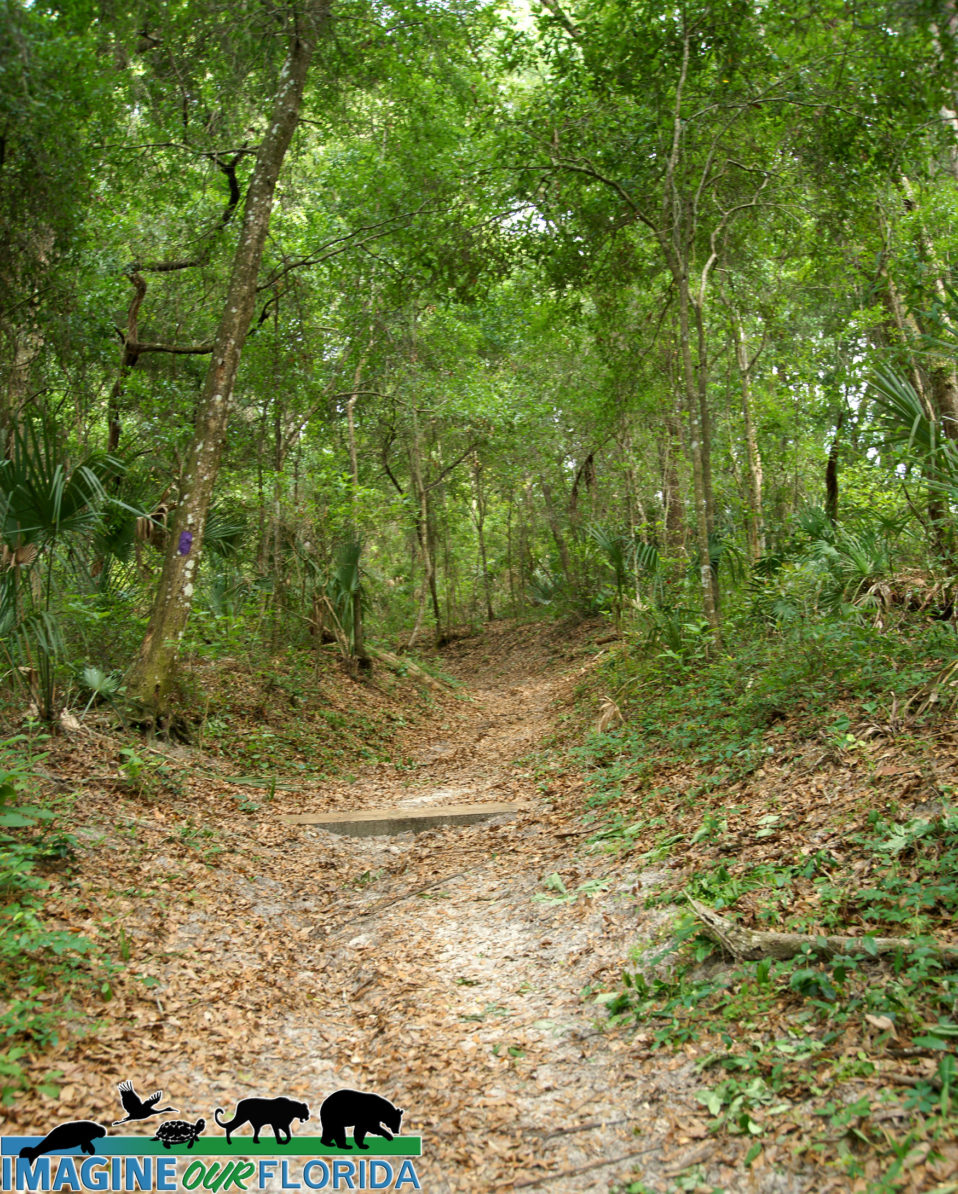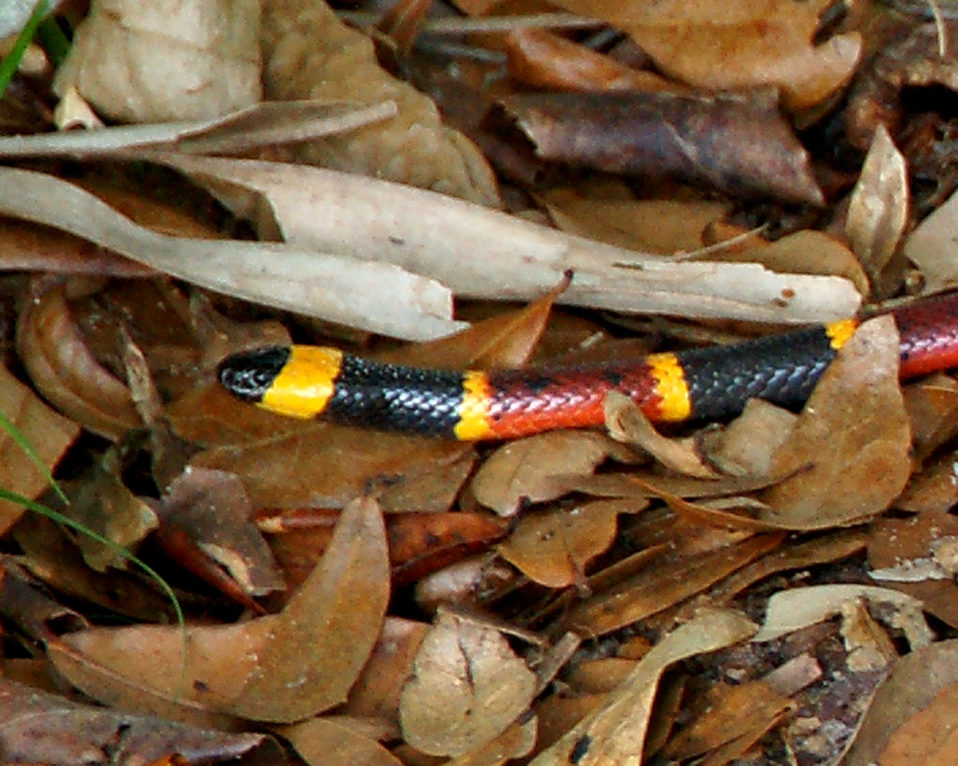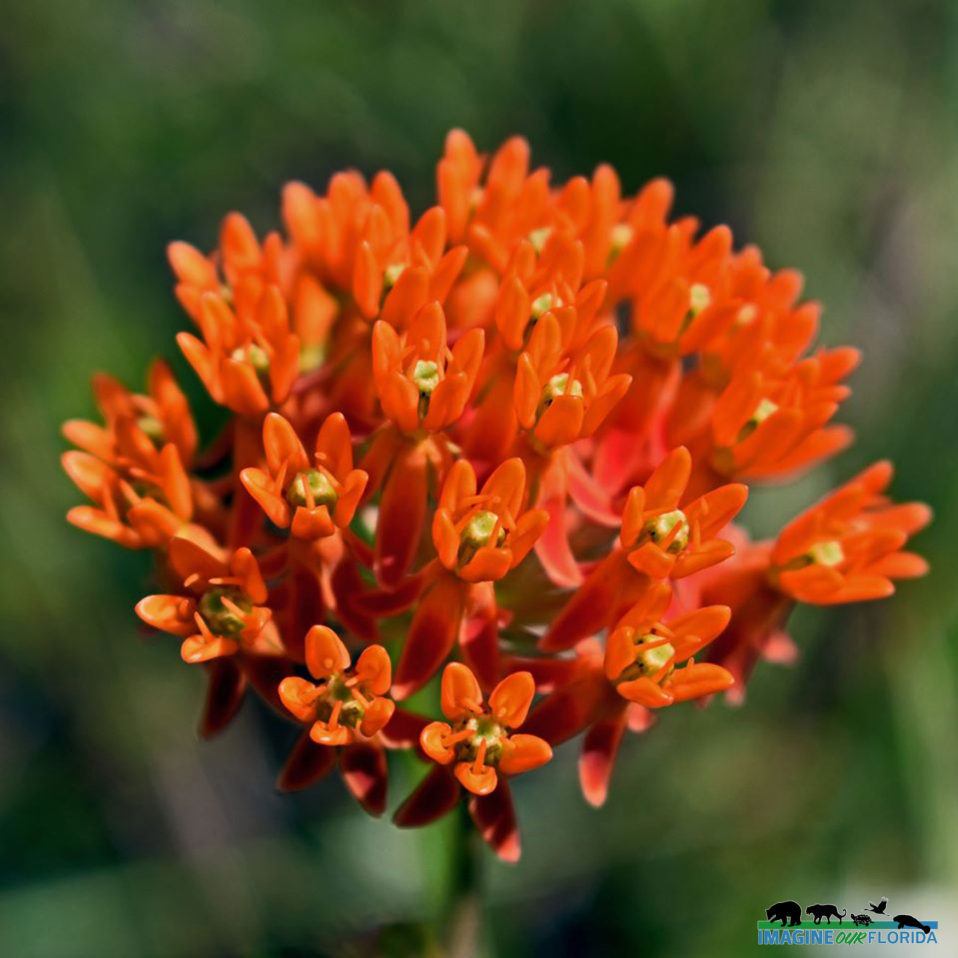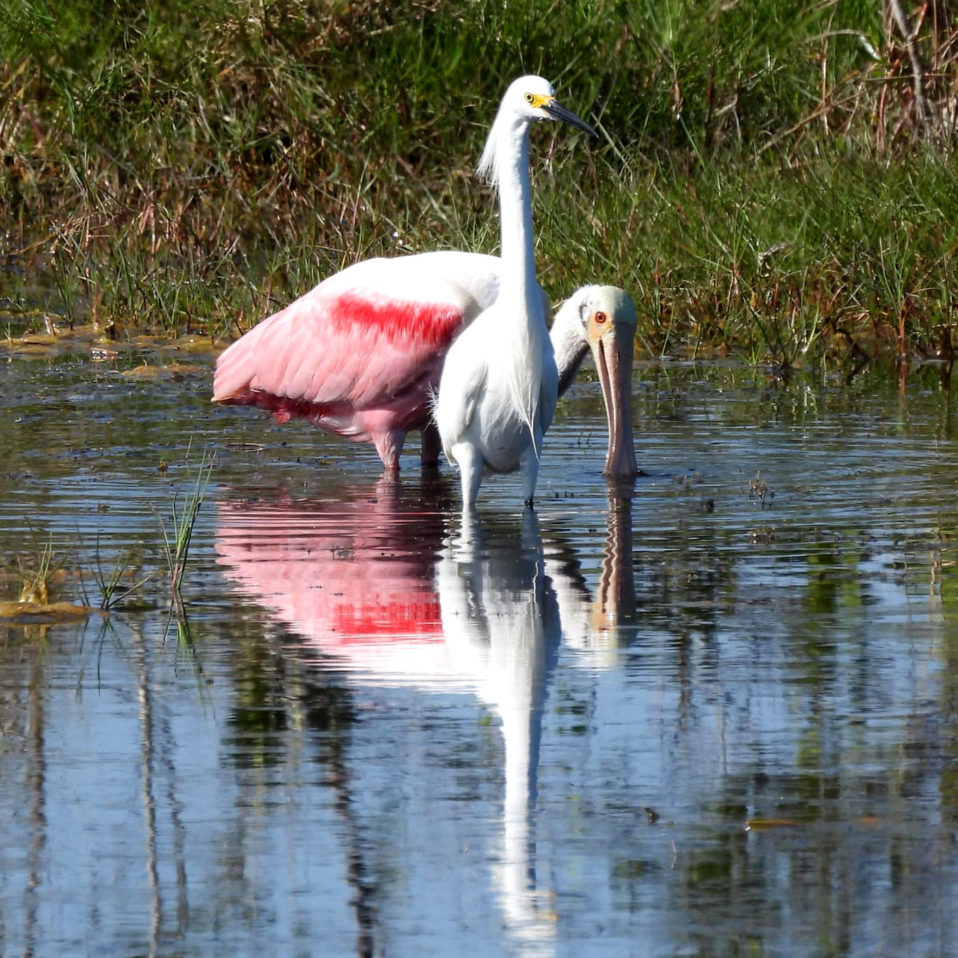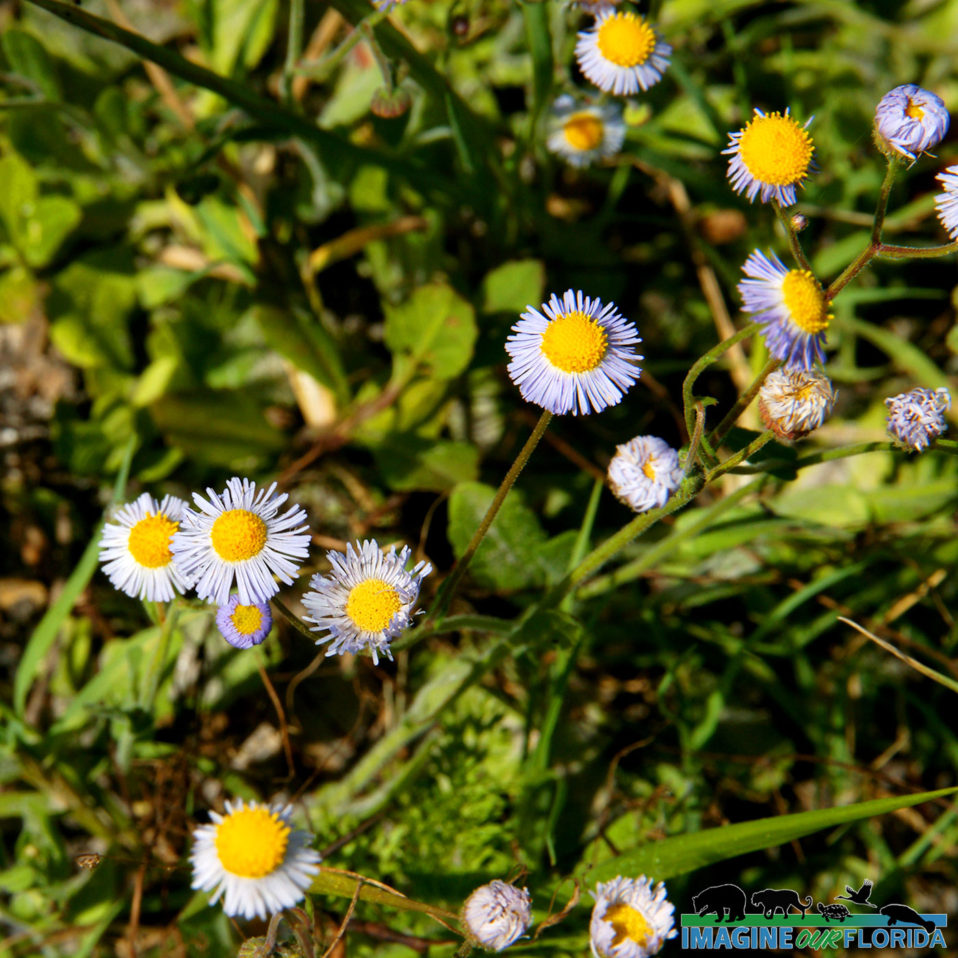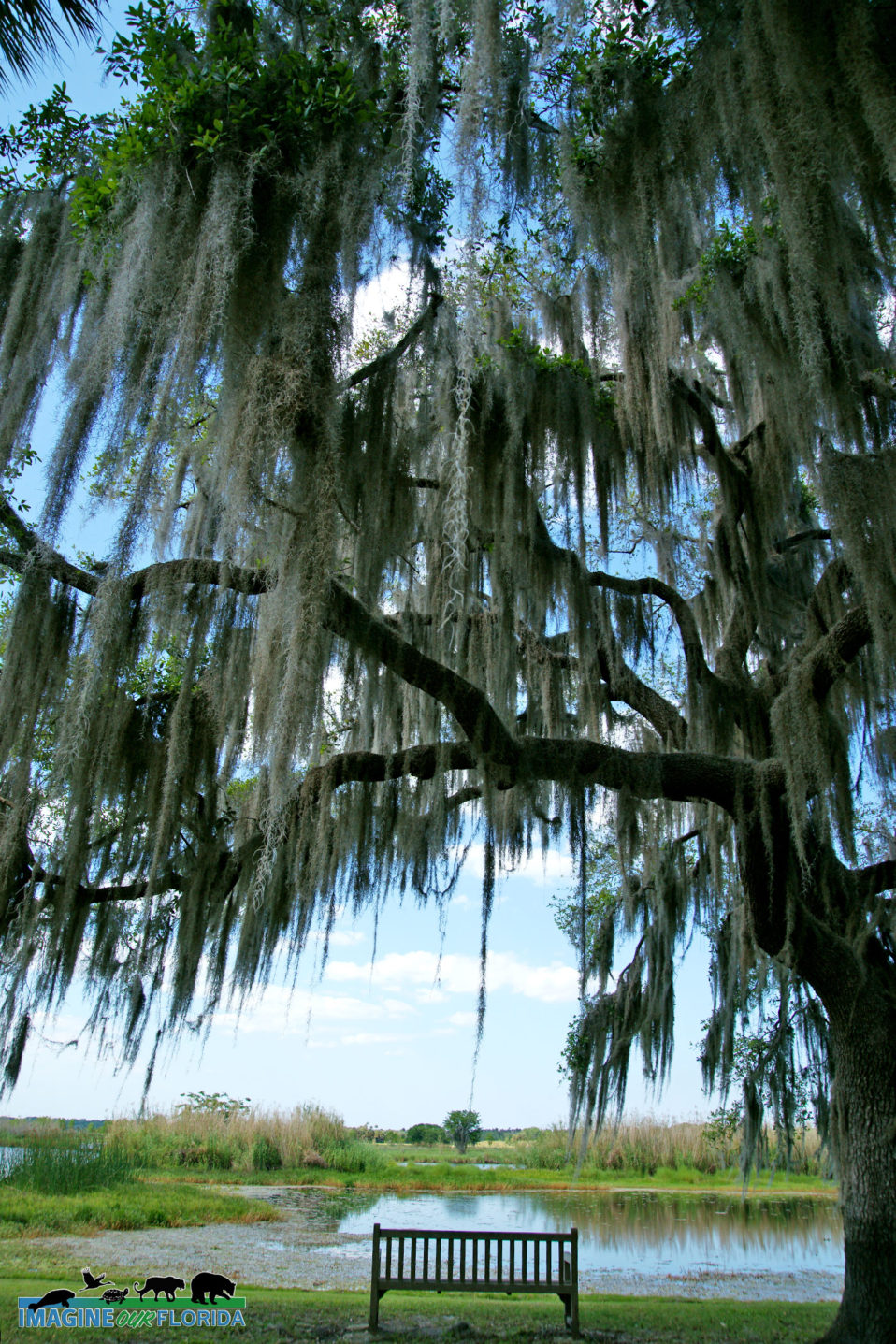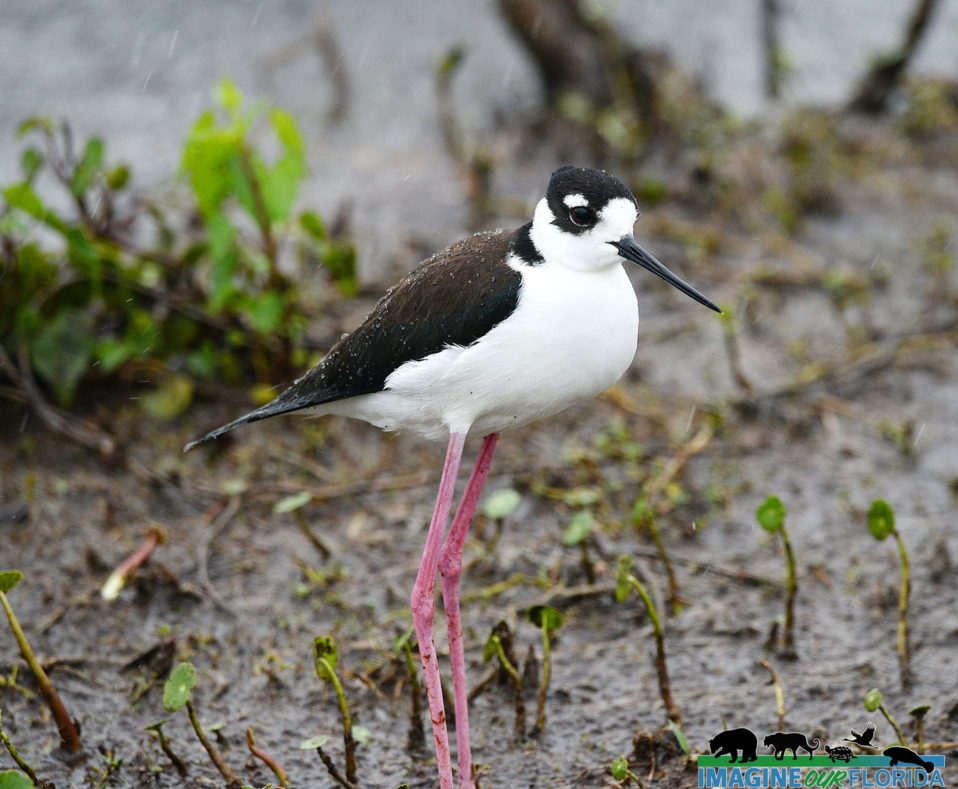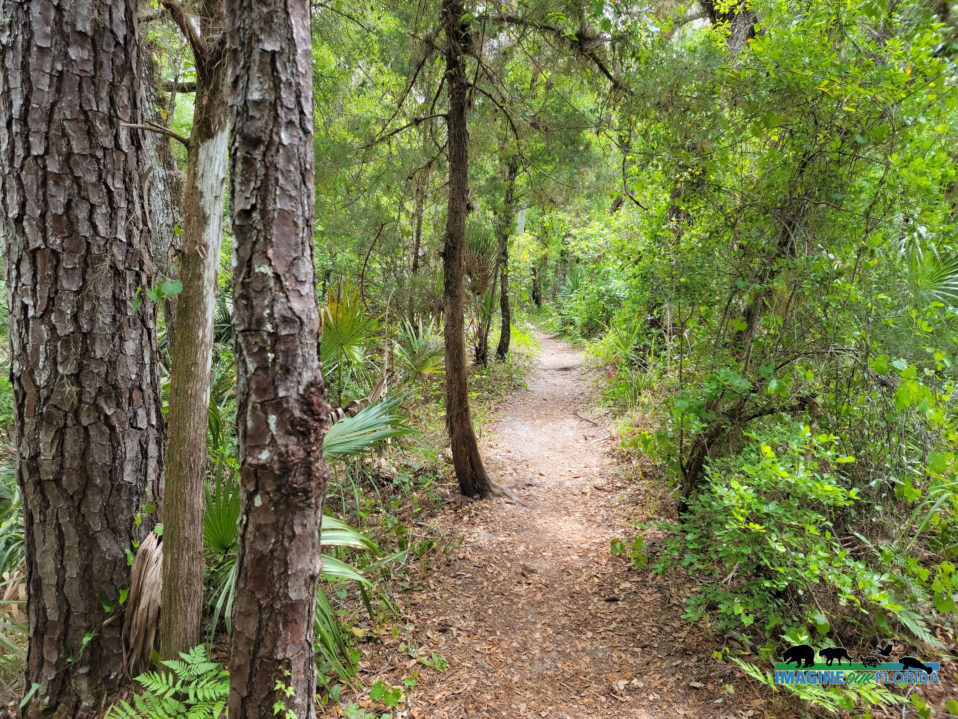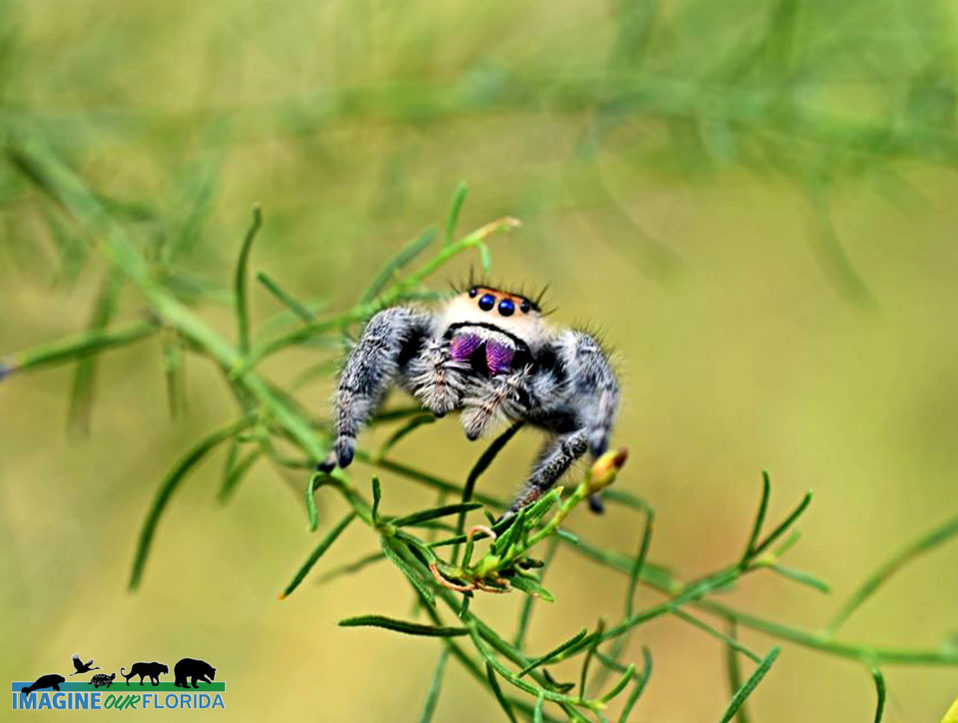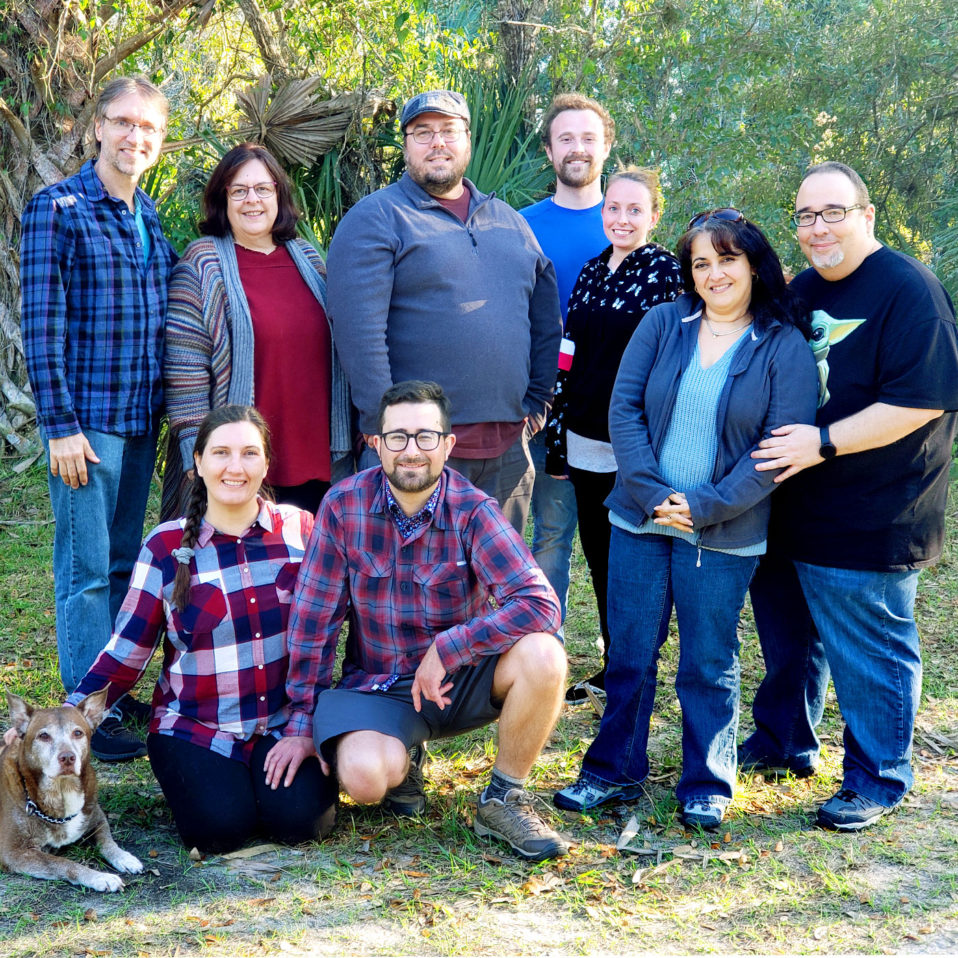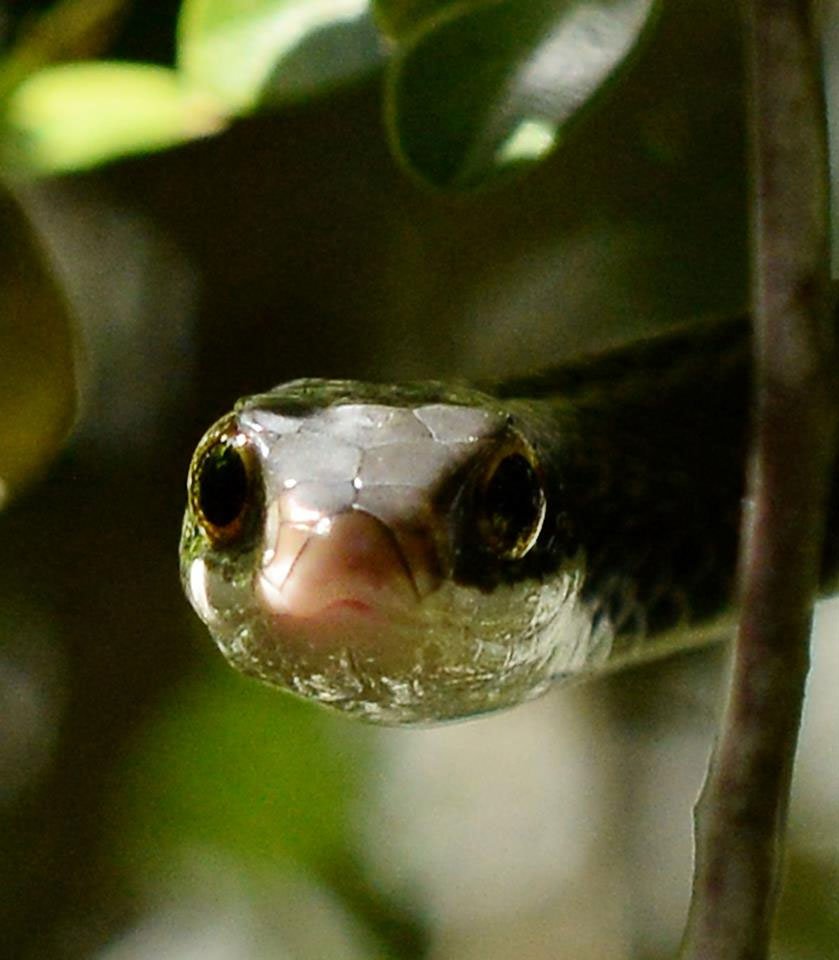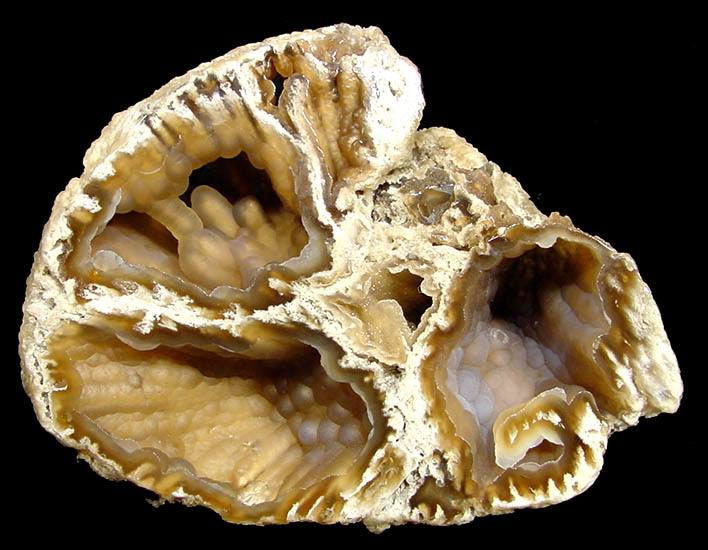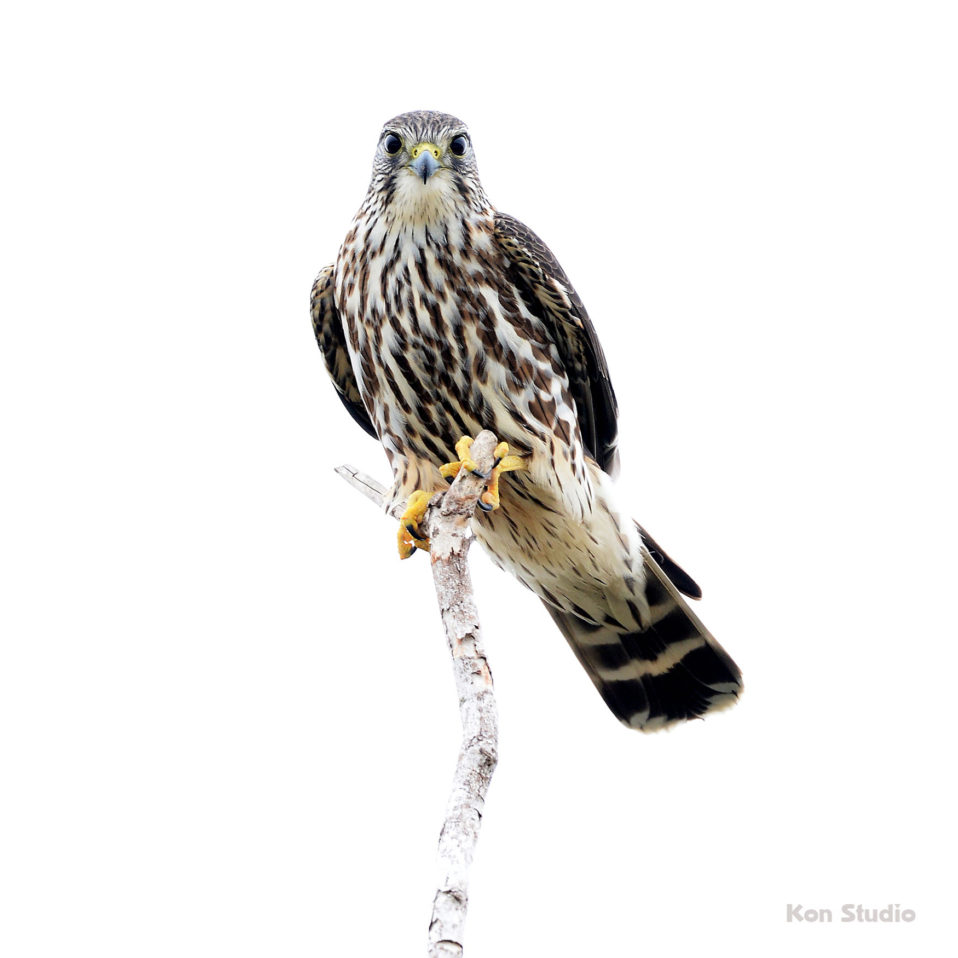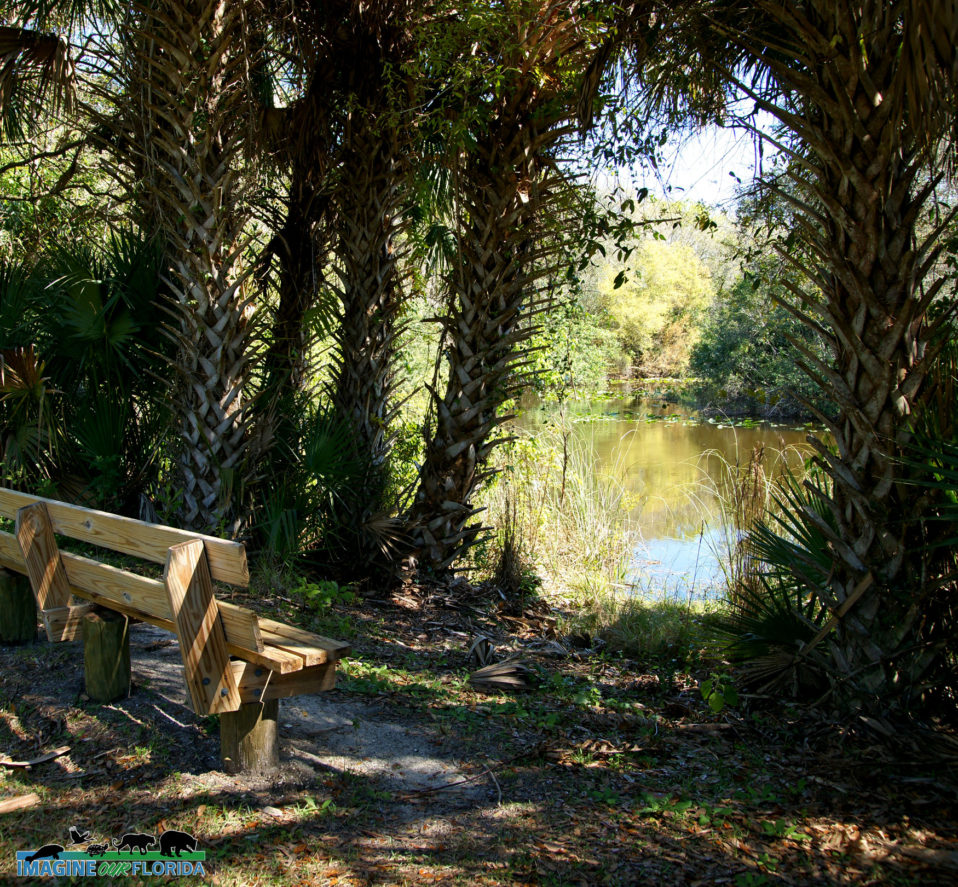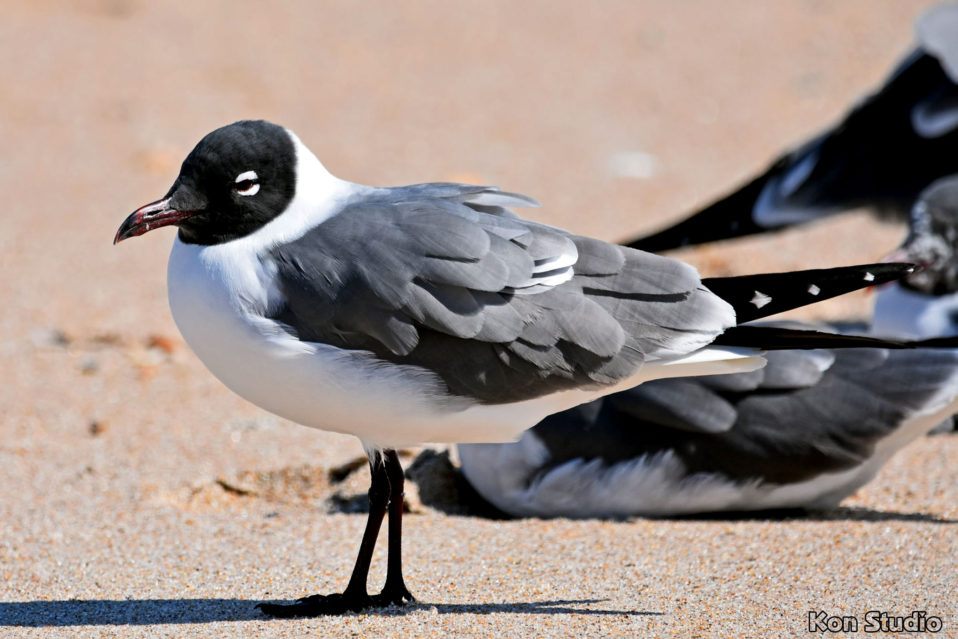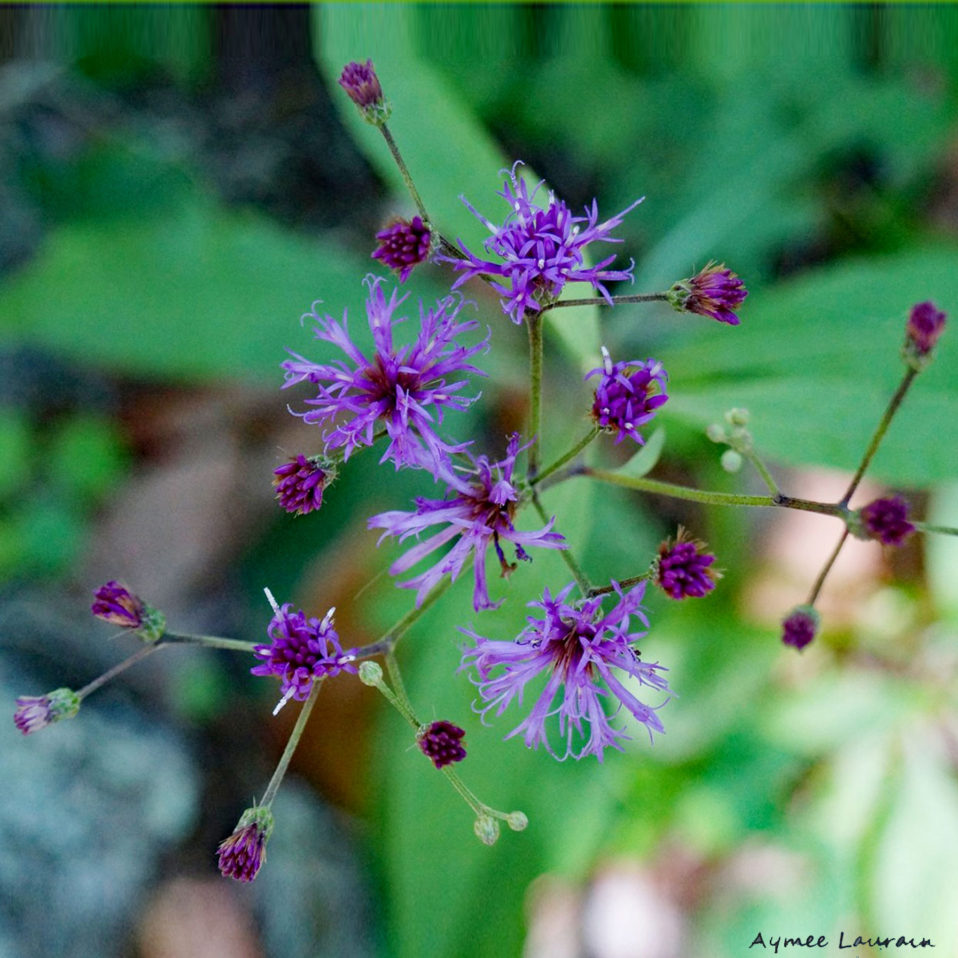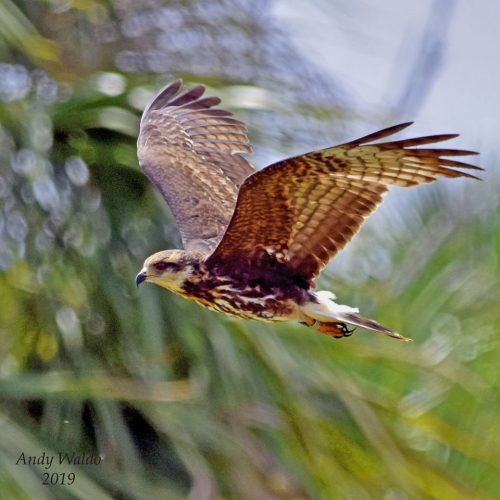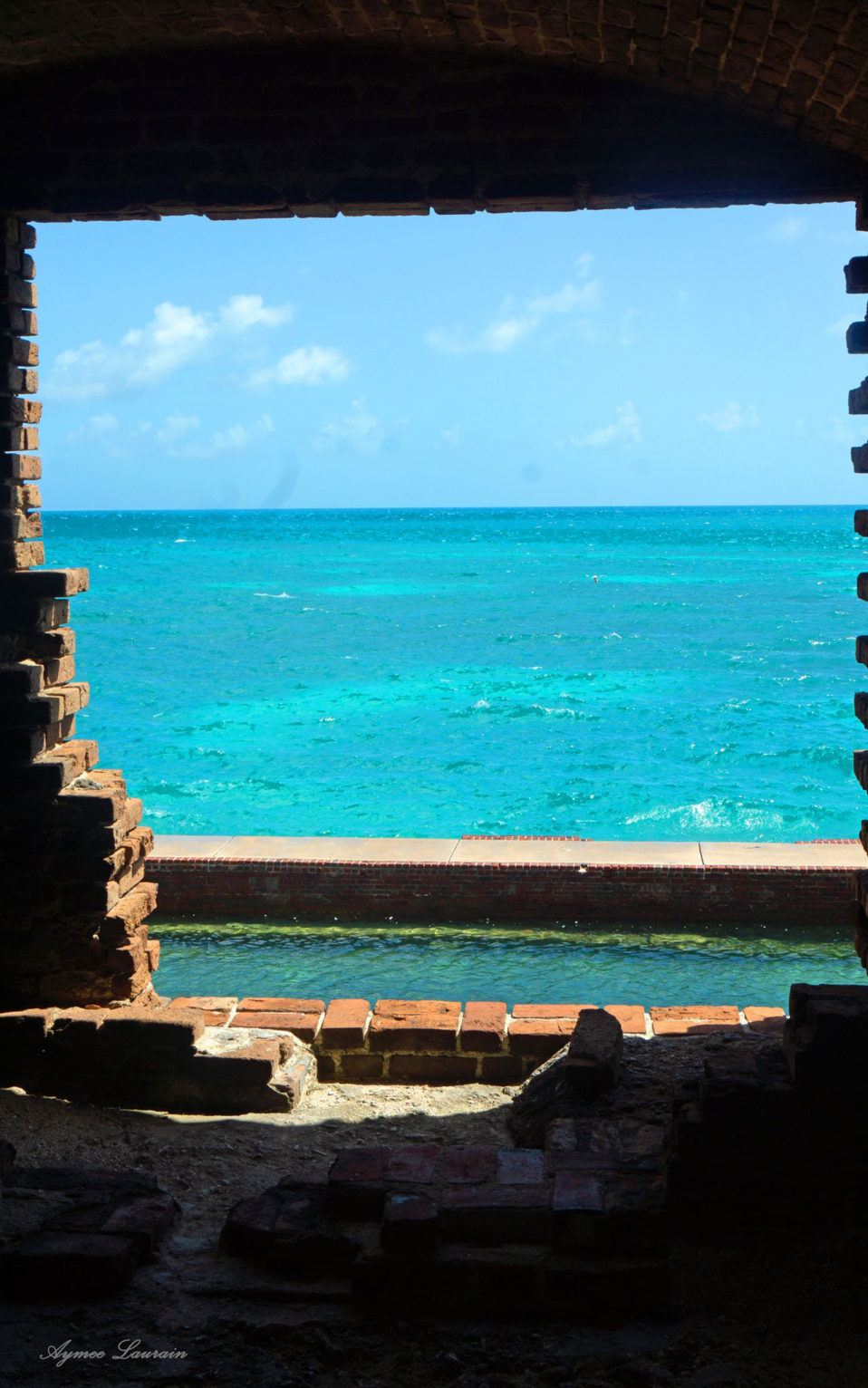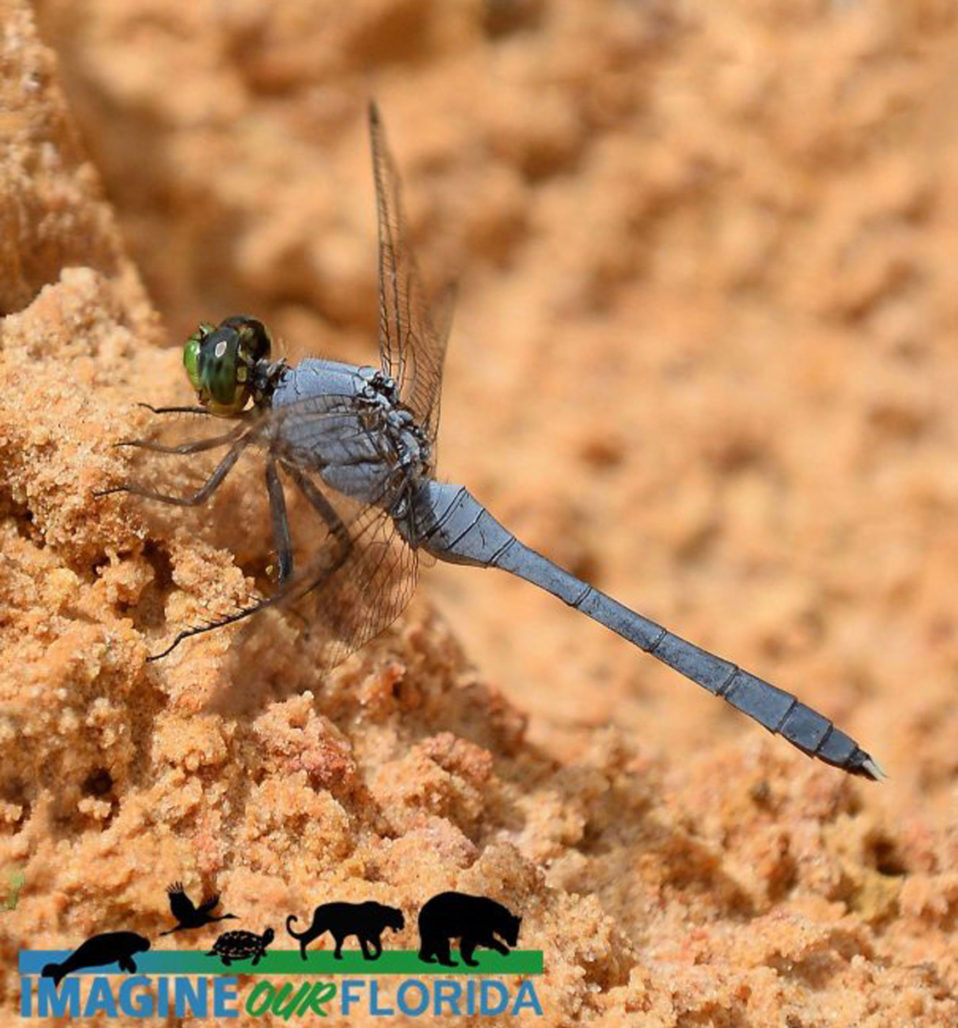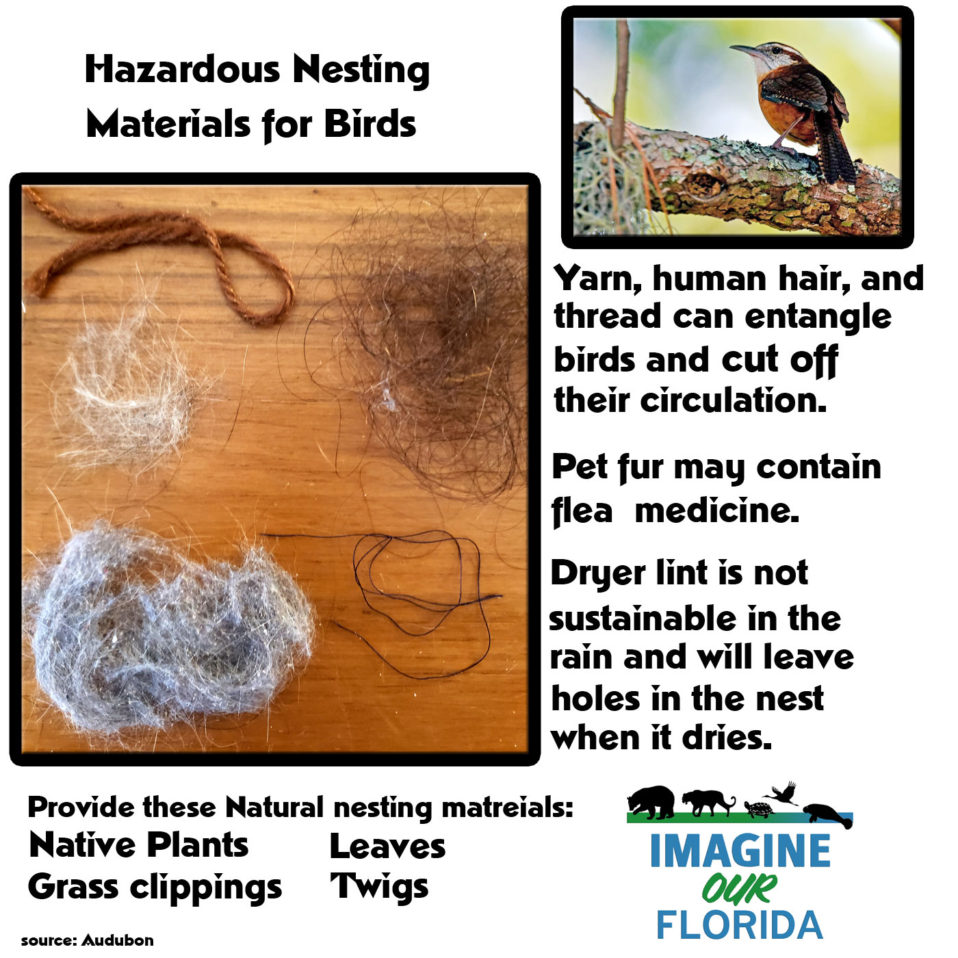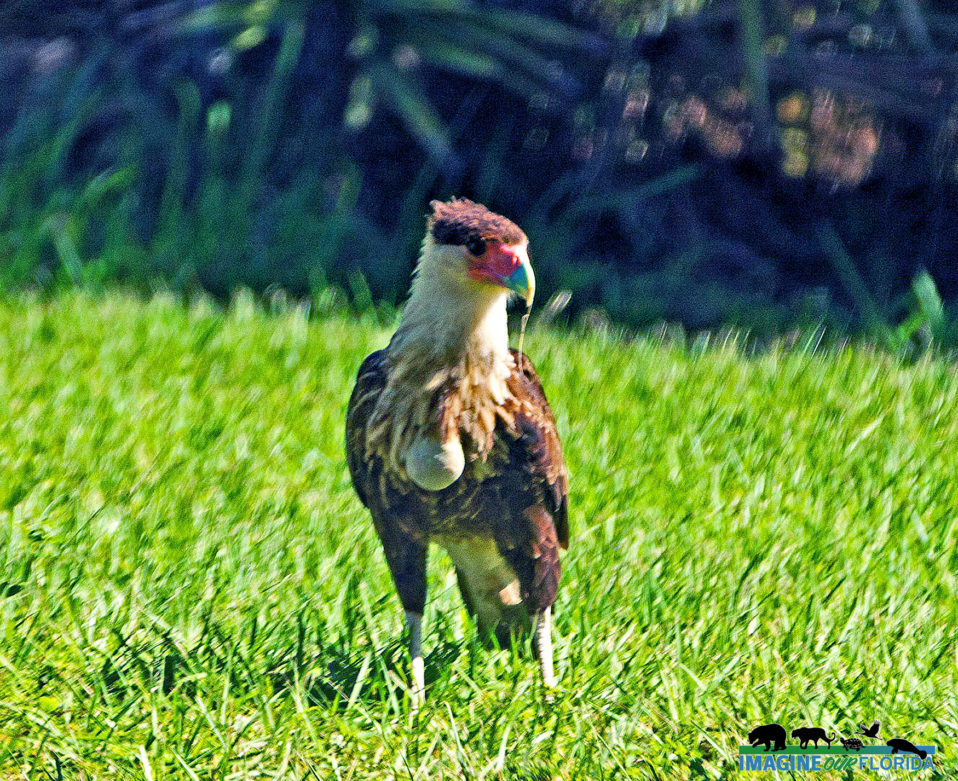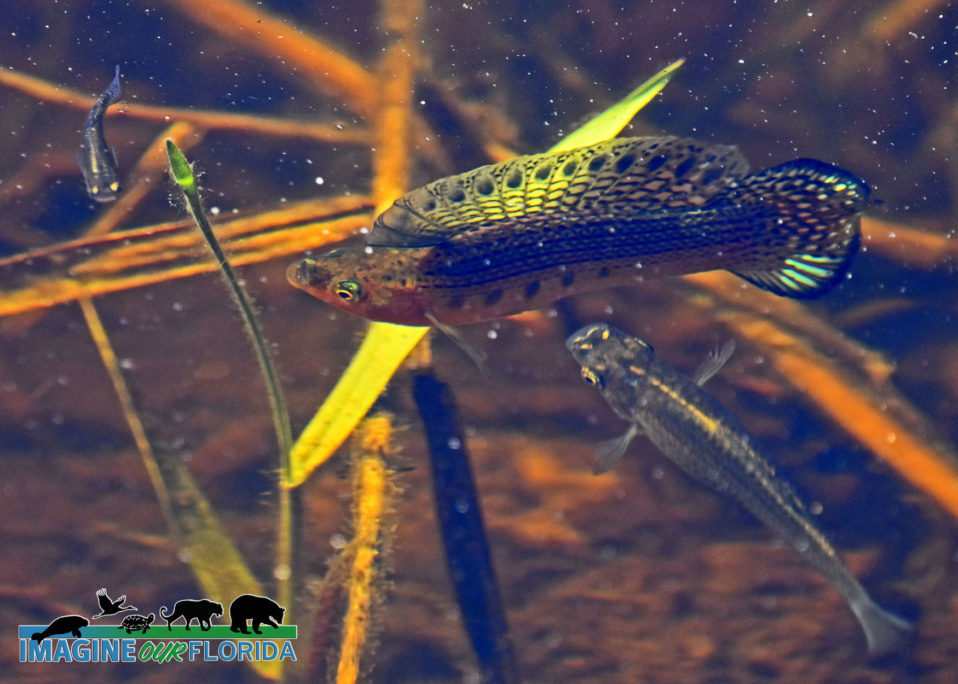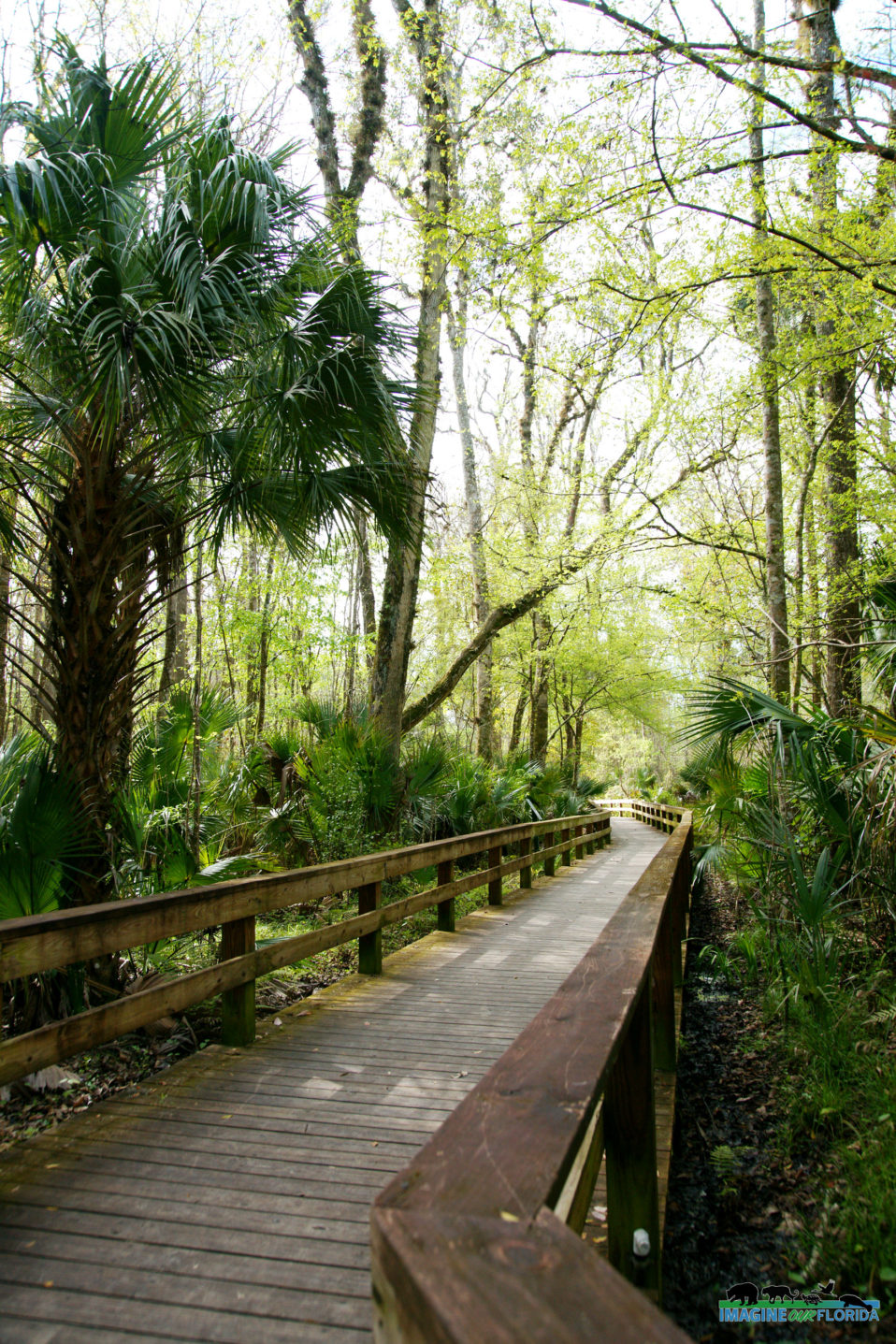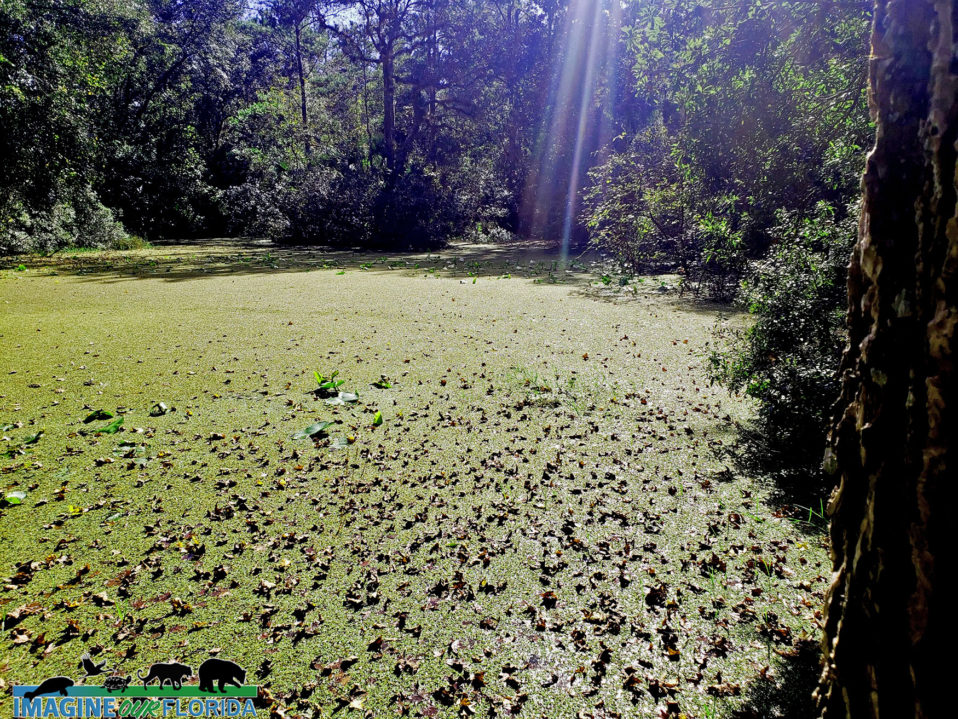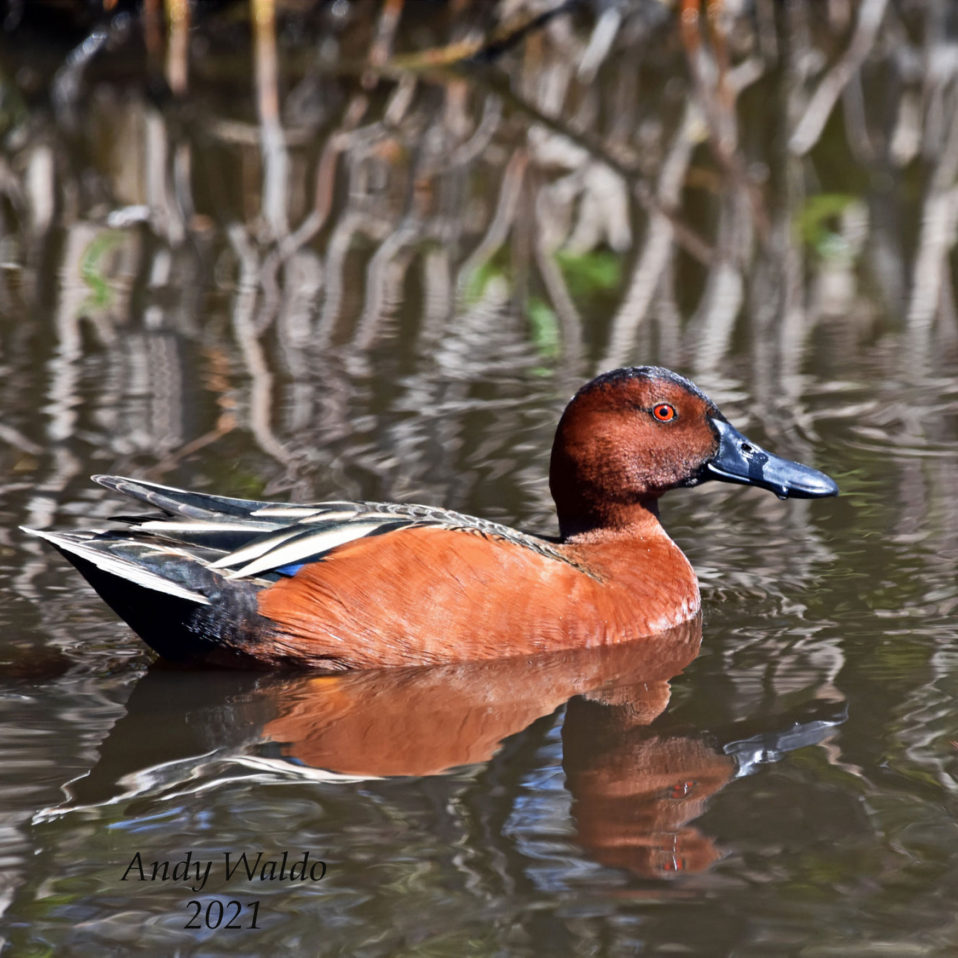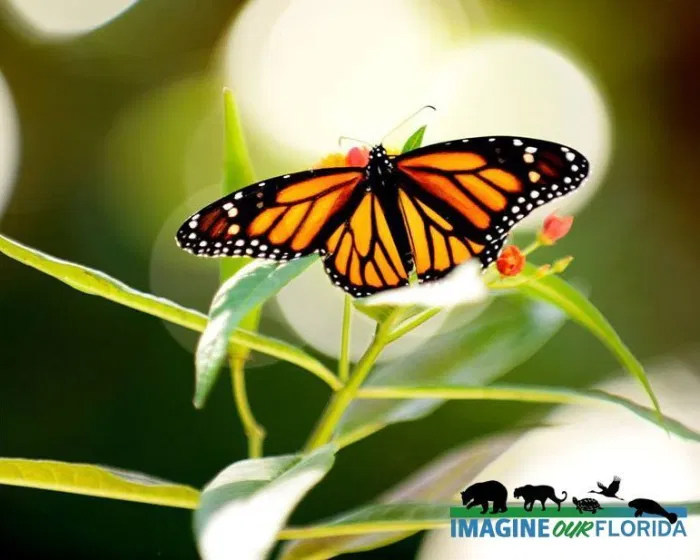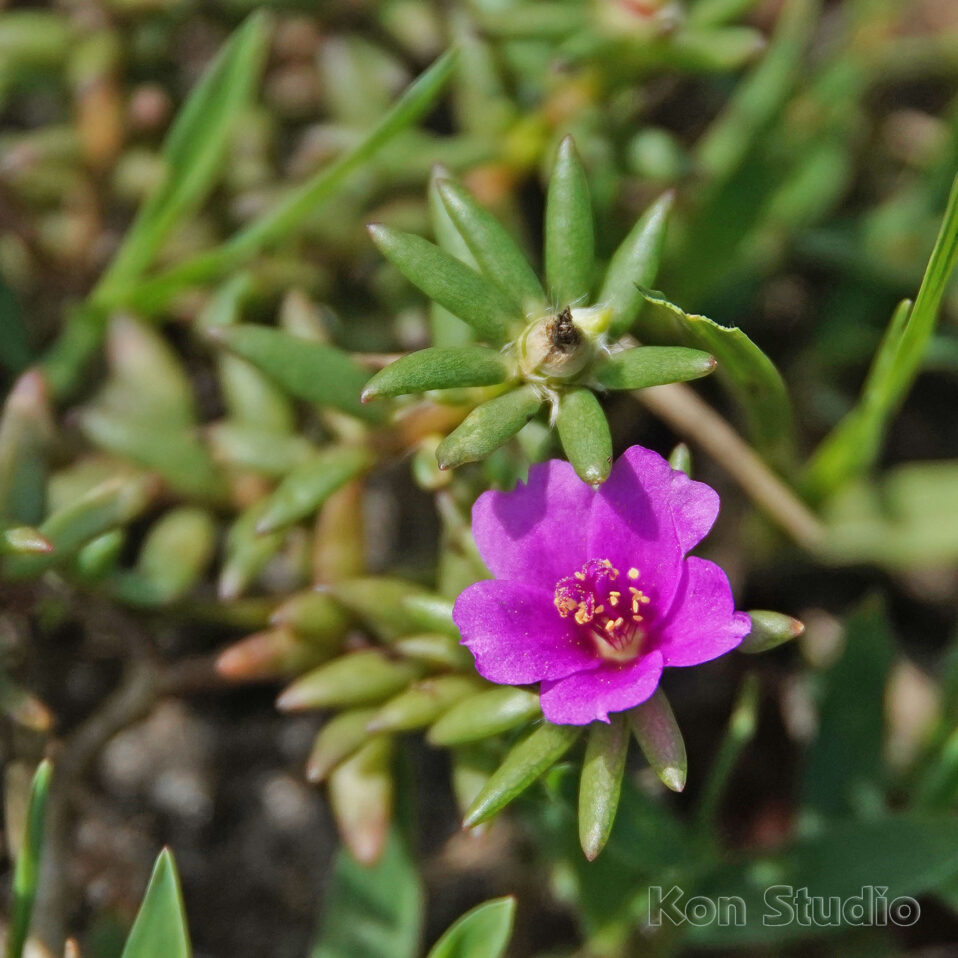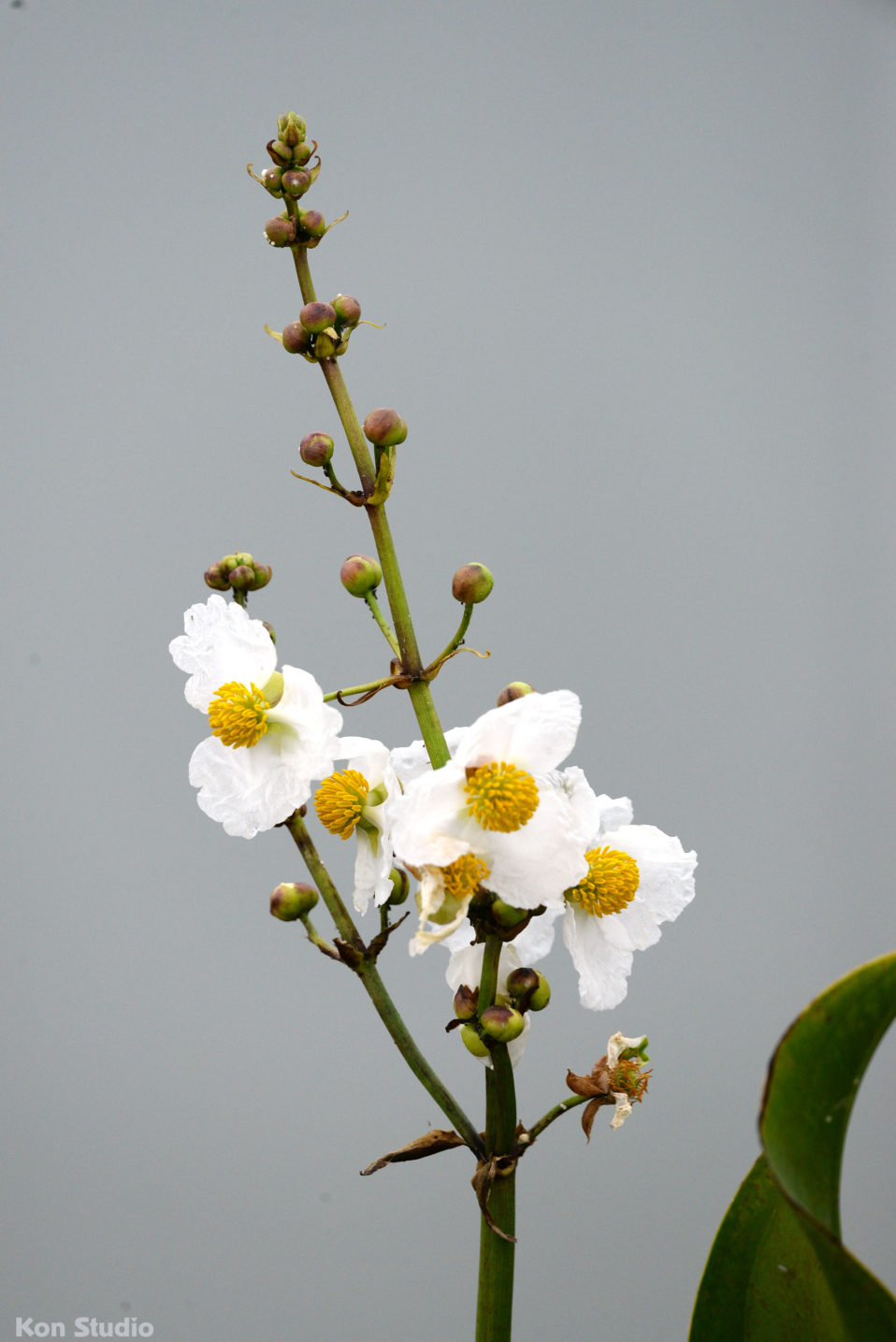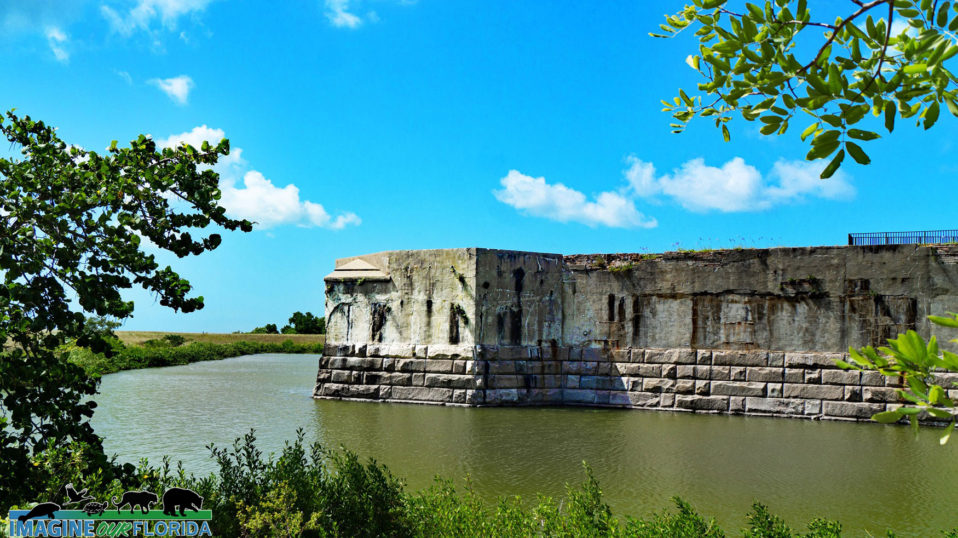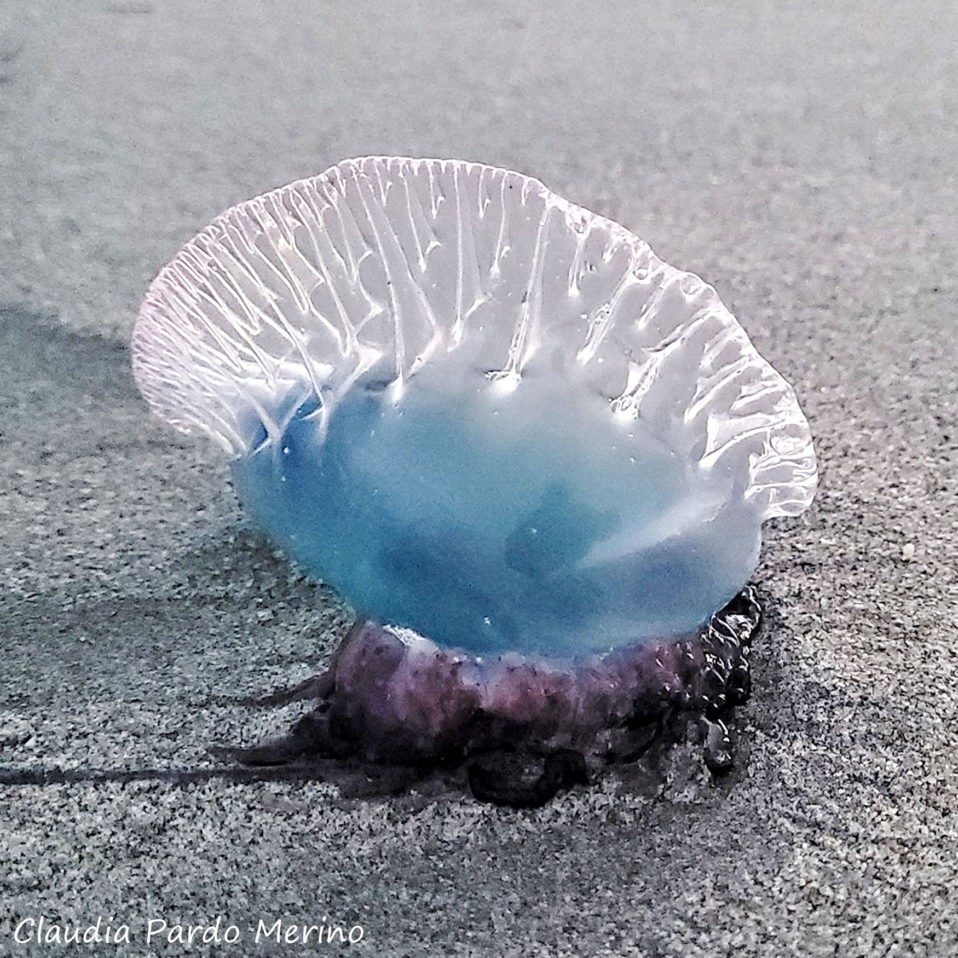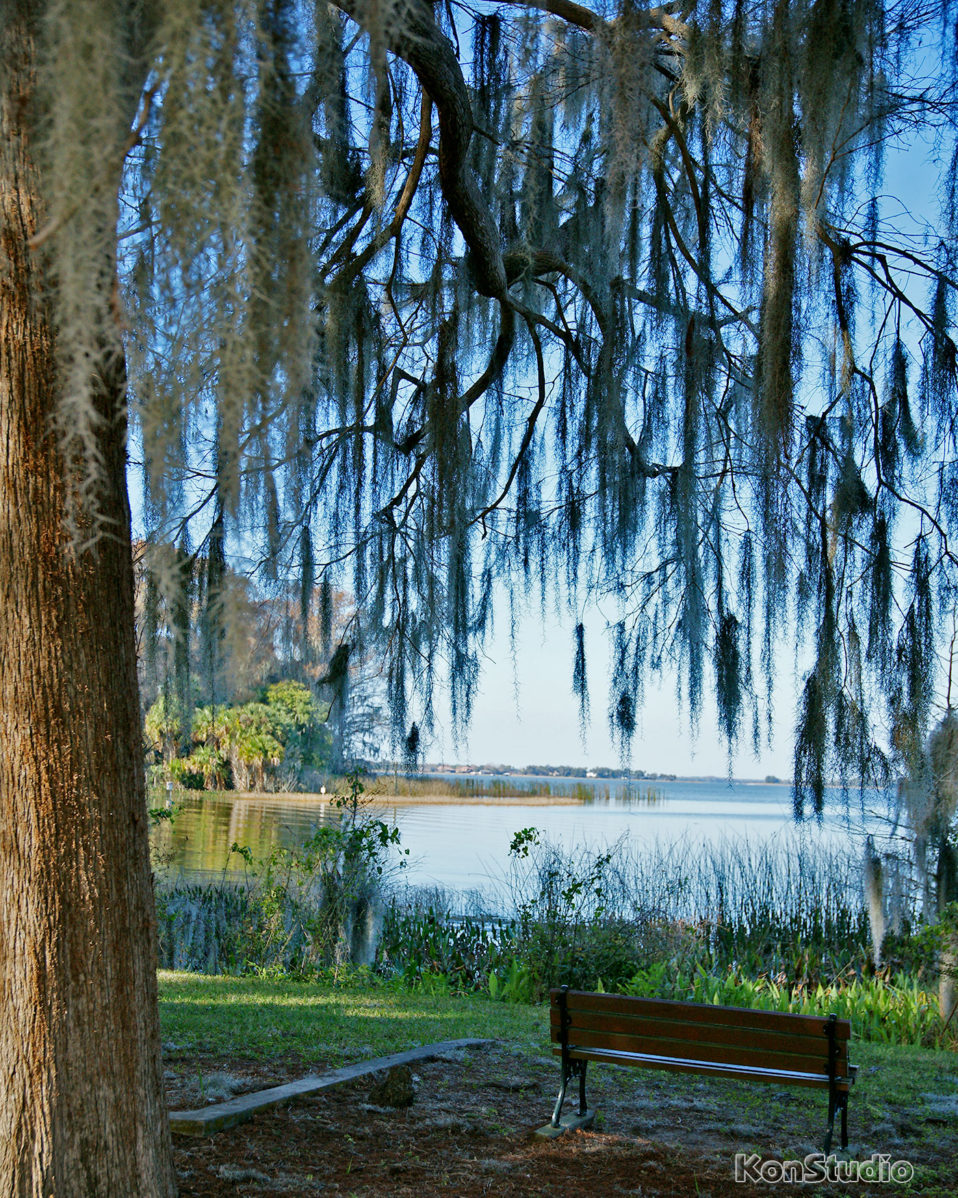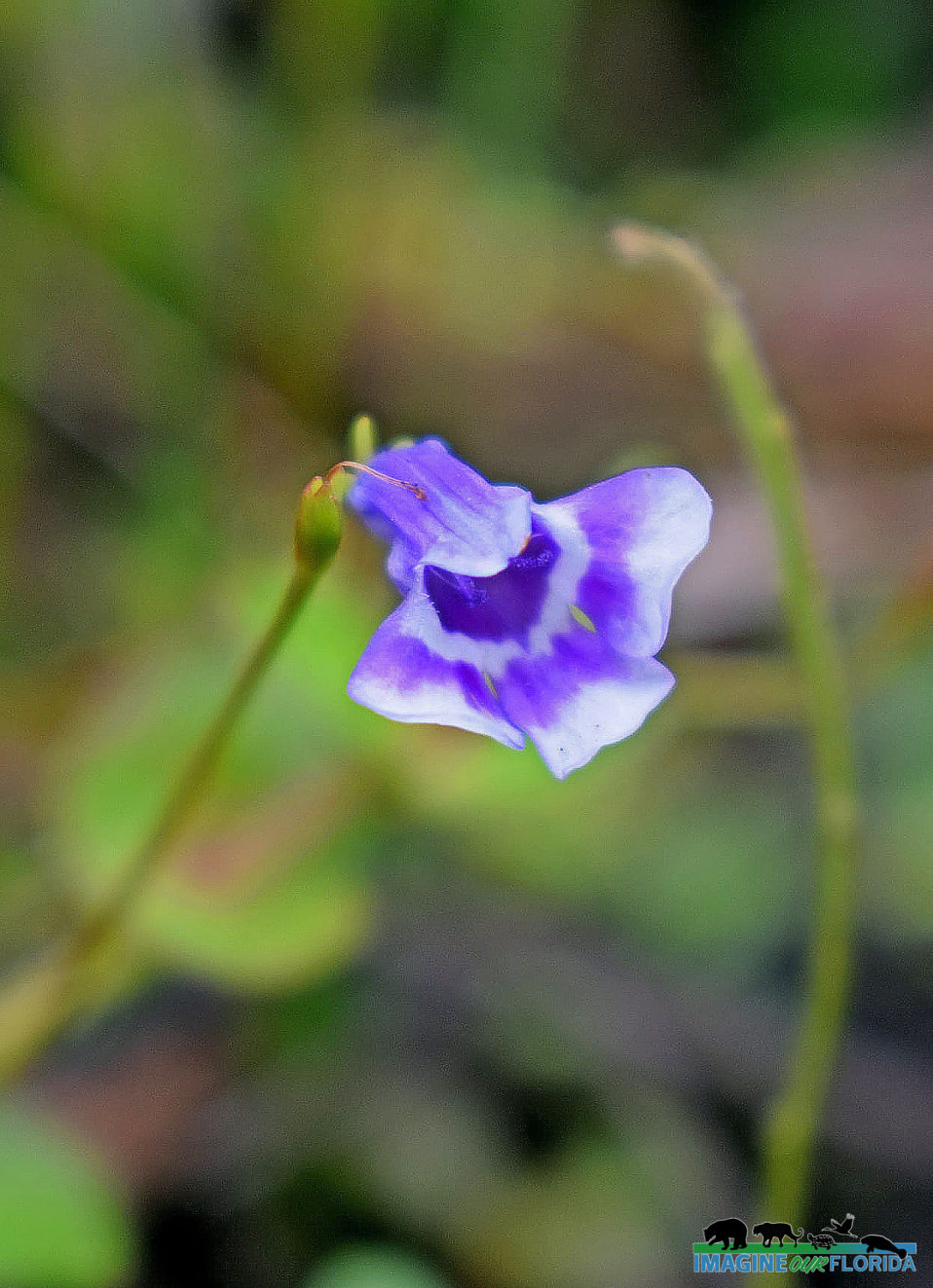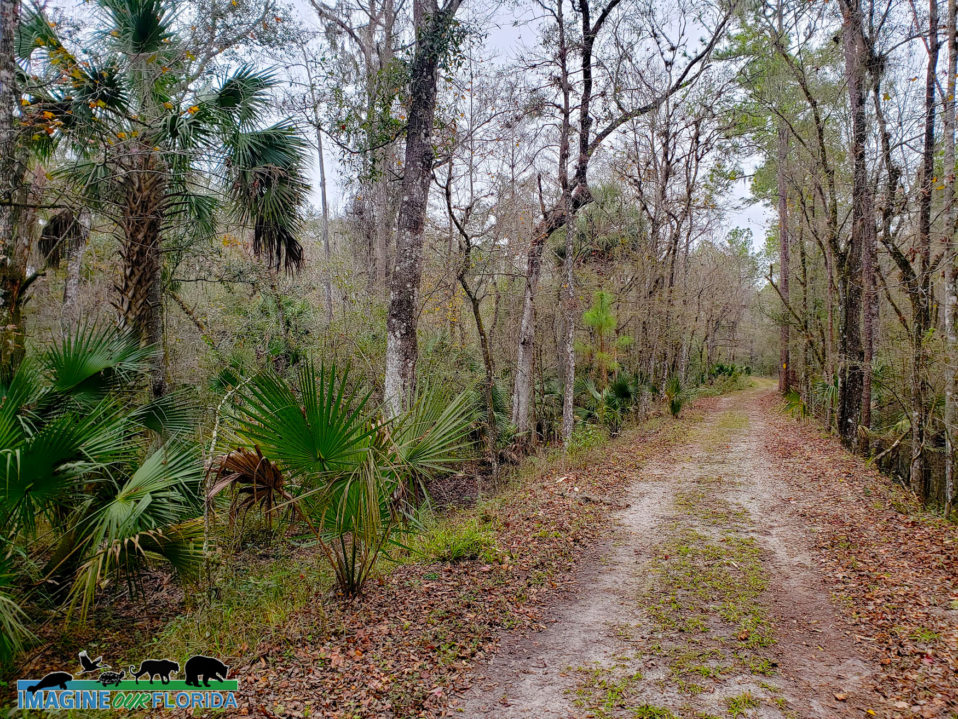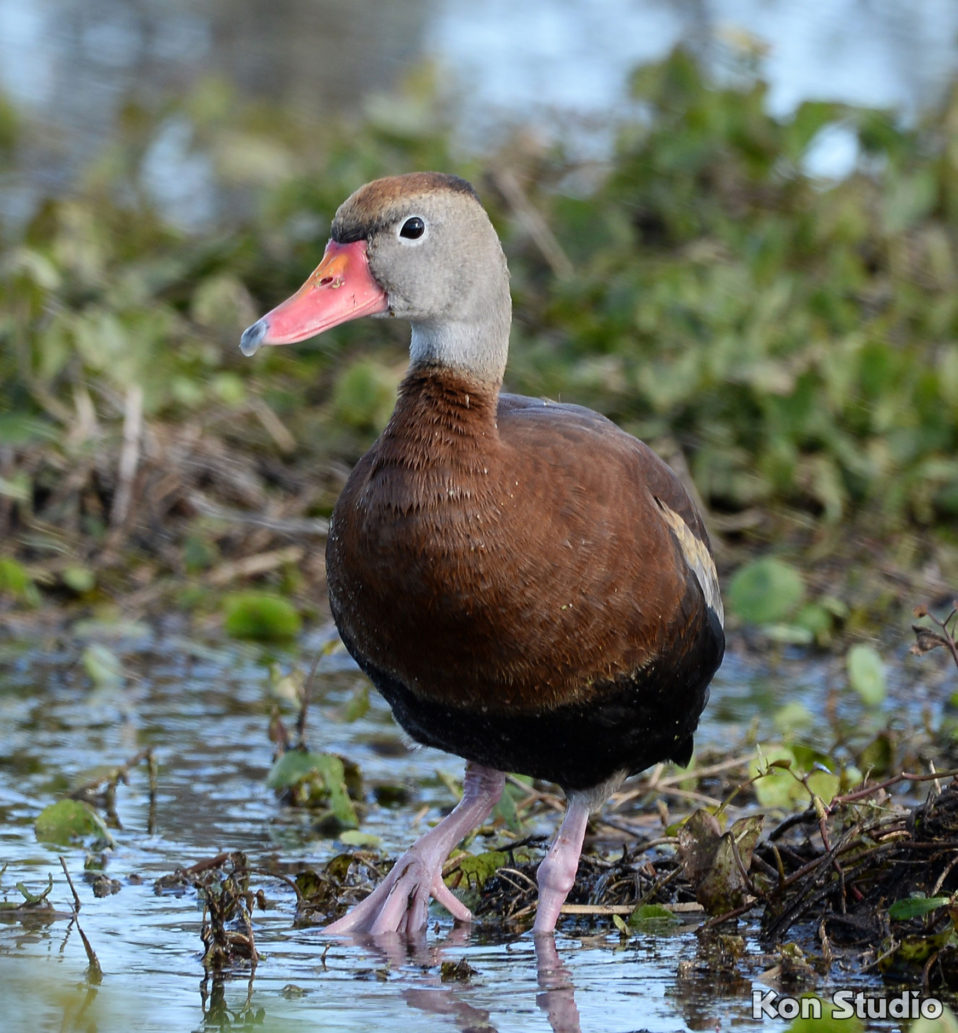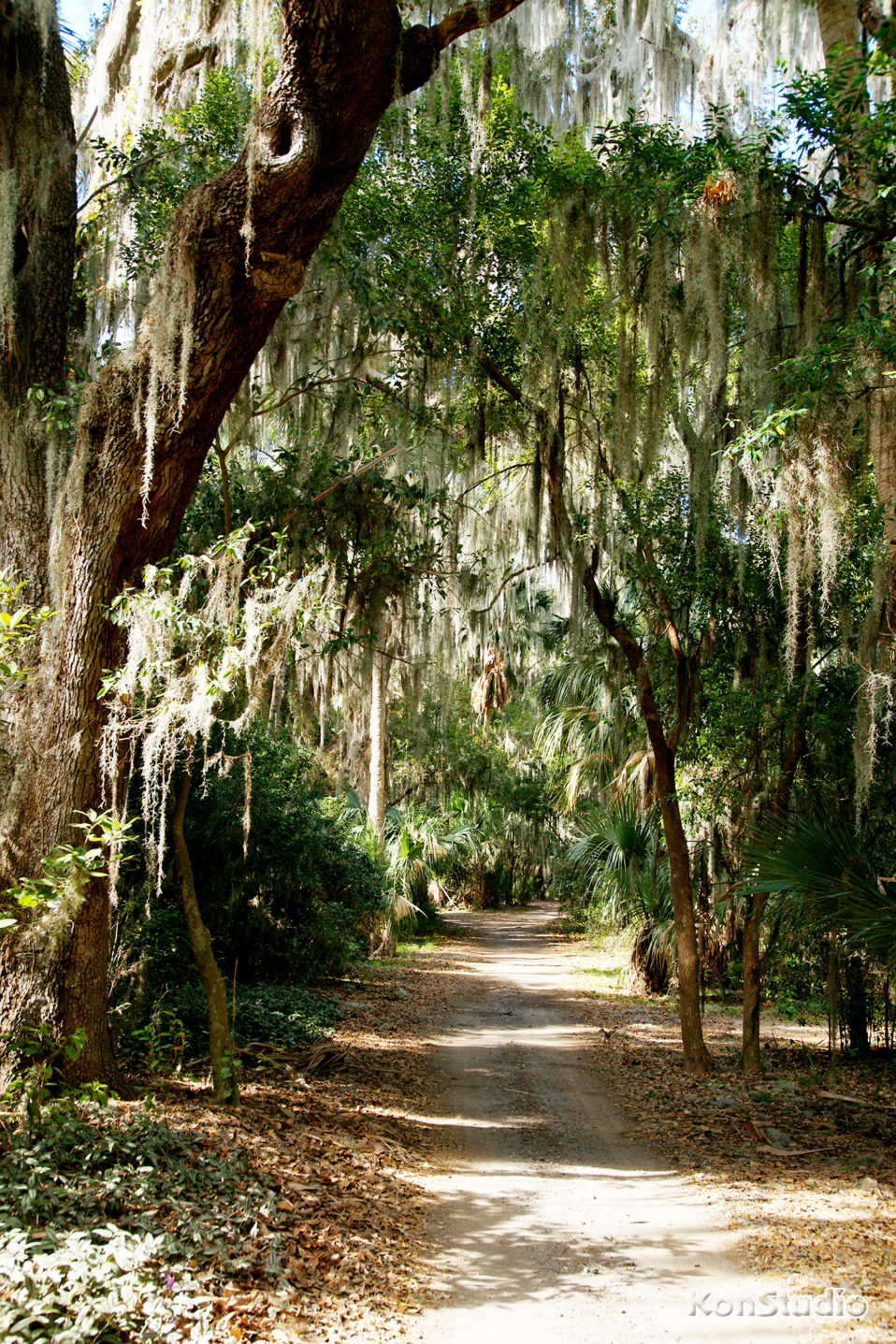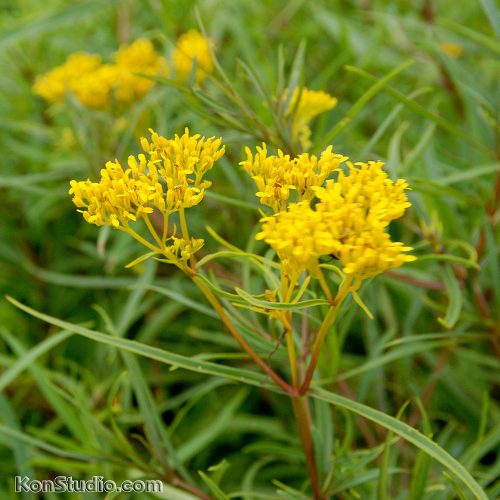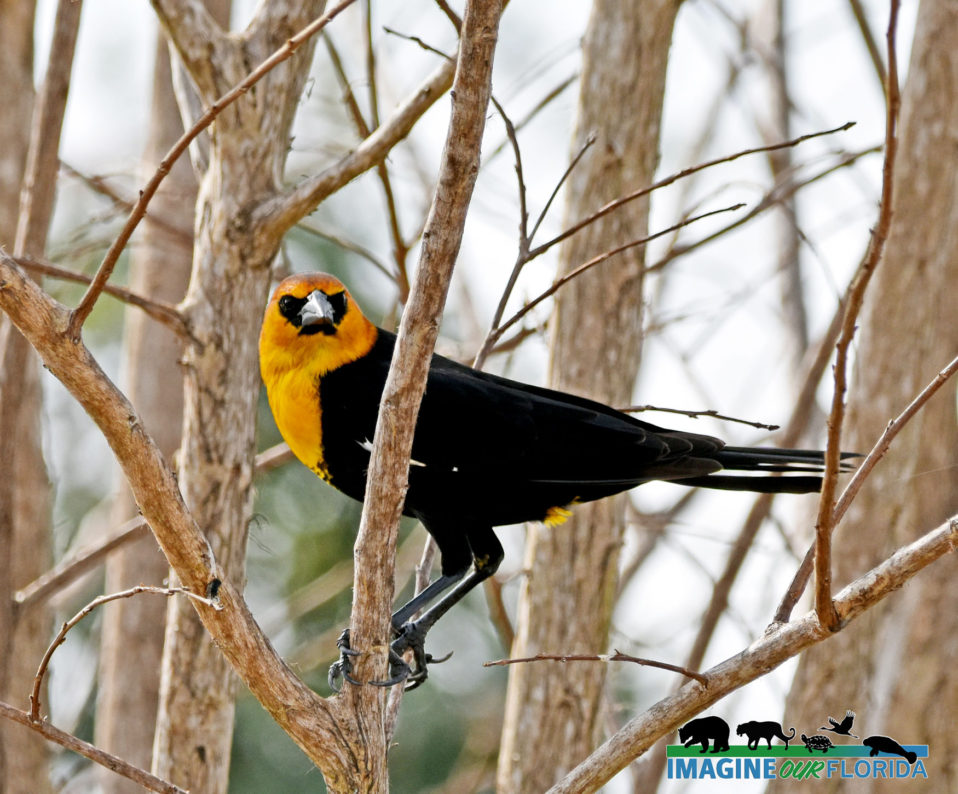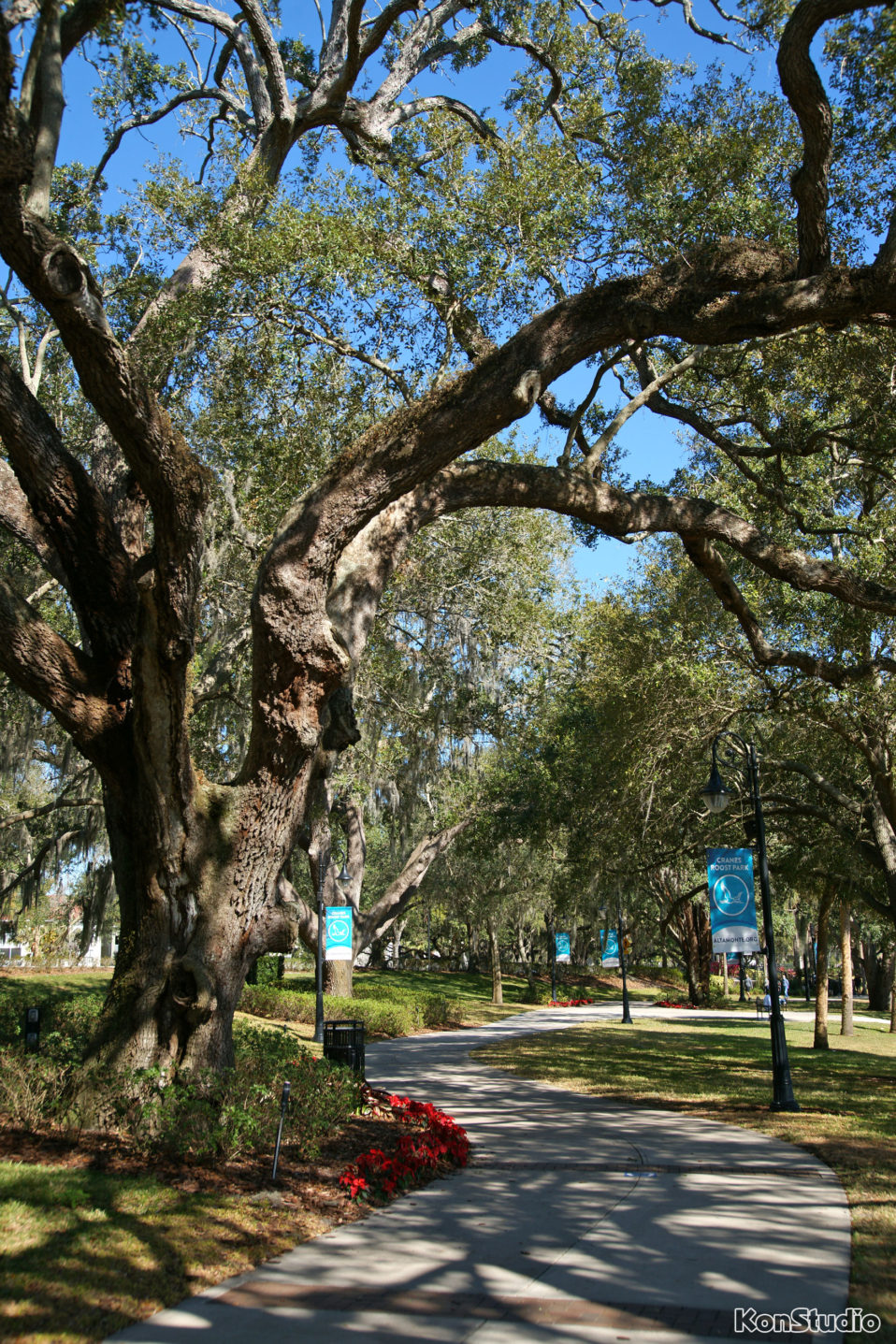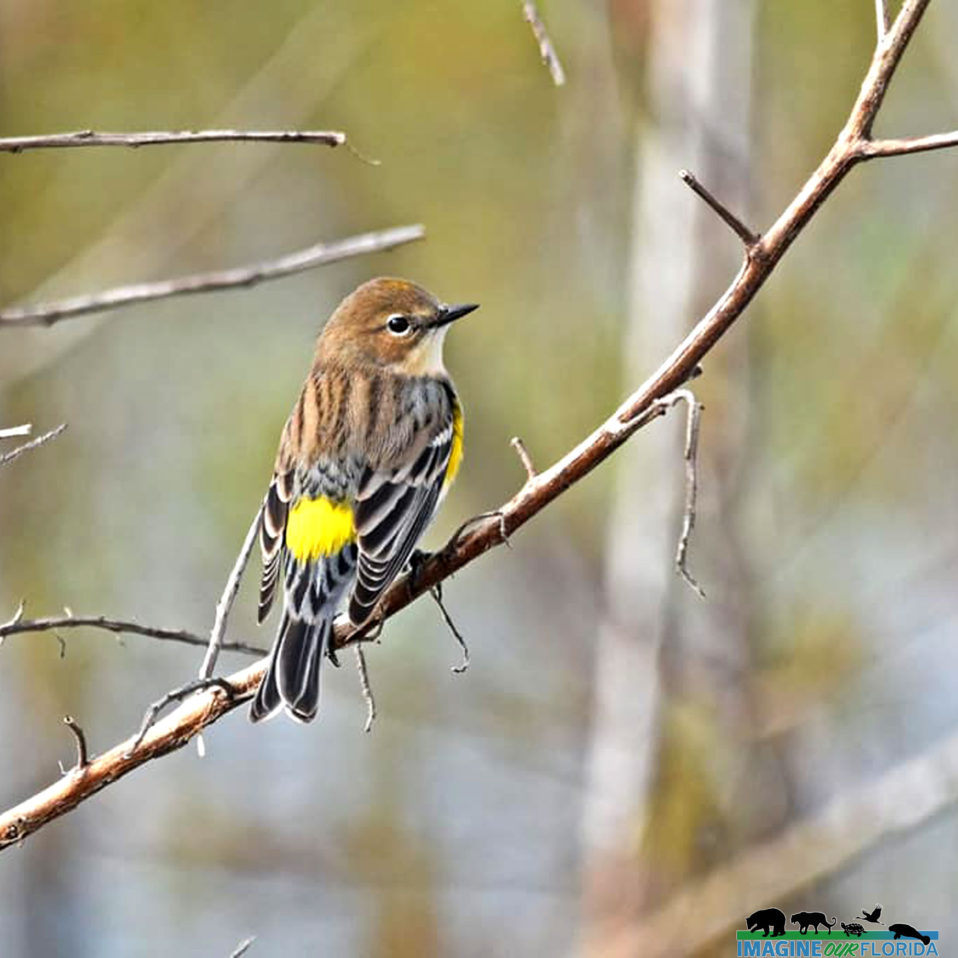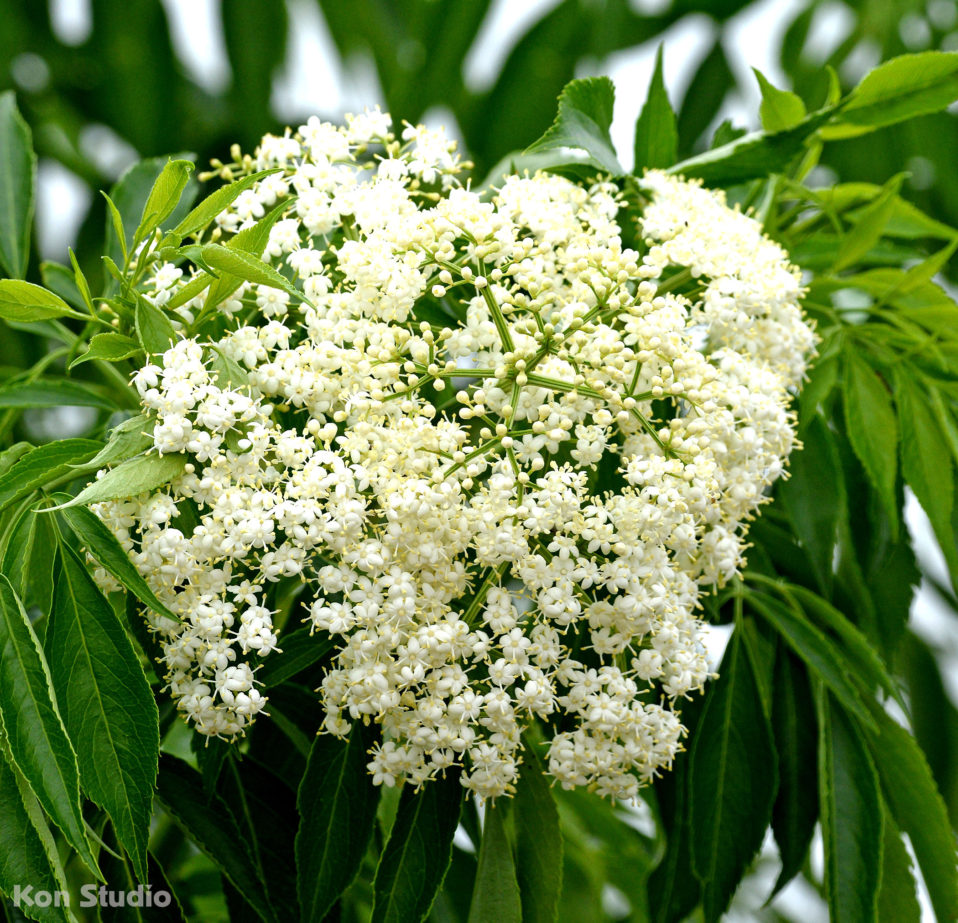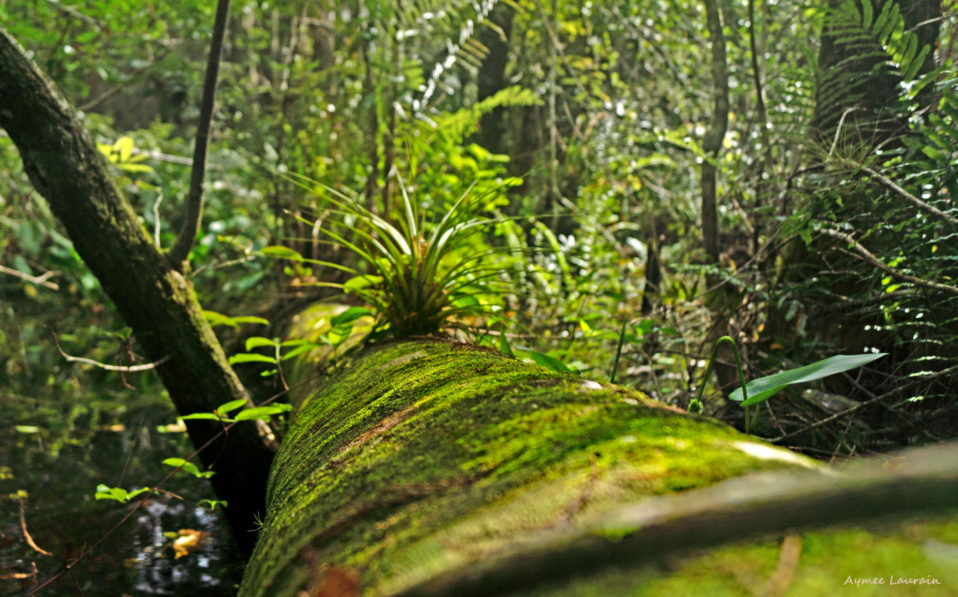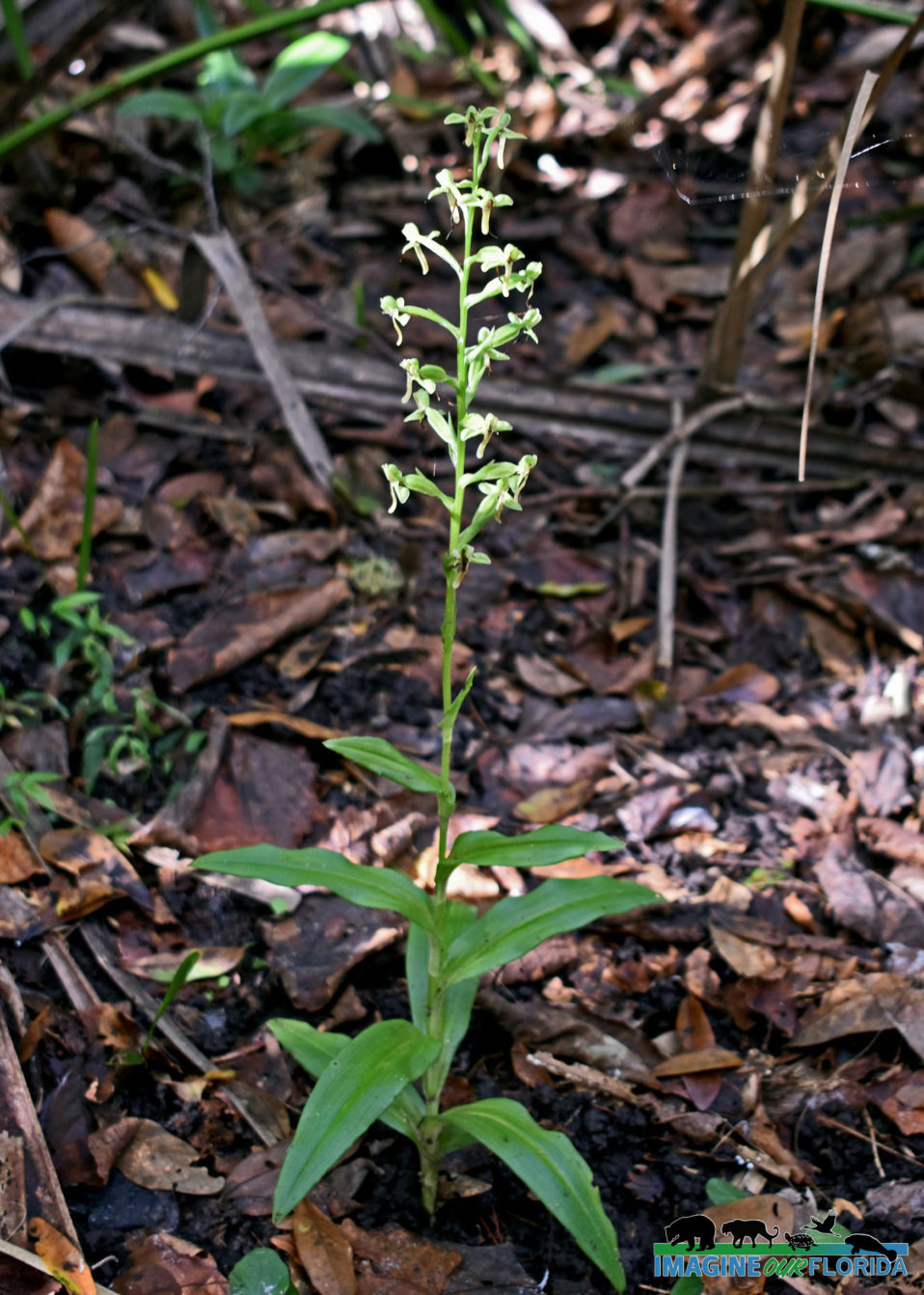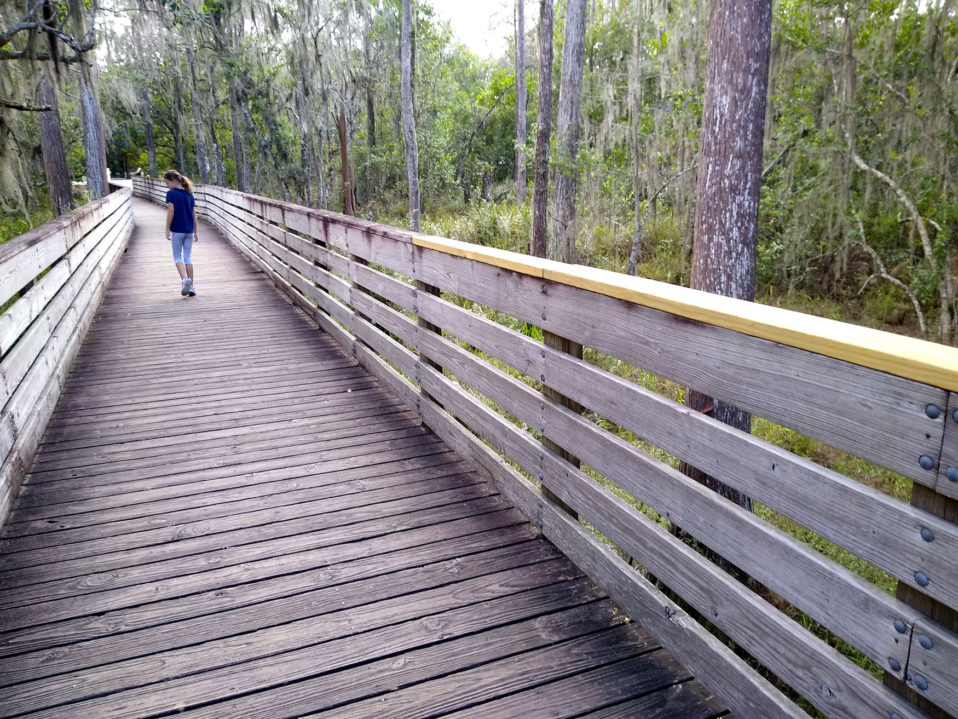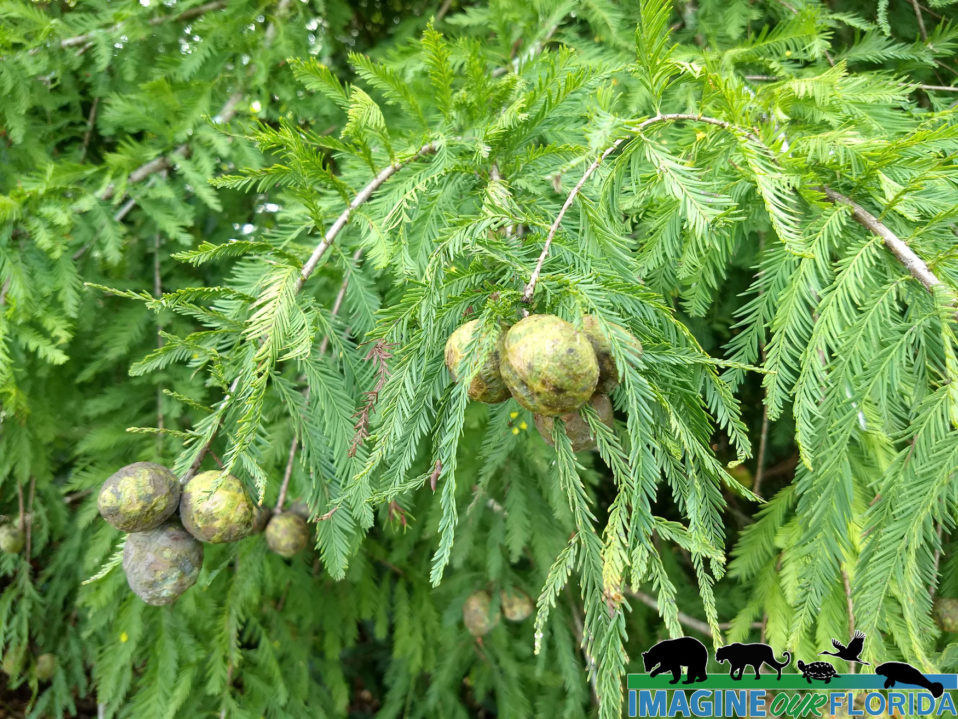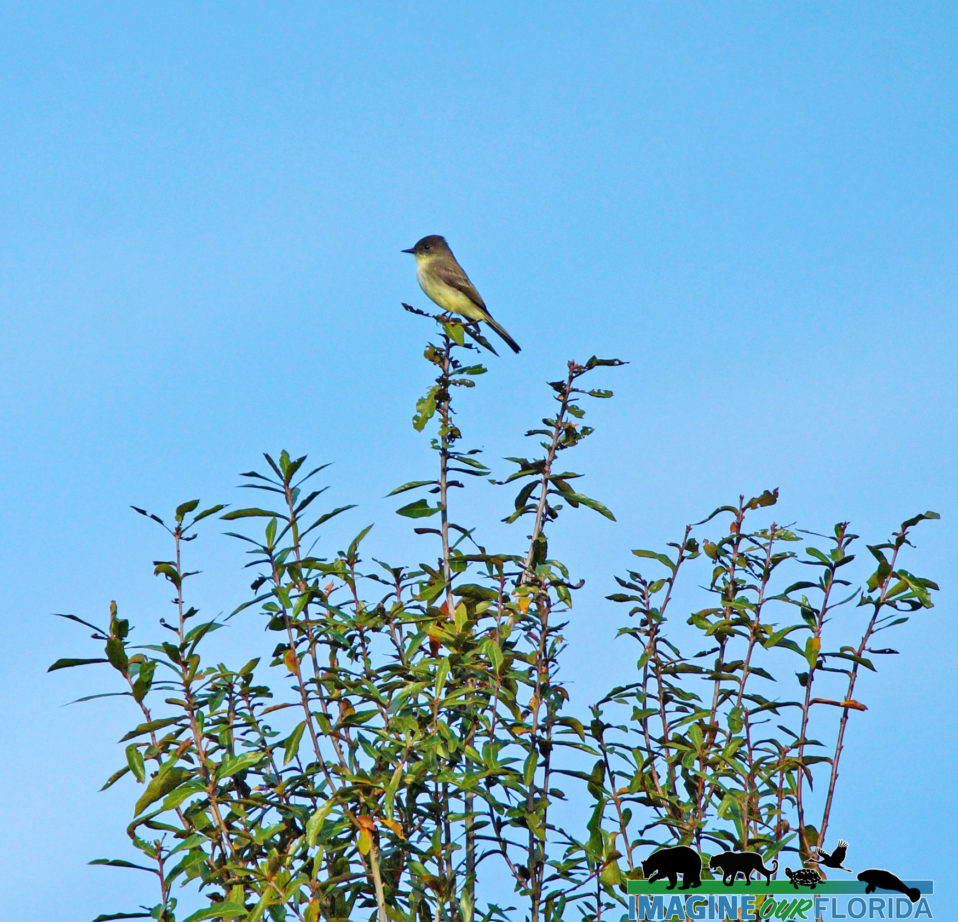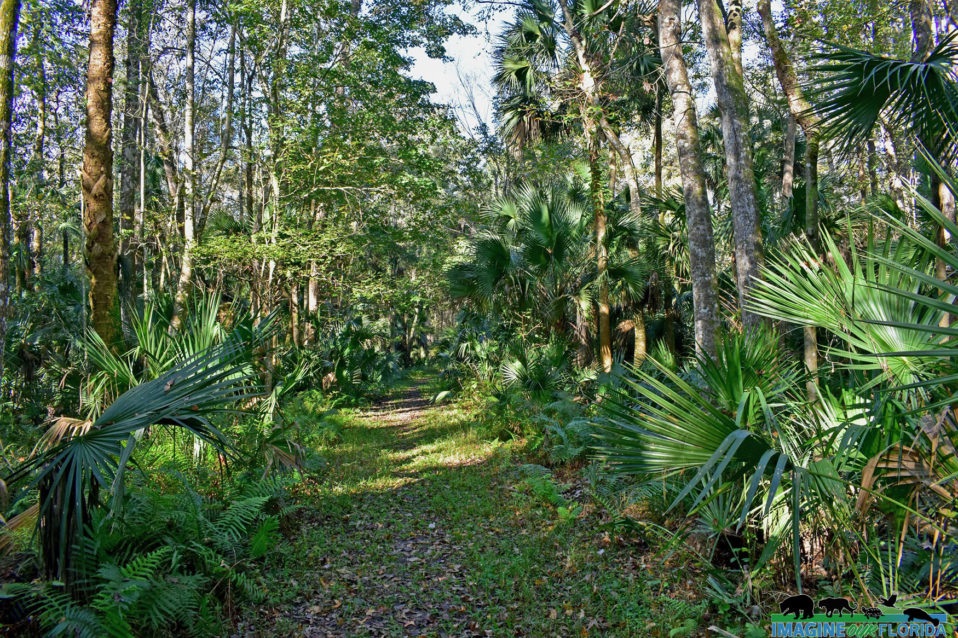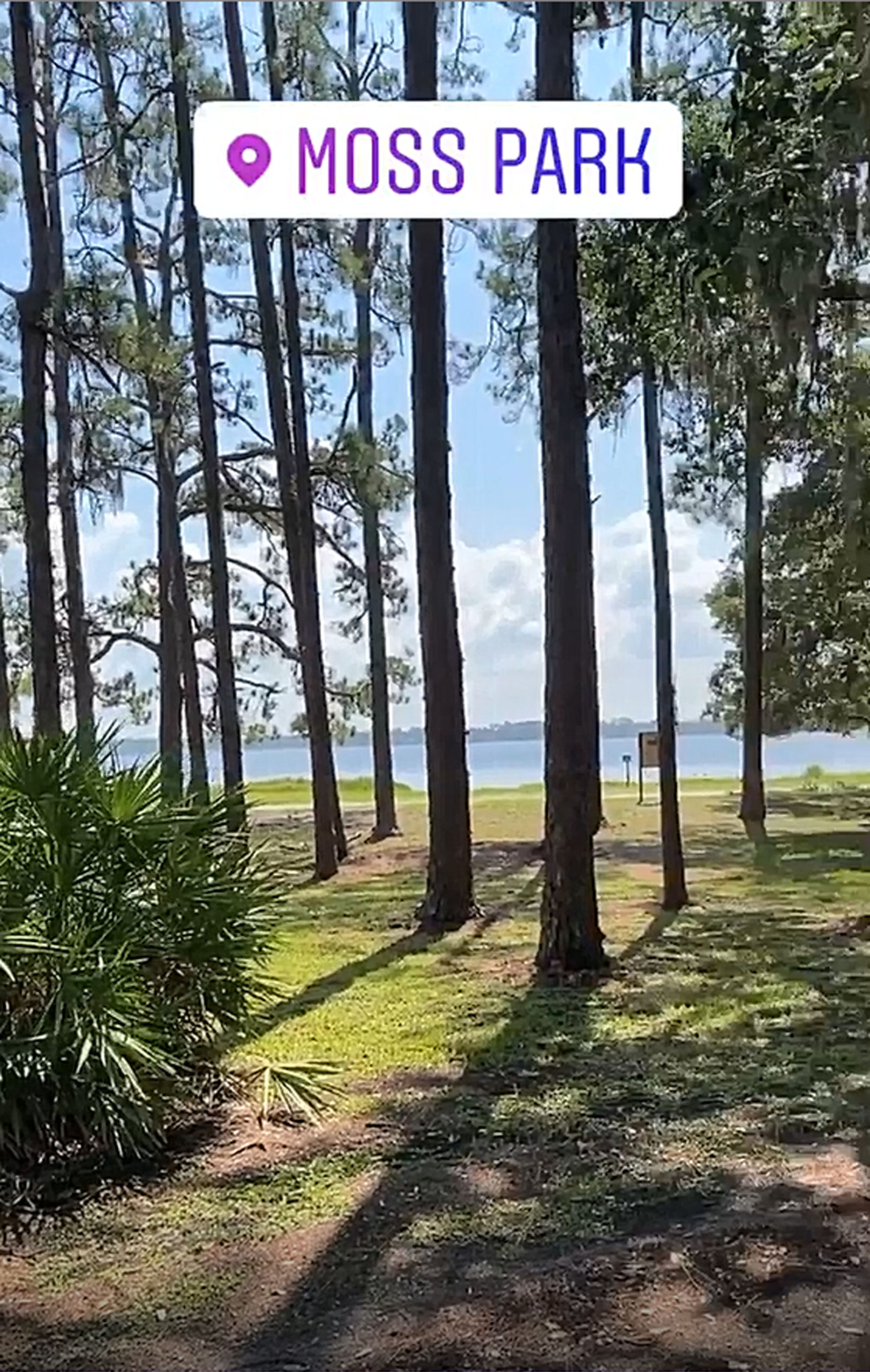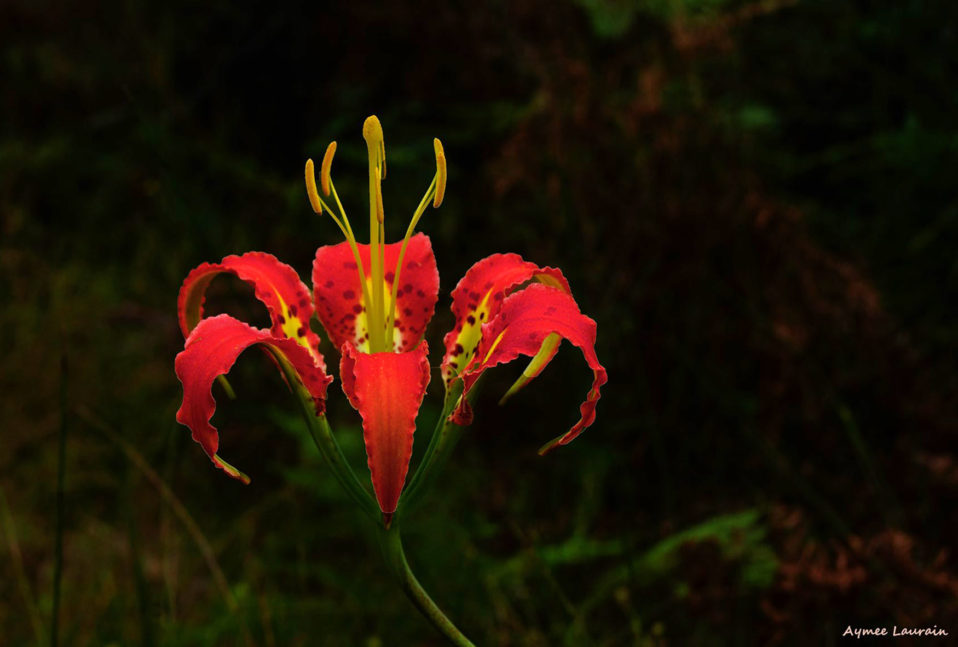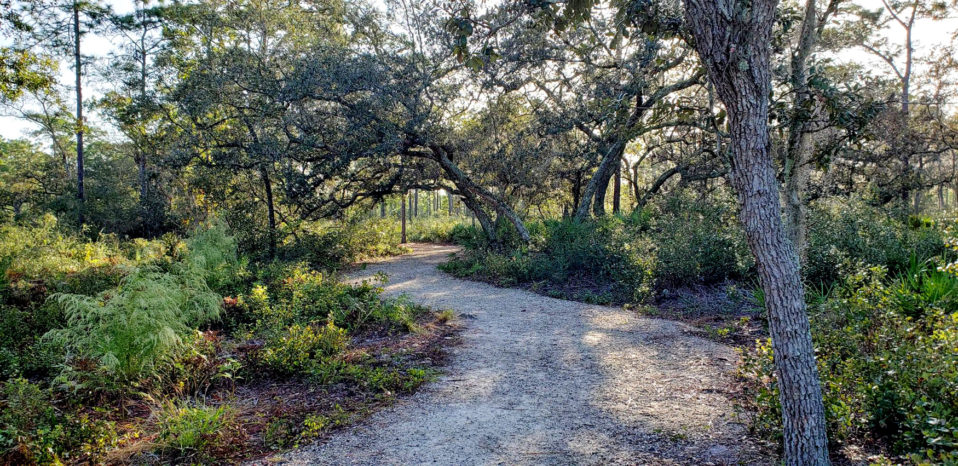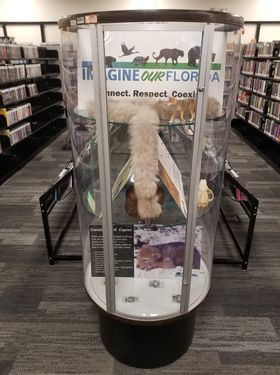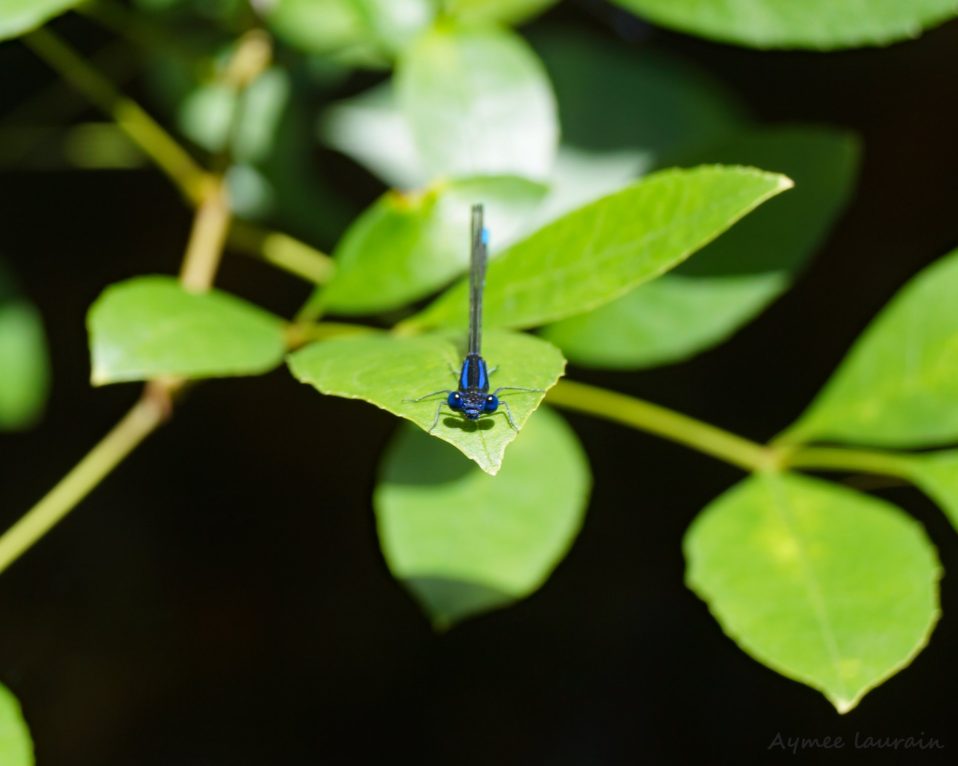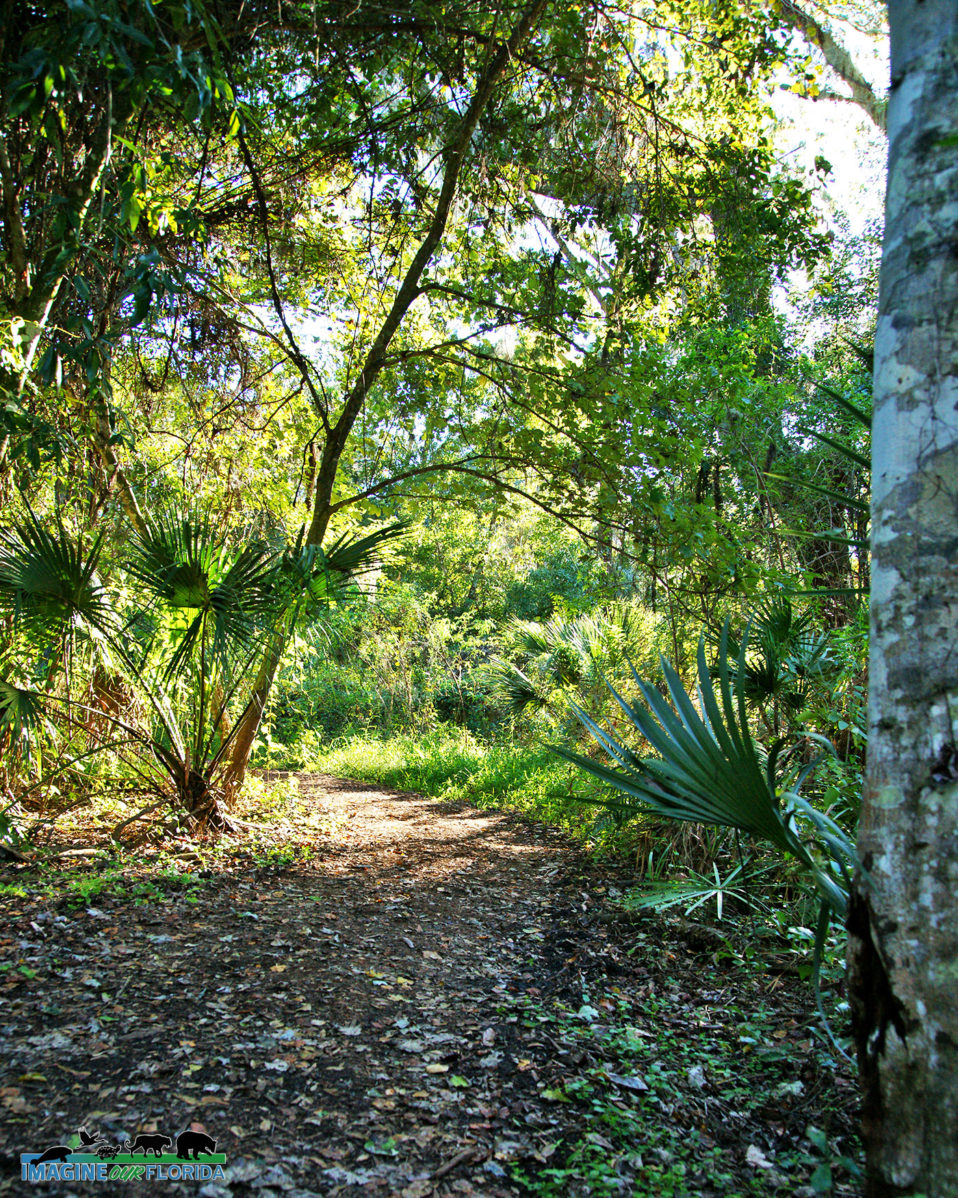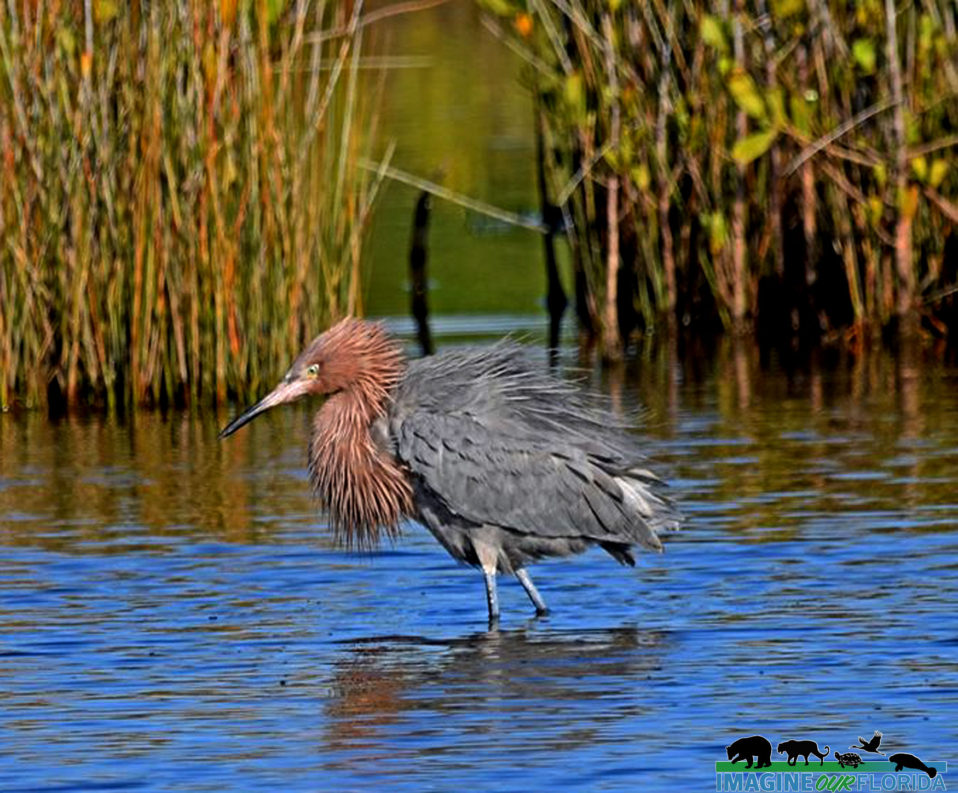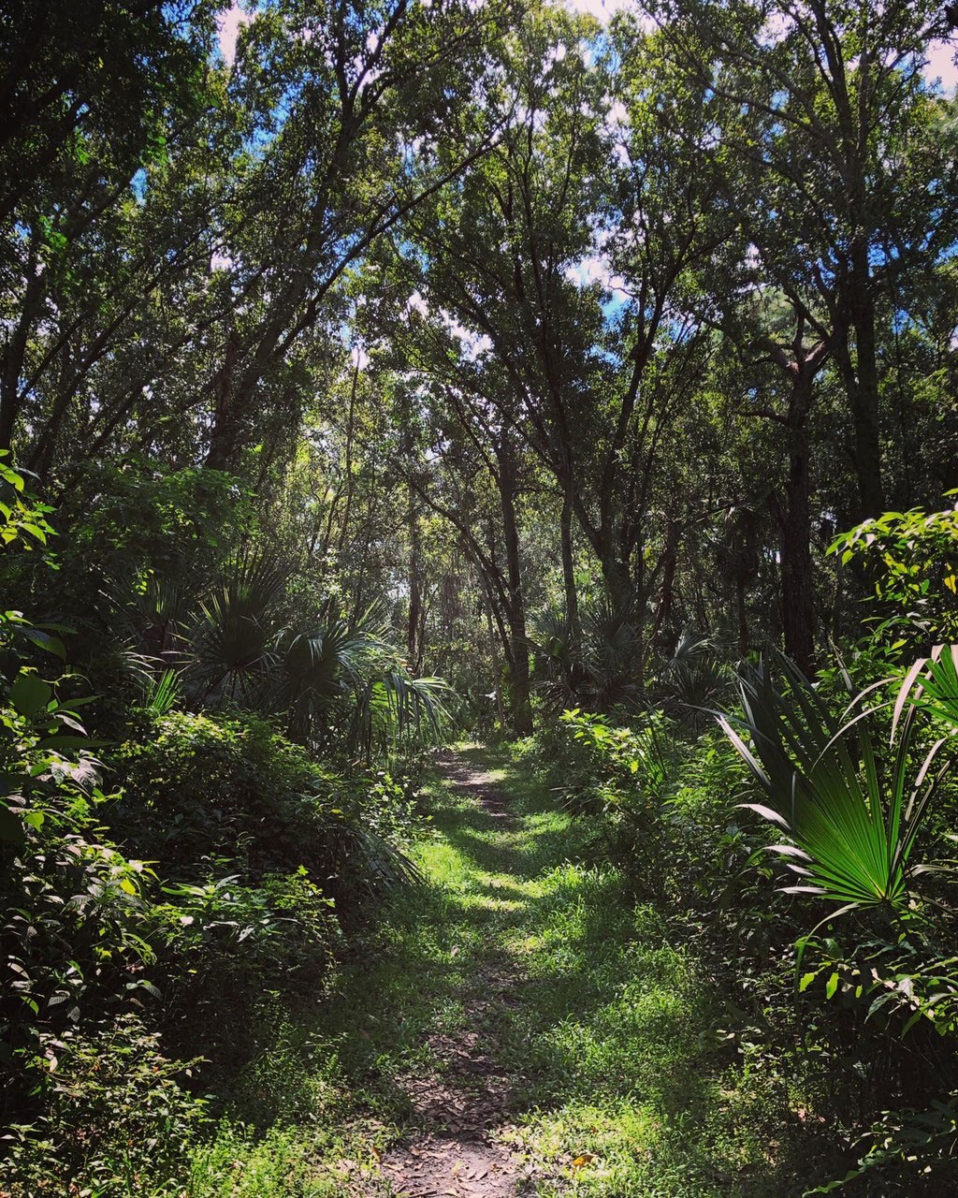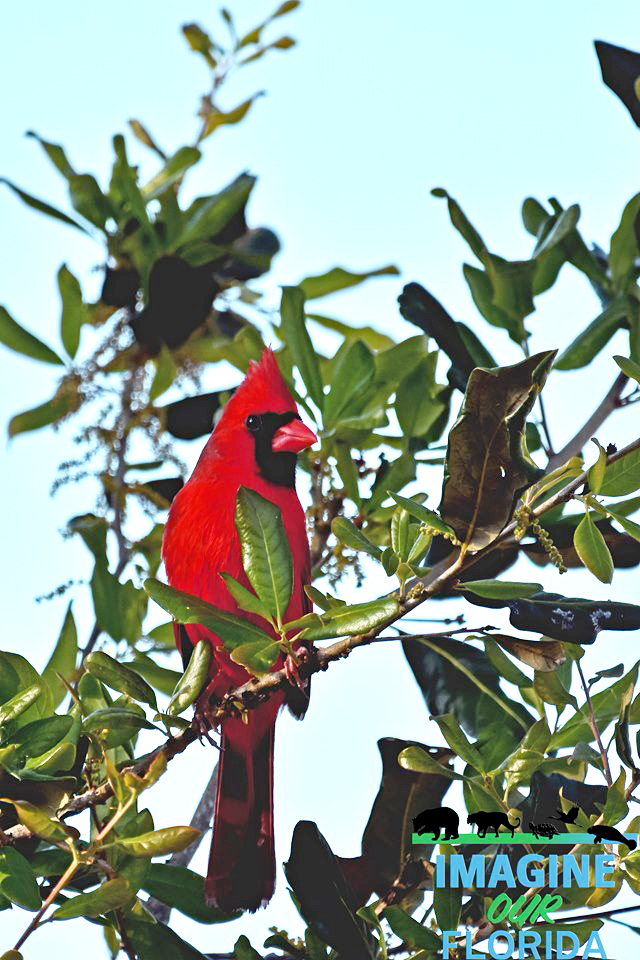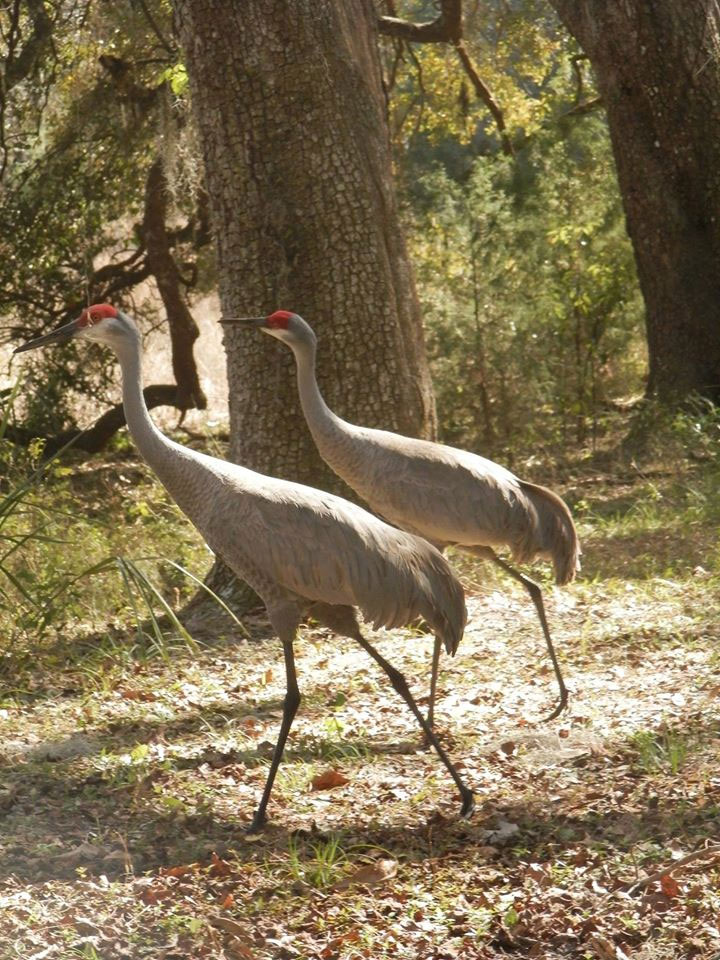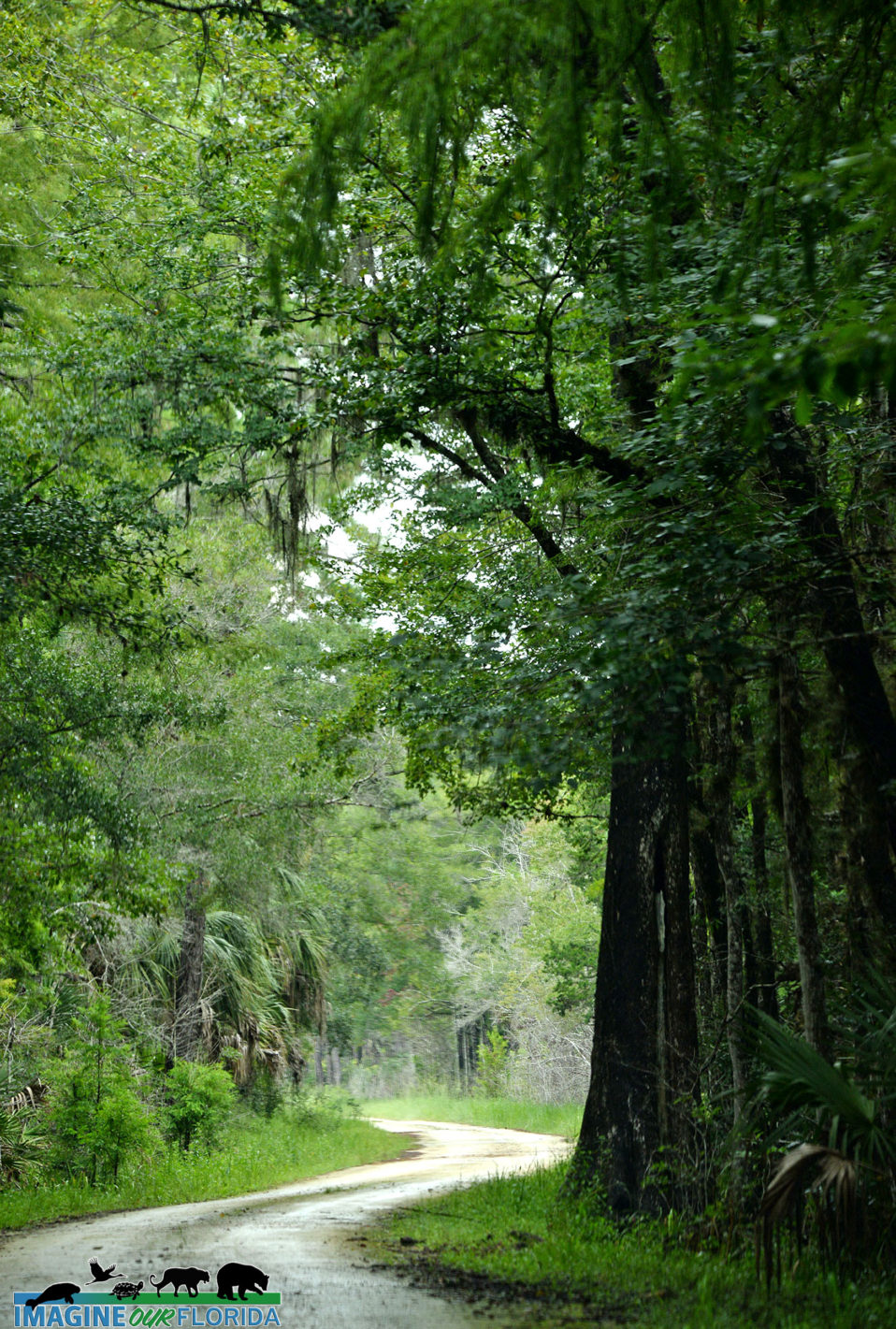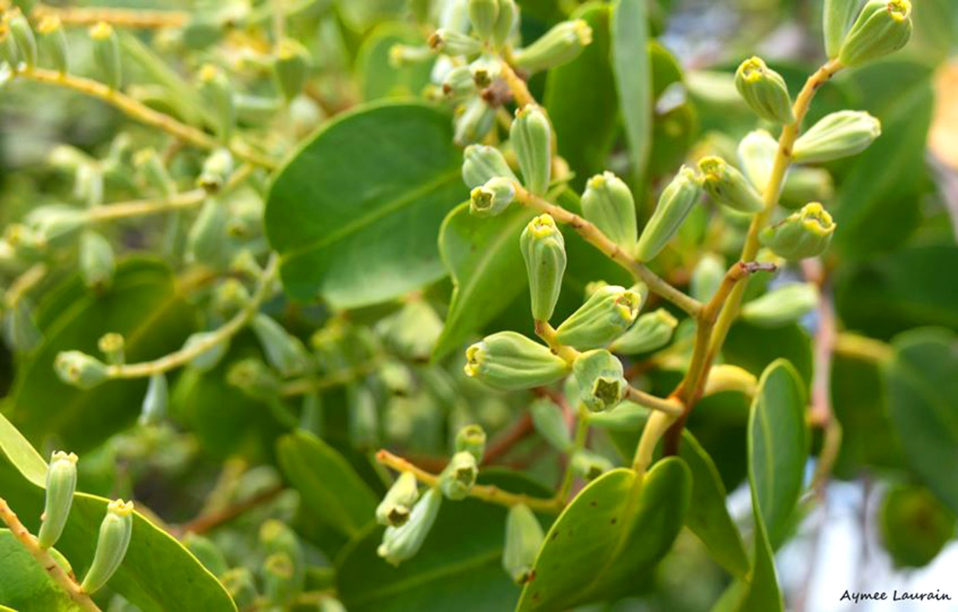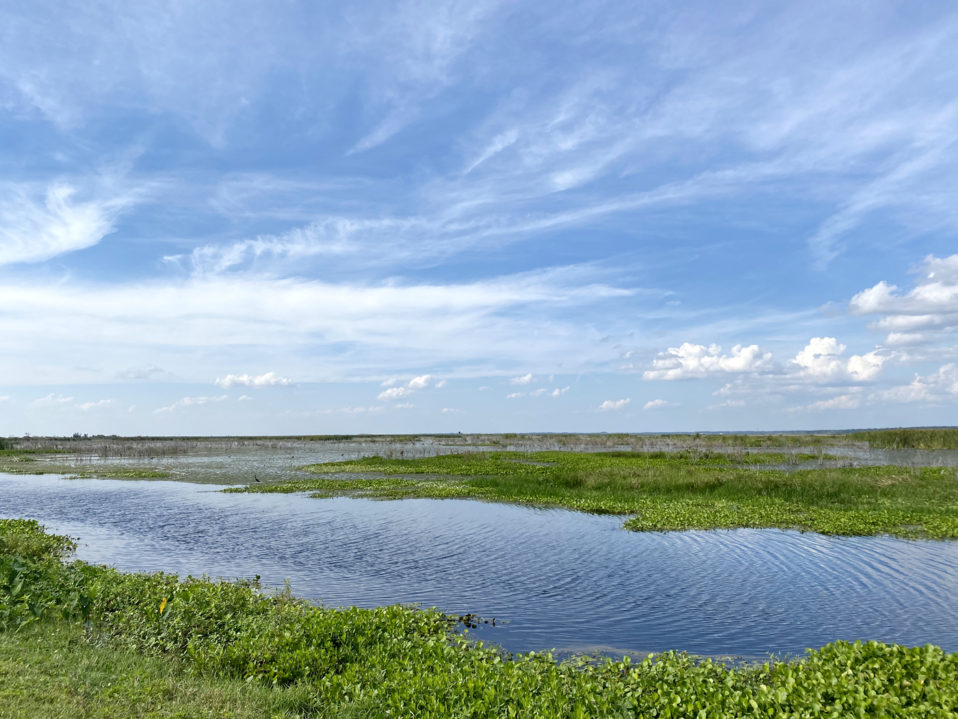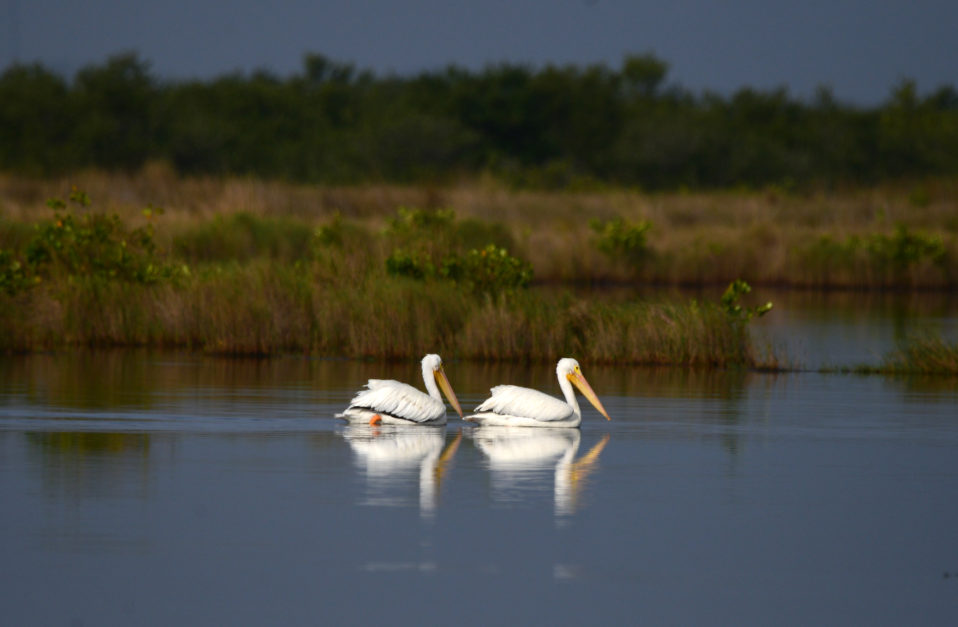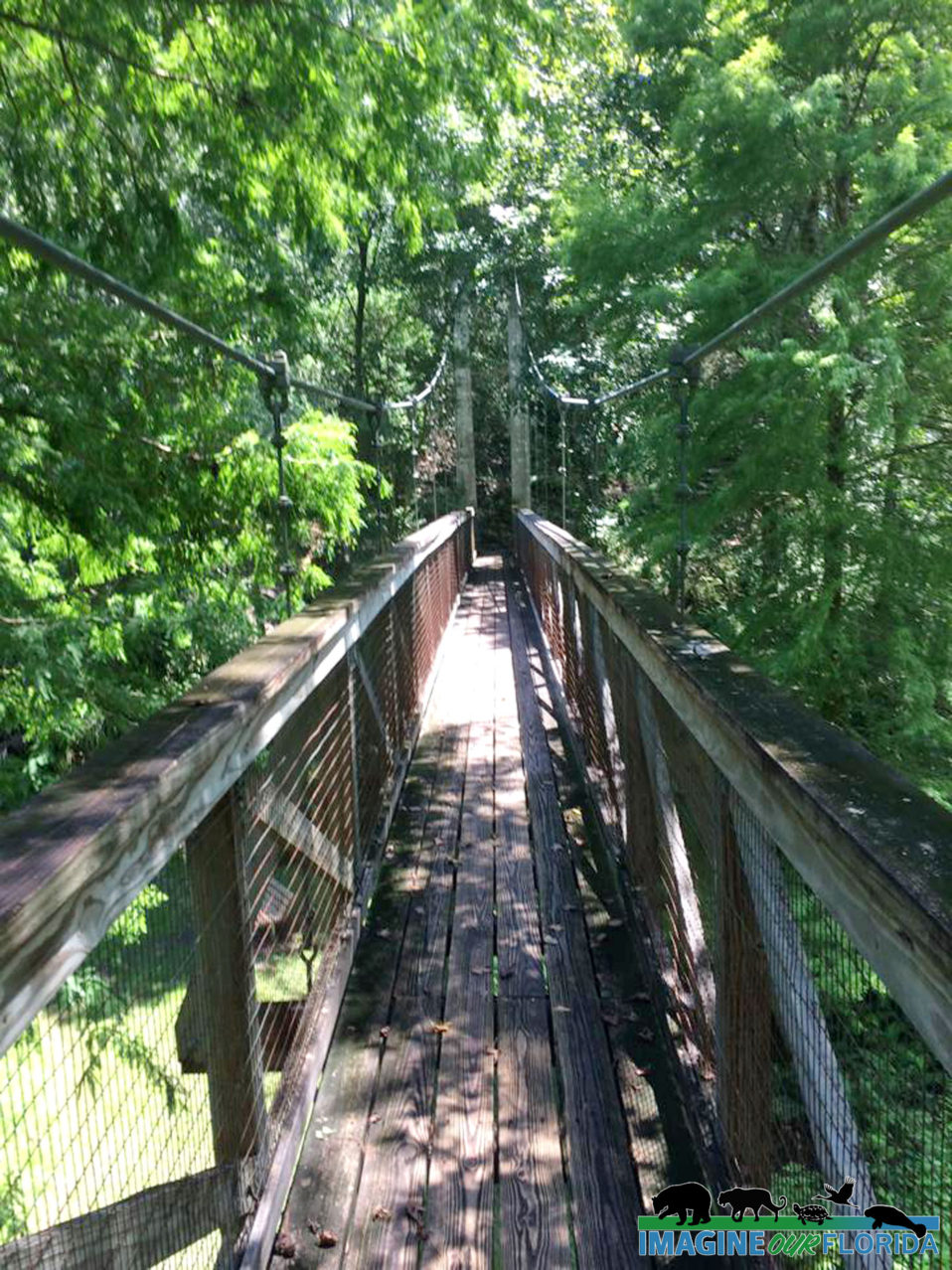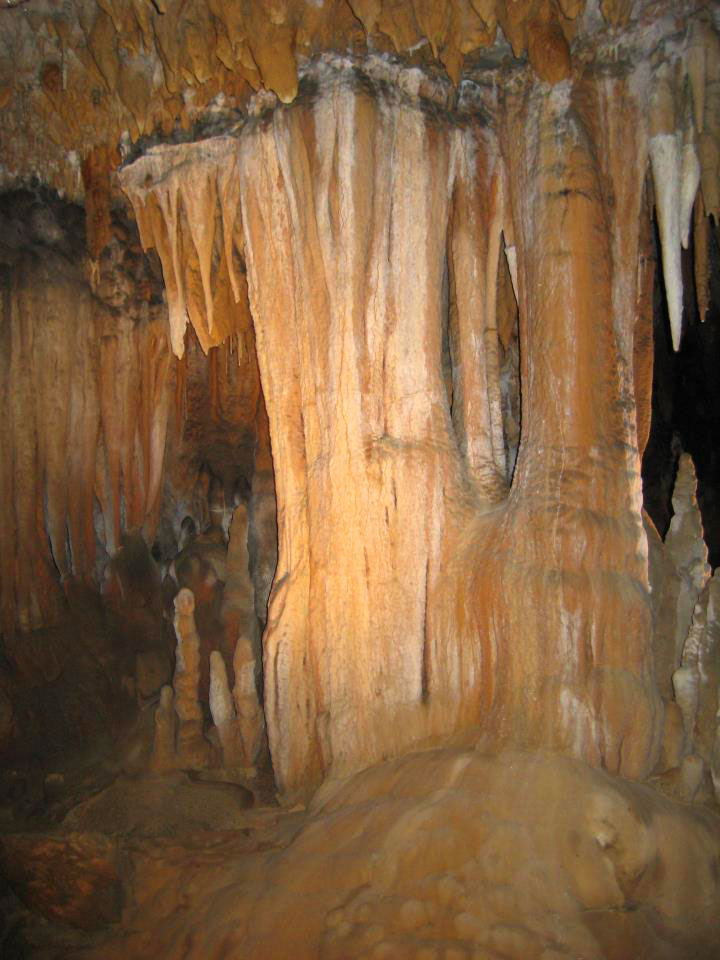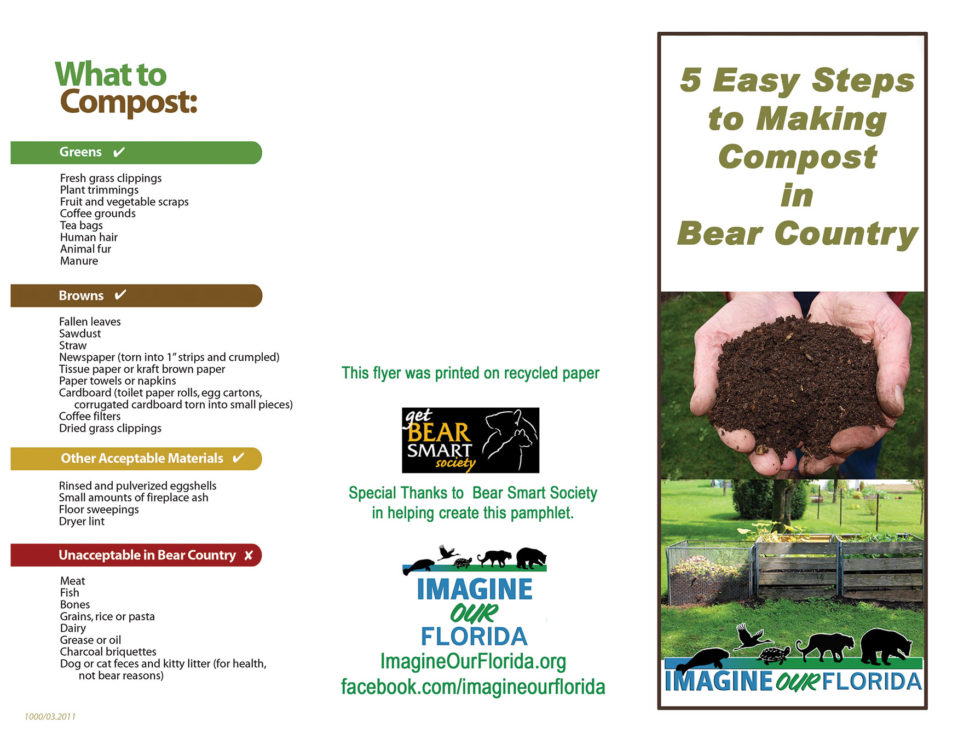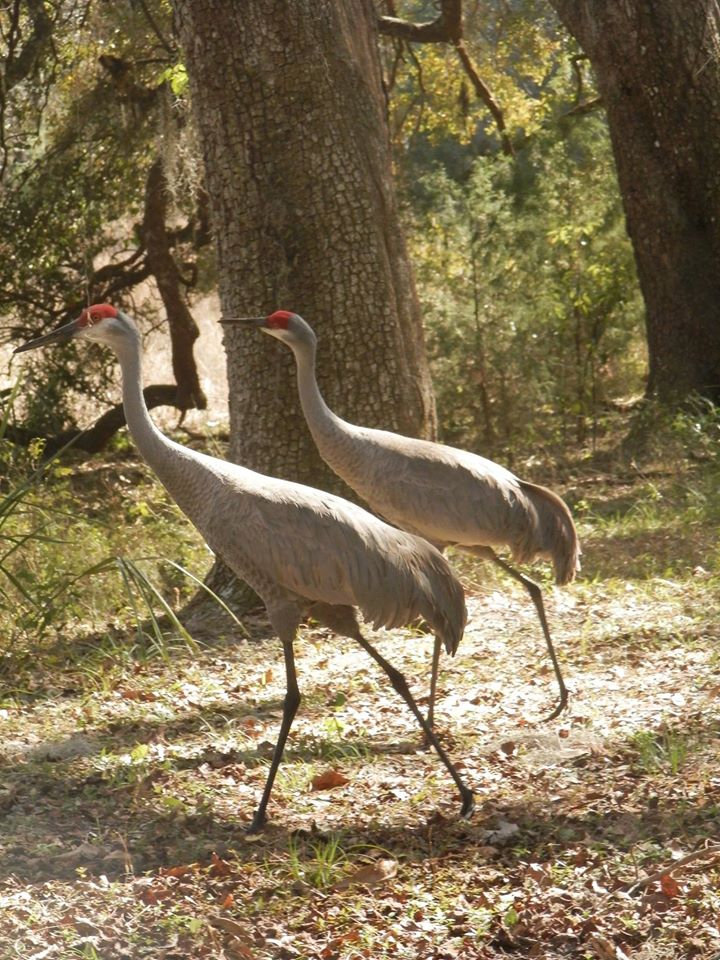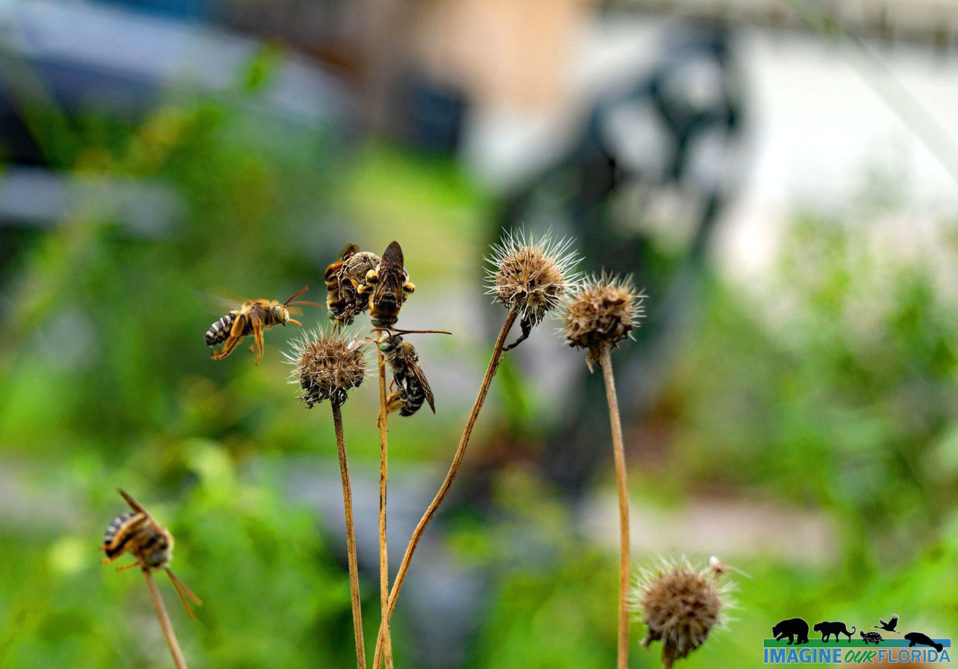Eastern Copperheads, Agkistrodon contortrix, are beautiful snakes that are most often found in wet forested areas. Copperheads are thick-bodied and adults grow to 22-36 inches long. Their alternating light and dark colors provide extraordinary camouflage on the forest floor. Meals consist of lizards, amphibians, insects, birds, small mammals, and other snakes. In the spring, male Copperheads will travel long distances to find a mate. Females give birth to 7-20 live young in the summer. The little ones, who are born with a color pattern like their parents, wiggle their bright yellow tails to attract lizards and frogs for a tasty meal. Copperheads are venomous snakes. Like all snakes, they only strike out at humans when they are defending themselves. Watch your step. Because they are masters at camouflage, Copperheads can easily be stepped upon. Luckily, the venom is not very potent and deaths are rare. However, if you are bitten by a Copperhead, be sure to seek medical attention immediately. Fun Fact: Copperheads are pit vipers. A pit viper senses small temperature changes in its surroundings. This allows it to strike out with accuracy at the perceived danger or prey. Map: UF IFAS Extension University of Florida Photo Credit: Dan Kon
Butterfly Pea
Spurred Butterfly Pea, Fabaceae (Leguminosae) is a native climbing or twining vine that grows up to 6 feet long. Look for this perennial in the wild throughout Florida in a variety of places including in sandhills, pinelands, and coastal plains. Butterfly Pea is dormant in the winter and pinkish-purple flowers appear from spring through fall in most of Florida. In the southern counties, it blooms all year-round. Long-tailed skippers and northern cloudywings rely on the Butterfly pea for a host plant. Because it adapts to many soils, Butterfly Pea can be a wonderful addition to your butterfly garden. Train it to climb a fence or use it as a ground cover. It propagates by seed and thrives in part shade or full sun. Photo Credit ~Dan Kon – The Blue Hole Big Pine Key
Seaside Dragonlet
The Seaside Dragonlet, Erythrodiplax berenice, is the only North American dragonfly that breeds in saltwater. Native to Florida, these small dragonflies can be found in mangrove swamps, salt marshes, and coastal strands throughout Florida. Adult males are a dusty dark blue, juveniles are yellow and black, and adult females’ color varies. Seaside Dragonlets dine on other insects and can be seen year-round near Florida’s coasts. Photo Credit: Dan Kon
Zebra Swallowtail Butterfly
Zebra Swallowtail Butterflies, Protographium Marcellus, can be found in scrubs, along waterways and roadsides, and near forests, With a wingspan of 2 1/2 to 4 inches, prominent black and white zebra stripes, long black tails bordered with white, and a red median stripe, these beautiful native butterflies are hard to miss. Consider planting the butterfly’s larval host plant, a Pappaw tree, in your garden to attract Zebra Swallowtail Butterflies to your outdoor space. Photo Credit: Dan Kon
Yellow-bellied Sapsucker
The Yellow-bellied Sapsucker, Sphyrapicus varius, is the only North American woodpecker that is fully migratory. They live and breed in North-eastern U.S. and Canada and spend their winters between the southern US and Central America. The male has a red throat as pictured here while the female’s throat is white. From December – March, you may notice a line of holes in the trees and large shrubs in your garden. A Yellow-bellied Sapsucker has made sapwells where the sap of the tree can be harvested. Bats and other birds may visit the sapwells too. The holes produce no damage to the trees. The woodpecker’s favorite shrubs and trees include Viburnum, Waxmyrtle, Dahoon Holly, Live Oak, and Pine. When they are not licking up the tree sap, Yellow-bellied Sapsuckers will eat insects that are climbing up the tree, caught in the sap, or flying through the air as well as berries and fruits. Photo Credit: Andy Waldo
Bahia Honda State Park
Bahia Honda State Park, located at mile marker 37 in the Florida Keys, is made up of over 500 acres and an offshore island that is waiting for you to explore. Henry Flagler’s historic Overseas Railroad is a stark reminder of the 1937 Category 5 Labor Day Hurricane. Bahia Honda State Park is best known for its beaches, Calusa and Sandspur Beach. Favorite water activities include snorkeling, swimming, and scuba diving. Canoeing, kayaking, and boating are popular with easy access to both the Gulf of Mexico and the Atlantic Ocean. Watch for sea turtles and bottle-nosed dolphins. Snorkeling tours offer the opportunity to explore the sea life at Looe Key National Marine Sanctuary. Look for starfish, spiny lobsters, queen conchs, and nurse sharks. Saunter along the nature trail that leads you to the Old Bahia Honda Bridge. Enjoy the view while you admire herons, egrets, and ibises. A 3-1/2 mile hard surface road runs the length of Bahia Honda and is a perfect way to enjoy the park on your bicycle. Bring your lunch and eat at a picnic area with a grill. Leashed pets are allowed in very limited areas. For those who want to take a few days to experience all that Bahia Honda State Park has to offer, campsites are available for tents and RVs. There are six furnished cabins that accommodate 6 people in each. Be sure to stay for stargazing. Bahia Honda Key is the darkest location in the Florida Keys. For more information: https://www.floridastateparks.org/bahiahonda/ Photo Credit: Dan, Nancy, and Christian Kon
Rose-rush
Stop and smell the Rose-rush! Rose-rush, Lygodesmia aphylla, blooms before sunrise and lasts until nightfall. The lavender, pink, or white flowers appear on this perennial that can grow up to 3 feet tall and nearly 6 feet wide. Look for Rose-rush in dry, sandy soils such as scrub. Pollinators love this native plant. Seeds are easily collected from wilted flower heads so Rose-rush plants are available for your native wildflower garden.
Viceroy Butterfly
The Viceroy Butterfly, Limenitis archippus, is often mistaken for a Monarch Butterfly. While they both have the same orange and black colors, the Viceroy butterfly has a black line across its tailwings. In northern Florida, Viceroy butterflies are an orange color like Monarch butterflies. In southern Florida, Viceroy butterflies are a darker orange similar to Queen butterflies. Birds do not like the taste of Viceroys, Monarchs or Queens. The host plants for Viceroy butterflies are willow trees. Explore meadows, alongside ponds and streams, swamps, roadside run-off ditches, and other wet areas where willows are present. Adult Viceroys have a wingspan of 2 1/2 to 3 inches. Females lay a single green egg on the tip of a willow leaf . Fun Fact: Viceroys and Monarchs mimic each other. Mullerian mimicry occurs when 2 species evolve to resemble each other in color for protection from predators. In this case, neither butterfly is a tasty meal for birds, therefore, together they contribute to the survival of both species. – Ritland 1991, Ritland & Brower 1991 Photo Credit: Andy Waldo
Passerine (Perching Birds)
Ducks and Geese
Wading Birds
Woodpeckers and Sapsuckers
Shore Birds
River Otter
River Otters, Lontra canadensis, are members of the weasel family. They can be found in a variety of freshwater bodies including rivers, creeks, swamps, marshes, ponds, and lakes throughout Florida with the exception of The Keys. Otters love riparian areas where they can make their burrows under tree roots on a bank and slide into the water for a tasty dinner of fish, crustaceans, reptiles, and amphibians. They also dine on insects, birds, and small mammals. River Otters weigh 15-30 pounds and live to 12 years old, They and are skilled swimmers. When they aren’t playing in the water or mud, you will find them marking their territory with urine, feces, scent glands, and scratch marks on trees. Females give birth to one to six pups in a den dug into the bank of a body of water or a hollow log. When they are two months old, the mother otter pushes her pups into the water where they quickly learn to swim. Fun Fact: River Otters can hold their breath for 8 minutes. Photo Credit: Paul Waller
Yellow-crowned Night-Heron
Yellow-crowned Night-Herons, Nyctanassa violacea, with their purplish-gray body, black-and-white face, and striking yellow plumes can be found in wet fields or shallow wetlands. They may be seen foraging any time during the day or night. You will most often discover this bird alone, although, at times, they may appear in groups. Watch as they stand still or walk slowly with their necks extended in search of their favorite dinner of crustaceans. They may also eat frogs, small fish mussels, and water beetles. Keep a keen eye out for this hard-to-find bird. While they are most common in barrier islands, coastal marshes, and mangroves, you may also find them inland near rivers, on golf courses, or even in your wet yard. Yellow-crowned Night-Herons have been around for a long time. The oldest recorded fossil was discovered in Sarasota, Florida, and is 2–2.5 million years old. Sadly, the Yellow-crowned Night-Heron has been designated a Species of Concern by Florida Rare and Endangered Plants and Animals.
National Key Dear Refuge
National Key Dear Refuge Established in 1957 to protect and preserve in the national interest the Key deer and other wildlife resources, the 9,200-acre National Key Dear Refuge consists of salt marsh wetlands, mangrove forests, freshwater wetlands, pine rockland forests, and tropical hardwood hammocks. Twenty-three endangered and/or threatened animals and plants live in the refuge. National Key Dear Refuge is surrounded by saltwater and easily accessible on Big Pine Key. Because of karst bedrock, freshwater is stored in the bedrock’s holes and crevices. This freshwater is necessary for Key Deer and other plant and animal species to thrive. Visiting National Key Dear Refuge on Big Pine Key: Drive the Speed Limit. Key Deer and other wildlife share the roads with you. Be sure to stop at the Visitor Center to learn about how to avoid poisonwood trees and stay safe on a trail where you may encounter snakes and alligators. Saunter along the trails at The Blue Hole. https://www.imagineourflorida.org/blue-hole/ Discover endangered Bartram’s scrub hairstreak butterflies, endangered Lower Keys marsh rabbits, and the endangered Key Deer. https://www.imagineourflorida.org/key-deer/ There are 40 species of reptiles, including alligators and crocodiles, waiting to be discovered. Look for over 250 migratory and resident bird species, including the rarely seen Mangrove Cuckoo. Snakes, including the threatened Eastern Indigo call the refuge home. Leashed dogs are welcome. Learn more here: https://www.fws.gov/refuge/National_Key_Deer_Refuge/ Photo credit: Dan Kon, Nancy Kon, Christian Kon
White Peacock
White Peacocks, Anartia jatrophae, are common butterflies found on roadsides, near the edges of ponds and wetlands, and in fields and parks with low growing vegetation. They can be seen year-round flying low to the ground where their favorite low-growing nectar plants thrive. White Peacocks lay a single egg on or near a host plant such as frogfruit or water hyssop. They live for about 4 months and their wingspan reaches 2 – 2.75 inches. Photo Credit: Andy Waldo and Aymee Laurain
Eastern Indigo Snake
Eastern Indigo Snake Snakes! There are few animals that evoke the kind of emotions in people that snakes do. Some love them. Some hate them. Some are indifferent to them. Despite how you may feel about snakes, they play an important role in the ecosystems they inhabit. Allow me to introduce you to the Eastern Indigo, Drymarchon couperi. The eastern indigo is the largest snake species in North America. Males can reach a length of 8.5 feet and up to 11 pounds (Females stay smaller, rarely larger than 6 feet)! The genus name Drymarchon translates to “forest ruler” and this species most certainly fits that bill! They are heavy-bodied snakes with beautiful, iridescent black bodies. They often have some coloration on their chin, either white or red, but can also be solid black. Eastern indigo snakes can be found throughout Florida, the coastal plain of southern Georgia, and extreme south Alabama. Their historic range also extended into extreme southeast Mississippi but they have been extirpated from there. In Alabama, they have been reintroduced to the forests as part of an ongoing effort to recover this species (More on that in an exciting upcoming post). The panhandle population has also experienced an extreme reduction in numbers and efforts are underway to restore the population in those areas too. The eastern indigo feeds on just about anything it can swallow. Mammals, birds, turtles, amphibians, fish, and even other snakes make up the average diet of this species. The indigo is not a constrictor. They kill their prey by overpowering them with their superior size and strong jaws, swallowing prey headfirst. Because of their preference for eating snakes, including venomous species, many people have left this species alone rather than removing them. Eastern Indigos are big snakes. And big snakes lay big eggs! When a female lays a group of eggs, that group is called a clutch. The average clutch size is 7 eggs but can be as large as 12 eggs. The indigo mates from October through February. Eggs are laid in May or June with hatchlings emerging in August and September. Little is known about egg sites for wild indigos but it is suspected the areas near gopher tortoise burrows are used. This big snake needs big room. Scientists tracking wild indigos have found that their home range can be as large as 3,000 acres! This makes it clear that one of the biggest threats is to this species. They need space and lots of it! The Eastern indigo is a threatened species across its entire range. One of the main reasons for their decline is the decline of the longleaf pine ecosystem. As the longleaf pine ecosystem was logged, fragmented, and altered by fire suppression, the animals that rely on it also declined. Gopher tortoises are important to many species, including indigo snakes. Indigos seek shelter in the burrows of the gopher tortoise and as tortoise populations have fallen, so has the indigo population. Photo Credit: Dan Kon, Nancy Kon, Andy Waldo Images captured at the Orianne Center for Indigo Conservation
Cloudless Sulpher
Cloudless Sulpher Cloudless sulfurs, (Phoebis sennae), live in Florida year-round. These beautiful, bright yellow butterflies are hard to miss with their wingspans of 2 – 3 inches. Look for them in sunny, open areas such as along roadsides and in pastures, fields, and meadows. Cloudless Sulfurs can be seen in large numbers during the fall migration season. Many spend their winters in Florida south of Gainesville. Nectar plants include red morning-glories, scarlet creeper, and cypress vine, scarlet sage, and Salvia. Cloudless Sulfurs prefer various species in the pea family as host plants where females lay a single egg.
Least Tern
Least Tern I was able to get out today and visit a Least Tern Colony. Watching these amazing parents nesting, sitting on eggs, and caring for their newborn chicks is very interesting indeed. They actively defend their nesting areas and will let you know if you get too close in short order! They will scream and dive at you even pecking you in the head should you not pay heed to their warnings! The Least Tern is Florida’s smallest Tern. It’s a spring/summer visitor. They are often seen flying low over the water, with quick deep wingbeats and shrill cries. These Terns usually hover before plunging into water for tiny prey and do more hovering than most terns. Populations are endangered in many areas because of human impacts on nesting areas, especially competition for use of beaches. Least Terns are listed as Threatened in the State of Florida. For Tern parents, it’s tough raising chicks on a beach with development, people, dogs, feral cats, raccoons, fox, predatory birds, and broiling hot sun. Least Terns in some parts of the east including Florida are now nesting successfully on gravel roofs near the coast. This particular colony is the only known beach-nesting colony in SE Florida. The parents need to protect the chicks and feed them constantly while getting enough nutrition for themselves. Least Terns are great providers and amazing parents! ~Paul Waller Note: All shots were taken from a responsible distance with a long lens Photo credit: Paul Waller
Lake Lily
Lake Lily, located in Maitland, is a 10-acre park with a 1/2 mile walking trail around the Lake. Saunter near the lake as you watch for limpkins, green herons, ibises, and a variety of ducks. Sit on one of the many benches and watch squirrels who will keep you smiling with their jumping skills. Listen for birds of prey, crows, and a variety of songbirds. Lake Lily is open from 8 am until Sunset most days. There is a playground for the kids, a rentable wedding gazebo, and restrooms. Your leashed dog is welcome to enjoy the day with you. For more information: https://maitland.recdesk.com/Community/Facility/Detail… Photo credit: Dan Kon
Collier-Seminole State Park
Collier-Seminole State Park, located in Naples, is a 7,271-acre park that offers the opportunity to explore part of the Great Mangrove Swamp of South Florida and an original stand of royal palms. Discover wildlife and wildflowers like those in the Everglades. Learn about the Bay City Walking Dredge No. 489, a mechanical engineering marvel that walked forward as it dredged limestone to create a road from Tampa0 to Miami. Collier-Seminole State Park has four wonderful nature trails ranging from less than a mile on the Royal Palm Hammock Nature Trail to the 5.25 mile Strand Swamp Trail. Discover the plants and animals, many imperiled, that live in the park. The park is designated a Great Florida Birding and Wildlife Trail so be sure to bring your camera/binoculars. Launch your canoe or kayak at the ADA accessible launch. Explore the Blackwater River on the 13.5-mile canoe trail. As you paddle through the mangroves to Blackwater Bay, look for crocodiles, alligators, otters, manatees, and a variety of wading birds. Primitive camping sites and campsites for your RV and tents are available. There are bike trails, two pavilions, picnic tables, and a playground for your enjoyment. Leashed pets are welcome. For more information: https://www.floridastateparks.org/…/collier-seminole-state-… Photo Credit: Ileana Rodriguez
Heavenly Bamboo
Heavenly or Sacred Bamboo, Nandina domestica, is not very heavenly in Florida. It is native to Asia, introduced in the US, and can be found in forests and hammocks throughout Florida. Heavenly Bamboo is not bamboo. It is a shrub that grows to about 7 feet tall. Reproduction may occur through vegetative regeneration, however, it is known to reproduce through seed dispersal. Red berries appeal to birds and other animals. The tiny white flowers and bright red berries appear harmless. Heavenly Bamboo is poisonous to some animals. Cyanogenic glycosides can be found in the foliage and the fruit. The shrub is a species of concern because it may compete with understory plants and threaten several of Florida’s endangered wildflowers. If you have this plant in your yard, IOF recommends you remove it. Protect wildlife and ecosystems when you replace Heavenly Bamboo with one of Florida’s native shrubs. For more information: https://www.fs.fed.us/datab…/…/plants/shrub/nandom/all.html…
Blue Hole in Big Pine Key
The Blue Hole in the National Key Deer Refuge Located on Big Pine Key, the Blue Hole offers a short trail and observation deck where you can immerse yourself in nature. The Blue Hole is a large sinkhole. The sinkhole became a quarry and the limestone was used to construct roads in The Keys as well as Henry Flagler’s Oversea Railroad. After being included in the National Key Deer Refuge, the Blue Hole was replanted with native vegetation and returned to nature. The water in the blue hole is a freshwater lens. This means that freshwater from rainwater floats on top of the saltwater that lies underneath. The Blue Hole provides a unique ecosystem for the wild plants and wildlife that thrive there. The Blue Hole is included in the Florida Keys Birding and Wildlife Trail. Look for Key Deer, fish, alligators, turtles, iguanas, and a variety of birds (including wading birds), and snakes. Sea level rise is an immediate threat to the Blue Hole. Lying only 3 to 6 feet above sea level, freshwater in wetlands in the Keys will become brackish or saltwater habitats if the sea level continues to rise. Mud turtles, marsh rabbits, and endangered Key Deer will be impacted by the loss of freshwater. When we make choices that protect our planet from climate change, we ultimately are protecting Florida and all of its inhabitants. Photo credit: Dan Kon, Christian Kon
Hidden Waters Preserve
Once known as the Eichelberger Sink, this 90-acre preserve located near Eustis is managed by Lake County Water Authority. Hidden Waters Preserve was established in 1996 to protect the water seepage and Lake Alfred where water slowly seeps into the aquifer. Hidden Waters Preserve offers 6 trails ranging from 2 miles to 15 miles. Hike the meandering paths through sandhill restoration areas. Notice the newly planted Long-leaf pines and the gopher tortoises who make their burrows there. Water flowing from a seepage slope offers the opportunity to discover various plants and ferns. The elevational difference between the top of the sink and the bottom is 110 feet. Explore the depression marsh and lake at the bottom of the sink where you will find a variety of plants and wading birds. Bird watchers will be happy to discover some of the more than 35 birds on this designated FWC Statewide Birding Trail. For more information and trail maps click here: https://www.lcwa.org/land_resources/open_preserves.php Photo Credit: Dan Kon
Eastern Coral Snake
Eastern Coral snakes, Micrurus fulvius, have a bright, glossy, distinct pattern. Their heads are black and their tails are yellow and black. Red and black rings separated by thin yellow rings make up the rest of their body. An adult Coral snake will grow to 1 1/2 to 2 1/2 feet long. Prey consists of frogs, lizards, and other snakes. Coral snakes are the only venomous snakes in Florida that are part of the cobra (Elapidae) family, therefore, they lay eggs. From scrubs to swamps, Eastern Coral snakes can be found in numerous habitats throughout Florida. Because they spend most of their time hiding under logs or underground, an occasional Coral snake sighting can be a wonderful discovery. A bite from this venomous snake is extremely rare, however, their bites are dangerous to pets and people. Bites occur when the Coral snake is threatened. When you discover a coral snake, simply give it space so we can peacefully coexist. Photo credit: Dan Kon
Butterfly Weed
Butterfly weed, Asclepias tuberosa, is also known as Butterfly milkweed. It is the most popular native species of milkweed in Florida. This hardy perennial grows 1-2 feet tall and is abundant throughout Florida. Its bright orange flowers bloom in late summer through fall and attract a variety of pollinators. Butterfly weed is readily available at native plant nurseries. Once established, it thrives in dry, sandy soil in sun or part shade. Monarchs rely on milkweeds in the genus Asclepias for their survival since it is the only plant monarch caterpillars will eat. Plant some in your wildflower garden to attract butterflies, bees, and hummingbirds.
BioLab Road
BioLab Road at Merritt Island National Wildlife Refuge. Take a slow 5.6-mile drive in the comfort of your car on Bio Lab Road in Merritt Island National Wildlife Refuge. It is a one-way road running north to south. With wetlands to your right and the water to your left, you are sure to see plenty of shorebirds. Look for ducks, ibises, egrets, sandpipers, spoonbills, pelicans, herons, and of course, alligators. Be sure to bring your camera and binoculars. In 1962, NASA purchased 140,000 acres of land located adjacent to Cape Canaveral. The John F. Kennedy Space Center was built complete with launch pads. In 1963, U.S. Fish and Wildlife Service (USFW) and NASA entered into an Interagency Agreement. This agreement allowed USFW to establish the land that was unused by NASA as the Merrit Island National Wildlife Refuge. Established to provide habitat for wildlife diversity, migratory birds, and endangered and threatened species, Merrit Island National Wildlife Refuge consists of scrub, pine flatwoods, hardwood hammocks, saltwater marshes, freshwater impoundments, and coastal dunes. Over 1,500 species of plants and animals including 15 federally listed species make their homes here. Watch for bobcats, otters, and deer. Lizards, snakes, alligators, and turtles make their homes here. 358 species of birds have been recorded at the refuge. Birds of prey include bald eagles, osprey, red-shouldered hawks, and American kestrels. Look for killdeer, Wilson’s snipes, and ring-billed gulls along the shore. Look up to see blue jays, barn swallows, American robins, pine warblers, and more. Blue herons, ibis, and egrets are plentiful. Ring-necked ducks, blue-winged teals, and wood ducks can be seen swimming in the waters at the refuge. Threatened and endangered species such as the eastern indigo snake, scrub-jay, gopher tortoise, wood stork, West Indian Manatee, and Southeastern Beach Mouse find refuge here. For more information click here: https://www.fws.gov/refuge/Merritt_Island/ Photo credit: David Gale
Oakleaf Fleabane
Oakleaf fleabane (Erigeron quercifolius) is a native wildflower usually found in wetlands. Also known as Southern fleabane or daisy fleabane, this annual often pops up in disturbed areas. in sandhills, and yards. The tiny white with pinkish or purplish tinted blooms are no more than 1/2 in diameter. Pollinators love this early bloomer member of the daisy family. Look for Oakleaf fleabane to bloom throughout the spring and summer. Photo credit – Dan Kon
Mullet Lake Park
– Mullet Lake Park- Located in Geneva in Seminole County, Mullet Lake Park is best known for its 8 primitive camping sites, its group camping site, and boat launches. The 55-acre park borders Lake Mullet and the St Johns River. This quaint park offers the opportunity to sit and relax under ancient oak trees as you take in the sights and sounds at this remote location. Listen for the sounds of birds, fish jumping, and frogs croaking. Look for birds of prey, shorebirds, and a variety of blooming wildflowers waiting to be admired. For more information click here: https://www.seminolecountyfl.gov/…/301554-Mullet-Lake-Park.… Photo credit: Dan Kon
Black-necked Stilt
Black-necked stilts, Himantopus mexicanus, are often seen wading in shallow water in search of food such as small crustaceans, amphibians, and small fish. They also enjoy larva, dragonflies, and beetles as well as a few plants and seeds. Look for these unmistakable birds with long, pink legs in wetlands, flooded fields, shallow lakes and ponds, and saltmarshes. The female chooses the male for mating and together they select a nest site and build the nest. Black-necked stilt nests are located on tiny islands, on floating masses of vegetation, or on the ground near the water. One will dig a hole with its feet and body. A lining of grasses, shells, stones, and other materials are added for 2 – 5 eggs. The couple will both incubate the eggs for nearly a month and raise the chicks until they are ready to be on their own in about a month after hatching. When Black-necked stilts feel threatened by humans or other animals they will perform a “Popcorn Display.” A group of them will join together and jump up and down while flapping their wings and making loud sounds. They may also use a distraction tactic to lure predators away from their nests. These beautiful birds face human threats of pesticide run-off and habitat loss. When birdwatching, stay far enough away so you do not disturb them. Photo credit: Dan Kon
Little Big Econ State Forest
Little Big Econ State Forest Located in Geneva in eastern Seminole County, the Little Big Econ State Forest gets its name from both the Econlockhatchee River and the Little Econlockhatchee River. Econlockhatchee means “earth-mound stream” in the Muskogee language and was named by the native Americans for the numerous mounds found along the river. Before being established on March 24, 1994, by the Florida Legislature, the property was used for cattle ranching, crops, as a turpentine distillery, and for a portion of the Florida East Coast Railway. Today the 10,336 acres in the Little Big Econ State Forest is an outdoor enthusiast’s paradise. Seventeen miles of the Econlockhatchee River, which has been designating an Outstanding Florida Waterway, makes its way through the forest before flowing into the St. Johns River on the eastern boundary. The Little Big Econ State Forest boasts a variety of habitats including wet prairie, pine flatwoods, sandhill, scrub pine, flatwoods, scrub, sandhill, and oak-palm hammocks. Over 160 bird species have been spotted in the forest including Bachman’s sparrows, crested caracara, wood storks, swallow-tailed kites, and sandhill cranes. Look for fox squirrels, gopher frogs, gopher tortoises, turkeys, deer, and alligators. The Little Big Econ State Forest has been named one of the country’s most family-friendly hikes by the American Hiking Society. Saunter along the 5.2-mile loop Kolokee Trail, discover wildlife along the 8 miles of Florida National Scenic Trail, or explore any of the 15 miles of trails located in the forest. Paddle all or a portion of the 20 mile-long Econlockhatchee River Paddling Trail. There are 12.1 miles of bicycle trails and 9.3 miles of equestrian trails complete with a water trough. Primitive camping sites are available and some have a picnic table and fire ring. Reserve the picnic pavilion for your special events. Enjoy your lunch at a picnic table. Your leashed pets are welcome. Whether for a day or a week, there is plenty to explore and discover at the Little Big Econ State Forest. For trail maps and more information: https://www.fdacs.gov/…/State-…/Little-Big-Econ-State-Forest Photo credit: Christian Kon
Birds of Prey
Fort Drum Marsh Conservation Area
Fort Drum Marsh Conservation Area As part of the Upper St. Johns River Basin Project, Fort Drum Marsh Conservation Area includes a freshwater marsh at southernmost headwaters of the St. Johns River, a hardwood swamp, pine flatwoods, and a prairie. Together, The U.S. Army Corps of Engineers and St. Johns River Water Management District have restored the original wetlands which resulted in better water quality, flood control, and diverse animal and plant habitats. Family-friendly recreational activities include hiking on some or all of the 5 miles of trails, picnicking, horseback riding, bicycling, primitive camping at designated sites, wildlife viewing, and canoeing. Saunter through a hardwood swamp on a boardwalk shaded by Cedar Cypress Trees as you make your way to Hog Island where you will find more trails to explore. Look for migratory birds, bald eagles, owls and other raptors, sandhill cranes, turkeys, wood storks, caracara, white-tailed deer, dragonflies, turtles, and alligators. Discover the vast number of wildflowers and the pollinators who rely on them. Dogs are welcome provided they are leashed at all times. Fort Drum Marsh Conservation Area, located about 10 miles east of Yeehaw Junction, is fun for all and is waiting for you to create memories to last a lifetime! Plan your trip today! For a trail guide and more information: https://www.sjrwmd.com/lands/recreation/fort-drum-marsh/ Photo credit: Dan Kon, Aymee Laurain, Andy Waldo
Laughing Gull
If you have been to a beach in Florida, you have surely heard the distinct call of the laughing gull. Laughing gulls (Leucophaeus atricilla) are year-round Florida residents and are often seen in flocks on beaches, in salt marshes, and nearby parking lots. They are often seen inland in fields, near rivers, or at your local garbage dump. Both males and females build nests in colonies on the ground under the cover of bushes or grasses. The parents take turns incubating the eggs for about 20 days and both feed the young for the next 5 weeks. Food includes foraged crustaceans, small fish, and insects. In the spring, horseshoe crab eggs and the eggs of other birds provide a tasty meal. Earthworms and snails are sometimes eaten. These birds are not picky eaters so be sure to carefully dispose of your food scraps and food wrappers.
Ironweed
Ironweed (Vernonia gigantea) is a Florida native and can be a beautiful addition to your wildflower garden. Ironweed grows 3-10 feet tall, can be planted in partial shade or sun, and blooms from July through October. Butterflies, hummingbirds, and bees love this pollinator perennial. As its name suggests, ironweed is a tough plant with deep-set roots and seeds that spread easily in your garden. Be prepared to prune and maintain to keep this beauty in check. Look for Ironweed growing in the wild where the soil is moist. You may also see this hardy plant along the side of the road or a stream as well as in the woods, prairies, savannas, and grasslands. Photo Credit: Aymee Laurain
Snail Kite
Snail Kites can be found flying low over open freshwater and marshes in Central and Southern Florida before dropping down to snatch an apple snail with their talons. They will fly to a perch and use their unique-shaped bills to pry the snails from their shells. Look for Snail Kites roosting in flocks just before hunting and during nesting season. Listed as endangered in Florida since 1967, Snail Kites (Rostrhamus sociabilis) depend on good quality water to survive. Urban development, sewage seepage, nutrient and pesticide run-off, and invasive plants have degraded much of Florida’s freshwater. Nearly 1/2 of the Everglades have been drained. Since a Snail Kite’s diet consists almost exclusively of apple snails that only live in freshwater areas, it is imperative that we protect the remaining wetlands. Photo Credit: Andy Waldo
Dry Tortugas National Park
Dry Tortugas National Park Discover a 100 square mile National Park of open water and 7 small islands known as Garden, Loggerhead, Bush, Long, East, Hospital, and Middle. Located 70 miles west of Key West, Dry Tortugas National Park is only accessible by boat or plane. Visit Garden Key and explore Fort Jefferson, the largest all-masonry fort in the US. Fort Jefferson was built between 1846 and 1875 to protect the lucrative shipping zone to the Gulf of Mexico. A lighthouse named Harbor Light was built in 1825 to warn ships of the navigation hazards caused by the low-lying islands and reefs. A snorkeling paradise, the crystal blue waters of Dry Tortugas National Park offer the opportunity to immerse yourself in the beauty of the reefs and the marine life that thrive there. Swimming and boating are popular activities. Bring your camera to capture the abundance of birds who live and nest at the park. Loggerhead Key is rife with wildlife and is named after the often seen loggerhead turtles. Scuba divers will enjoy exploring the Windjammer shipwreck. Primitive camping is available for those who want to spend a few days, enjoy the spectacular sunsets and stargaze. Leashed dogs are permitted. For more information: https://www.nps.gov/drto/index.htm Photo Credit: Aymee Laurain
Eastern Pondhawk Dragonfly
Common throughout the eastern United States and parts of Canada and Central America, Eastern Pondhawks, E. simplicicollis simplicicollis, are often found near still waters in wetlands and near ponds. Females are bright green with black markings on their abdomen. Males are blue with beautiful green faces. Eastern Pondhawks will dash from their perch on plants near the ground to snatch prey which includes damselflies and other insects. They will carry their meal off to eat at a suitable place. With only an average reproductive life of 10 days, reproduction occurs often and sometimes more than once a day. Mating occurs on vegetation and the female deposits her eggs on the water within a minute. Fun fact: Dragonfly fossils have been dated at over 300 million years old. This means that dragonflies existed more than 100 million years before dinosaurs! Photo Credit: Dan Kon
Northern Crested Caracara
Caracaras are in the falcon family and are excellent hunters although they behave a lot like vultures. They are often seen eating carrion or scavaging around campsites. They tend to hunt small vulnerable animals that are injured but will also eat fruit. These birds are commonly found in central and south America but have found a home at Kissimmee Prairie Preserve State Park. This populate is known as a relict population that was previously found in the vast oak savannas throughout Florida. As those areas were altered through human disturbance, Caracaras found a home at Florida’s largest true prairie.
Sailfin Molly
Sailfin Mollies are super cool little subtropical fish. Males have such a dramatic display with the sail-like fins. They can be found in both fresh and saltwater. Look for them in slow-moving or still freshwater in springs, swamps, creeks, ponds, in the Gulf of Mexico, and in the intercostal. They are charismatic little fish. Sailfin Mollies dine primarily on algae, and snack on crustaceans and aquatic insects.
Big Tree Park
Big Tree Park is a part of the Spring Hammock Preserve and is located in Longwood. It is best known for “The Senator,” a 3500-year-old Bald Cypress tree that was named for Senator Moses O. Overstreet who donated the land. Unfortunately, “The Senator,” which stood 118 feet tall, burned down in 2012. It was the largest Bald Cypress Tree in the United States. Pass under the big trees as you saunter along the boardwalk over the hydric hammock swamp. The boardwalk is less than 1/2 mile long out and back. Interpretive signs will awe you with information about “The Senator”. Learn about “The Phoenix,” a clone of “The Senator.” Admire the grandeur of “Lady Liberty,” a 2000-year-old Bald Cypress that stands 89 feet tall. Look for alligators, Florida box turtles, five-lined skinks, raccoons, squirrels, and bobcats. Listen for frogs, woodpeckers, and songbirds. As a trailhead, Big Tree Park offers the opportunity for a longer stroll or bike ride on the Cross Seminole Trail through the forested wetlands of Spring Hammock Preserve. The Cross Seminole Trail is a part of the Florida National Scenic Trail. Big Tree Park is open from 8 am until dusk. Spend some time at the playground with your kids. Restrooms are nearby. Bring your lunch or a snack to enjoy at one of the picnic tables. Photo Credit: Dan Kon
Salvinia
Salvinia minima, also known as Water Spangles, is a floating water fern found in Florida’s freshwater swamps, lakes, slow-moving streams, and ponds. Native to tropical America, Salvinia was introduced in Florida from fish tanks and/or tropical gardens where it was used as a decorative aquatic plant. By cloning itself, Salvinia reproduces quickly. It can be distinguished from native duckweed by its larger leaves and bristles. Salvina is considered highly invasive in Florida.
Cinnamon Teal
Cinnamon Teal Spatula cyanoptera (septentrionalium) – This beautiful male Cinnamon Teal decided to visit Florida in February. As you can see in the map pictured below, these migratory ducks are native to the western US and Mexico. According to The Cornell Lab, “In western North America, loss of wetlands to agriculture, grazing, and especially the development of human settlements has meant the massive loss of habitat for Cinnamon Teal.” We are sure this striking bird found plenty to eat in the wetlands at Merrit Island National Wildlife Refuge. There is certainly a wide variety of insects and vegetation year-round in Florida. While it is a rare occurrence, Cinnamon Teals do occasionally make a winter stop in Florida. Photo Credit: Andy Waldo
Butterflies, Moths, and Caterpillars
Kiss-me-quick
Kiss-me-quick (Portulaca pilosa) — Also known as Pink Purslane, Kiss-me-quicks are native succulents that can be used as a groundcover. They will thrive in nutrient-poor soil as long as it is well-drained. These low-growing plants with linear leaves produce red, pink, or purple blooms in the morning that close in the afternoon, hence the name Kiss-me-quick. Look for Kiss-me-quicks in the wild in sunny, sandy areas. Photo Credit: Aymee Laurain and Dan Kon
Lance-leaf Arrowhead
Lance-leaf Arrowhead, (Sagittaria lancifolia), is commonly found in freshwater marshes and swamps and along streams, ponds, and lakes. It tolerates brackish water. This native Florida plant, also known as Duck Potato, can grow to 4-feet tall. The plant is a rhizomatous perennial that also reproduces with seed dispersal. It thrives in water up to 12-inches deep and in silty, wet soils. Birds enjoy the seeds and tubers and use the plants for cover. Other aquatic animals such as fish and insects find shelter in the foliage. Lance-leaf Arrowhead extracts metals and nutrients from water and sediments where it grows. Native Americans used the corms which are bulb-like stem parts as food, to treat wounds, and as herbal medicine to treat a variety of ailments.
Fort Zachary Taylor State Park
Fort Zachary Taylor State Park, located in Key West, is a 54-acre state park and has been around since before the Civil War. After 21 years of construction slowed by yellow fever, hurricanes, and shortages of manpower and materials, Fort Zachary Taylor was completed in 1866. The fort played a significant part in the Civil War and the Spanish-American war. To learn more, take a guided tour through the fort or visit during the living history week that includes historical reenactments. Swim or snorkel at the beautiful beach. There are picnic tables and grills under the trees for your beachside meal. Saunter along the nature trails and discover unique plant life and wildlife. Explore the shaded trails on your bike. A coral reef surrounded by seagrass beds is waiting to be explored. The reef includes the knobby brain, tube, and starlet coral. Be sure to bring your snorkel. There are equipment rentals in case you forget. There’s a small cafe if you get hungry from all the exploring. Park amenities include biking, geocaching, picnicking, swimming, birding, hiking, scuba, tours, fishing, paddling, and snorkeling. Check out the live webcam and enjoy a moment of serenity as you watch the waves flow across the beach. Webcam: http://www.fortzacharytaylor.com/beach.html For more information: https://www.fortzacharytaylor.com Photo credit: Aymee Laurain, Dan Kon
Portuguese Man o’ War
The Portuguese man o’ war, (Physalia physalis), is a species of siphonophore that is related to jellyfish. The Man-o-war is made up of four polyps that each performs an individual function. The gas-filled polyp that floats above the water and resembles a warship is responsible for floating with the wind and currents. The tentacles capture prey while a third polyp digests the food. The fourth polyp is responsible for reproduction. Men o’ war can be seen floating in the ocean in groups of more than 1000. Below the beautiful floats are long tentacles that measure an average of 30 feet but can grow to well over 100 feet. The tentacles paralyze and kill crustaceans and small fish who are in their path. To avoid predators, the Men o’ wars will deflate their float. Rising ocean temperatures and reduced oxygen in the water caused by climate change have created an environment where the Men-o-war thrive. The sting from a Portuguese man o’ war causes welts and is extremely painful. When you see these beautiful creatures on the shore, admire them from afar. Be sure to Click on the video: https://www.youtube.com/watch?v=wMYWt0nKADU Video Credit: Claudia Pardo Merino
Palm Island Park
Palm Island Park Just south of downtown Mt Dora lies Palm Island Park, an 8-acre natural preservation area waiting to be explored. The boardwalk is 1/3-mile long and swings out over Lake Dora. Saunter along as you watch for wading birds, turtles, and alligators along the lake’s edge. Continue your stroll on the easy path through ancient oaks, huge cypress trees, and tall cabbage palms. Listen for songbirds, look for wildflowers in bloom, and discover the changes in the ecosystem as you walk thru the marsh toward drier land. The 1-mile loop over the boardwalk and on the footpath allows you to experience natural Florida at its finest. Palm Island Park is open from 7 am to sunset. Bring your lunch and enjoy yourself at one of the picnic areas. Leashed pets are welcome.
Savannah False Pimpernel
Savannah False Pimpernel, Lindernia grandiflora Nutt., is a native Florida groundcover found in wetlands, swamps, and marshes. Other common names include Blue moneywort and Angel’s tears. The small violet and white flowers bloom year-round and provide a nectar source for pollinators. Savannah False Pimpernel propagates by seeds, cuttings, or division. The mat-forming wildflower can be grown in moist soils and does well in hanging baskets and flower pots. Photo Credit: Andy Waldo
Colt Creek State Park
Colt Creek State Park Hike, bike, paddle, or horseback ride through 5000 acres of wild Florida. Located in Lakeland, Colt Creek State Park is waiting to be explored. Colt Creek State Park was purchased in 2006 and became Florida’s 160th state park. The land had previously been used as a cattle ranch, for silviculture, and for lime rock mining. A few of the large pits dug for lime rock mining reached the aquifer. Today, the water that flows up from the aquifer has created lakes that provide habitat for wildlife. There are 15-miles of multi-use trails that lead you through wetlands, open vistas, and longleaf and slash pine forests. Discover an abundance of wildflowers and the pollinators who rely on them. Look for fox squirrels, turkeys, bobcats, otters, gopher tortoises, a variety of birds including eagles, and of course, alligators. Rent a canoe or kayak or bring your own. Paddle Mac Lake, Middle Lake, or Little Lake as you share the water with wading birds and turtles. Bring your horse and ride through creeks, and streams while admiring the beauty of the three lakes. RV, tent, primitive, equestrian, and group camping sites are available. Star-gaze at one of the darkest sky sites in Florida. Pavillions are a perfect place to host your outdoor event. Bring your lunch and cook it on one of the provided grills or simply enjoy it at one of the picnic tables. Dogs on a 6-foot leash are welcome. Be sure to bring your camera or binoculars since Colt Creek State Park is designated as a Great Florida Birding and Wildlife Trail. Photo Credit: Andy Waldo For more information: https://www.floridastateparks.org/par…/colt-creek-state-park
Black-bellied Whistling-Duck
Black-bellied Whistling-Duck Once known as Tree Ducks, the striking Black-bellied Whistling-Ducks, (Dendrocygna autumnalis), are often seen in flocks, sometimes with up to 1000 birds. They can be spotted perching on fences, electric lines, or in Spanish Moss. Look for Black-bellied Whistling-Ducks near freshwater in areas such as marshes, lagoons, and swamps. They prefer areas with trees and thick vegetation. You may find a flock foraging in a field, mangroves, freshwater ponds or lakes, or your yard. Their diets consist of mostly plants such as grasses, wetland plants, and sedges, as well as agricultural crops such as corn. Snacks include spiders, leeches, beetles, and snails. Pairs form life-long bonds in the winter. Together, they will select a tree cavity for the nest. The female will lay 9-18 eggs on the debris in the cavity. She may also lay her eggs in the nest of another whistling duck. The incubation period lasts for 25-30 days and the nestling period for 10-13 days. Hatchlings are nearly independent at birth. As year-round residents of Florida, Black-bellied Whistling-Ducks are rapidly expanding their breeding range northward. Once considered non-migratory, both the northern-most and southern-most populations are now migratory.
Trimble Park
Trimble Park — Nestled between Lake Beauclair and Lake Carlton on the Harris Chain of Lakes lies an outdoor paradise. Trimble Park, operated by Orange County, is located near Mt. Dora in Tangerine. Saunter along the 1.2-mile loop trail surrounded by ancient oaks. The trail runs along the perimeter of the 71-acre park. Wind through forests of pine, oak, and cypress trees. Walk on a boardwalk through the wetlands. Pause near the lakes to enjoy the view and the wildlife who make their homes there. There are plenty of benches to rest on for your wildlife viewing pleasure. Much of the trail is shaded. Bring your lunch and enjoy it at one of the many picnic tables, some of which are under a shaded structure. Camping sites are available for your tent or RV. Launch your boat, canoe, or kayak from the boat dock. There are playgrounds for your kids. Your dogs on a 6-ft leash are welcome too! For more information: http://orangecountyfl.net/CultureParks/Parks.aspx… Park map and more: https://www.ocfl.net/…/Camping%20at%20Orange%20County%20Par…
Narrowleaf Yellowtop
Narrowleaf Yellowtop Native to Florida, the Narrowleaf Yellowtop, Flaveria linearis, is an evergreen perennial commonly found in South Florida and along the coasts of Central Florida. Look for it near mangrove swamps, wet prairies, and tidal marshes. It grows 3 feet tall and produces yellow blooms of 2 -3 inches. Narrowleaf Yellowtop blooms all summer and fall and can be found blooming in the winter and summer too. Bees and butterflies are attracted to this beauty.
Yellow-headed Blackbird
Yellow-headed Blackbird visits Florida While the yellow-headed blackbird (Xanthocephalus xanthocephalus) may be a common resident of the western United States, it is a rare visitor to Florida. This male is one such individual that migrated just a little too far east. Every year, a small handful of individuals can be seen in random locations throughout Florida, usually in the Fall and winter months. Similar to the more commonly known red wing blackbird, the yellow-headed blackbird occupies marshes and open fields where it searches for seeds and small insects to eat. Being larger and more dominant than the smaller red wing blackbirds, yellow-heads often occupy the best nesting grounds in the marshes that they share. A single male can maintain a territory with up to 8 females to nest with. He will often share in the nesting duties but seldom feeds the young other than those in the first nest created. The nests average 4 eggs each and they typically lay one clutch of eggs per year. Apart from the bright yellow heads of the adult males (as seen in the photos), yellow-headed blackbirds can also be identified by the bright white wing patches most easily seen when in flight. They are also known as having a rather unpleasant call for a songbird, sounding much like a rusty hinge squeaking. So, remember, always keep your eyes open. You never know what neat visitor you may run into. Photo credit: Andy Waldo Map: Cornell Lab
Cranes Roost Park
Cranes Roost Park – Located in the heart of Uptown Altamonte, Cranes Roost Park surrounds Cranes Roost Lake. Its 1 mile of paved paths and boardwalks is a welcome reprieve from the hustle and bustle of the city. The lake is home to numerous ducks and birds. Look for egrets, black skimmers, cormorants, ibises, anhingas, gulls, and more. Run, walk, or take a leisurely stroll around the Cranes Roost Lake. Listen for songbirds. Rest on one of the many benches while you immerse yourself in a bit of wild Florida nestled within the city. Bring a blanket and lunch and enjoy a picnic in the grass beside the lake with your family or coworkers. Bring your dog on a leash and be sure to use the pet waste stations.
Yellow-rumped Warbler
Yellow-rumped Warbler Known affectionately as Butter-Butts, Yellow-rumped warblers, (Setophaga coronata), migrate south in the winter. These flocks of Florida snowbirds can be found in mangroves, scrub, forests, or your yard. Their winter diet consists of fruit from shrubs such as wax myrtle, juniper berries, poison ivy, and poison oak as well as many seeds including those from goldenrod and beach grasses.
Elderberry
Elderberry, (Sambucus nigra ssp. Canadensis), is a shrub that grows 6 1/2 to 13 ft tall. Clusters of creamy white flowers at the tips of the branches attract bees, beetles, wasps, and other pollinators. The ripened fruit provides food for birds and mammals. Look for native American Black Elderberry in moist habitat along lakes and ponds, and low areas near roads and in the forest.
Merlin
Merlins, Falco columbarius, are stocky, strong falcons. This bird of prey was found wintering at Lake Apopka Wildlife Drive. Merlins have an average flight speed of 30 miles per hour. Merlins spend their summers in northern North America where they breed in open areas near rivers and lakes. Some have taken over crow’s nests in residential areas. Their favorite foods are a variety of small to medium-sized birds. They enjoy House Sparrows and Least Sandpipers. Watch for Merlins to mount a high-speed attack where they will catch a bird in midair. Merlins also dine on dragonflies, bats, rodents, reptiles, and nesting birds. The Merlin population significantly declined in the 1960s from pesticides. With reduced pesticide use, their population has stabilized. Loss of habitat is also a concern but Merlins have adapted by taking up residence in human neighborhoods.
Fakahatchee Strand Preserve State Park
Fakahatchee Strand Preserve is Florida’s largest state park. The word “Fakahatchee” is the Miccosukee term for “forked river” referring to the water flow around the strand. This area has a canopy of bald cypress trees, royal palms, and occasional gumbo limbo trees. The area also contains more orchids and bromeliads than anywhere else in North America. There are 44 orchids and 14 bromeliads native to this area. Unfortunately, orchid poaching has been a large problem in the past. Keeping the Park Services number on hand and calling if you witness poaching could help protect the many endangered orchids that exist here. The cypress trees were previously vulnerable to unregulated logging and very few old trees exist. You can also find small freshwater sponges on old floating tree branches. There is also an abundance of wildlife. Fakahatchee Strand Preserve State Park is on the Great Florida Birding and Wildlife Trail. The strand offers biking, geocaching, canoeing, picnicking, and contains the Karen O’Neil Memorial Garden located at the entrance. Restrooms are available. There is so much to see in this beautiful swamp. Hours are 8 a.m. to sunset. For more information, check out the website. https://www.floridastateparks.org/…/fakahatchee-strand-pres…
Toothed Rein Orchid
Toothed Rein Orchid, Habenaria floribunda – Toothed Rein Orchids are found only in Central and South Florida where they thrive in damp thickets and hardwood hammocks. They can grow to just over 3 feet tall. Each orchid has 5-12 bright, glossy green leaves and 10-60 flowers and lips. The flowers are light green but appear more yellow in South Florida. Fall blooms appear in September in Central Florida and bloom into February in South Florida. The flowers of the Toothed Rein Orchid have an unpleasant odor that is most noticeable around dusk.
Lake Louisa State Park
Lake Louisa State Park If you are looking for somewhere to get some fresh air and see some of Florida’s natural beauty, then this is the place to go! Just north of Orlando, off Highway 27 in Clermont, is Lake Louisa State Park. It is open every day of the year until sundown. Lake Louisa State Park lies in the Green Swamp and within the northern boundary of Lake Wales Ridge. The wetlands create natural flood control while supplying the aquifer with filtered water. The Hillsborough, Withlacoochee, Peace, and Ocklawaha Rivers all originate from The Green Swamp. Camping, hiking, biking, canoeing, kayaking, paddle boarding, and horseback riding are activities waiting to be enjoyed. Guided horseback and kayak tours are great ways to see the park. It is a good idea to bring water and snacks or pack a picnic. Lake Louisa State Park features three major lakes, several smaller lakes, 20 miles of trails, and 7 miles of paved roads. The park offers trails ranging from a half a mile to 5.5 miles where you can explore 11 different ecosystems. Dudes Loop at 0.5 miles and Compton’s Loop at 1 mile are the shortest trails. South Trail is 1.2 miles and Sandhill Loop is 1.5 miles. The mid-level trails are Big Creek Loop and Bear Lake Loop at 2 miles long, and South Loop at 2.5 miles. The more challenging trails are the Nature Trail at 3.5 miles and Bronson Loop at 5.5 miles. Be sure to get a map at the Ranger Station. The Rangers are very helpful and knowledgeable about the park. Compton’s Loop Trail has some geological formations of limestone and red clay swirling together to make very pretty colors in the rock. The rock has eroded over time, forming a tiny cliff. The trail leads you through the trees and sable palms up to a hill with tall pine trees and a view of the rolling hills. Make sure to check out the very scenic Lake Louisa Beach that has a long boardwalk with a swampy marsh underneath. Mangrove trees growing out of the water keep the boardwalk nicely shaded. The boardwalk leads you to a sandy swimming area with a playground and picnic table. Bear Lake is a great scenic spot that offers boating access for your handheld watercraft. Bear Lake Loop and Bronson Loop circle the lake and are wonderful trails to immerse yourself in nature and for wildlife viewing. Look for bobcats, white-tailed deer, tortoises, fox squirrels, and rabbits. Near the lakes, you may see alligators, snakes, and otters. The ranger is happy to give guides to identify some of the snakes who are native to the area, as well as a guide for identifying tracks along the trails. There is so much to #explore and #discover at Lake Louisa State Park for any level adventurer! For more information and trail map: https://www.floridastateparks.org/pa…/lake-louisa-state-park Written by Briana Gunnell ~ Valencia student and IOF volunteer Photo Credit: Briana Gunnell
Cypress Trees
Cypress Trees Two varieties of Cypress trees live in Florida. The Bald Cypress (Taxodium distichum) and the Pond Cypress (Taxodium ascendens) are deciduous conifers. Both lose their leaves in the winter after turning a beautiful autumn color. They are flood-tolerant and both form knees from their roots. The Bald Cypress generally grows to a height of 150 feet but can grow taller. They live for up to 600 years. The Pond Cypress is much smaller reaching a height of about 80 feet. It is nearly maintenance-free and can be a beautiful addition to your landscape. Birds enjoy the seeds from both Cypress trees while the Bald Cypress provides roosting and nesting spots.
Great Crested Flycatcher
Great Crested Flycatcher (Myiarchus crinitus) These beautiful birds tend to make homes in deciduous forests but can also settle in your backyard. Once they establish a nest, they rarely move. Both parents care for the nest and will leave in search of insects. They are excellent hunters, moving quickly and picking off insects on the ground or even in flight. Great Crested Flycatchers have also been known to bring snake skins back to their nest. Occasionally, they may mistake plastic for snakes’ skins. Males defend their nest with loud calls and will even fight when threatened. Breeding takes place throughout the U.S. and southern parts of Canada in spring and summer. During non-breeding seasons, from fall through winter, Great Crested Flycatchers migrate to Central or South America. Photo Credit ~ Aymee Laurain
Sabal Point Sanctuary
In the Sabal Point neighborhood near Longwood lies 600 acres of wild Florida where wildlife play and wildflowers bloom. Sabal Point Sanctuary, purchased and maintained by Audubon Florida, is a 600+ acre piece of land that has a 1/2 mile frontage on the Little Wekiva and Wekiva Rivers. Together, the sanctuary along with St. Johns Water Management District protects 2500 acres where the rivers meet. Hike or bike the 3.5-mile trail through the wetlands. Explore the shaded trail and discover deer, otters, and limpkins. Listen for a variety of birds and woodpeckers. The secluded trail provides plenty of opportunities to discover prints from wildlife who make their homes there. Take a moment to admire the beauty of orchids and other wildflowers that thrive in the ecosystem. The iconic Florida Black Bear occasionally passes through the sanctuary. Most are shy and will be hard to spot. Curious bears may stand up to get a better look at you. You can ask the bear to move along simply by standing tall, raising your hands, clapping, and in a loud stern voice, telling the bear to Go Away. Take some time to Get Outside and visit this piece of natural Florida. Sabal Point Sanctuary is open every day from sun up to sunset. For more information: https://fl.audubon.org/conservation/sabal-point Photo Credit: Andy Waldo
Moss Park
Moss Park, an Orange County park located in Orlando, is a 1551-acre preserved habitat of wildlife and flora located between Lake Mary Jane and Lake Hart. The many hiking trails and roads in Moss Park make it the perfect spot for walks, bicycle trips, and car visits. Discover Florida sandhill cranes, gopher tortoises, alligators, deer, raccoons, and many other animals. Moss Park also has a hiking trail with beautiful views that leads you to Split Oak Forest, the home to a 200-year-old live oak tree. Moss Park provides 54 camping zones suitable for RV or tents. All campsites have fire rings, grills, picnic tables, water, and electricity. Moss Park also has five group sites available that can accommodate up to 450 campers when combined. A dock and boat ramps are available for the visitors and a playground is waiting for the kids to enjoy. The park is open from 8 am to 8 pm every day except Christmas. Only service animals are permitted in Moss Park. Gather the family and discover all that Moss Park has to offer. Bring your binoculars, a picnic lunch, and immerse yourself in Nature. For more information: http://www.orangecountyfl.net/CultureParks/Parks.aspx… Contributor: Steven Marquez – IOF Volunteer Photo Credit: Steven Marquez
Pine Lily
The striking Pine Lily, Lilium catesbae, is a Long-lived perennial. Pollinators including Swallowtails are attracted to this native plant’s gorgeous flowers. Pine Lillies grow in the wetlands of prairies, bogs, and pine savannas where they thrive in moist, sandy soils with partly shaded areas. They become dormant in the winter and flower throughout the summer. Sporadic blooms may occur in spring. The flower is the largest lily in the U.S. The Pine Lily is designated as threatened due to habitat loss, conversion of their native habitats, and fire suppression. The restoration of Longleaf pine forests and regular prescribed burns will give these beauties the opportunity to multiply and continue to dazzle us with their beauty when we encounter them while hiking.
Econ River Wilderness Area
Econ River Wilderness Area Purchased by Seminole County in 1994, the 240-acre Econ River Wilderness Area is located south of Oviedo on the west side of the Econlockhatchee River. Explore 3 miles of trails including the 2.2-mile Main Loop Trail and the 1/2-mile Flatwoods Loop Trail. Saunter through pine flatwoods, sandhill, oak hammocks, and river swamp habitats. Rest on one of the benches at the river. Discover gopher tortoises, great horned owls, northern bobwhites, golden mice, raccoons, fox squirrels, white-tailed deer, bobcats, river otters, and more who make their homes in the wilderness area. Put on your hiking shoes, bring your horse or bike, your dog on a leash, and enjoy your day in the wilderness from sunrise to sunset. Join the nearly 40,000 people who visit the Econ River Wilderness Area each year. Don’t forget your camera. For more information: http://www.seminolecountyfl.gov/…/Econ-River-Wilderness-Are… Photo Credit – David Gale
Blue-ringed Dancer
Blue-ringed Dancers, Argia sedula, are damselflies. Smaller than Dragonflies, these beautiful dancers are found near freshwater streams, lakes, and rivers. When they are not dancing through the air catching tiny insects in flight, they can often be found perching on aquatic vegetation. Male Blue-ringed Dancers are vibrant blue and black while females are a dull brown. They fly together as they mate before the female deposits her eggs in vegetation with her long ovipositor. The larvae, known as naiads, dine on insects in the freshwater they inhabit. Blue-ringed Dancers emerge from the larval stage to search for food and a mate while entertaining us with their balletic movements.
Lake Lotus Park
Lake Lotus Park consists of 150 acres of woods and wetlands sandwiched in between Maitland Boulevard on the south side, developed areas to the east and west, and bordering Lake Lotus on the north side. The city of Altamonte Springs purchased the land in 1972 to protect the ecosystems within its boundaries. Saunter along 1 mile of raised boardwalks. Pause along the way to listen to bird songs and the tapping of woodpeckers. Sit on one of the benches along the boardwalk and wonder at the wildlife who play among the branches. Continue toward the lake and notice the change in the ecosystem. Keep a watchful eye for wildlife under the cover of dense greenery. The edge of the lake is teeming with fish and birds. Amble back through the forest. Feel the shade the tall trees provide while looking for the season’s blooms. Marvel at the tireless work of butterflies and insects. Several mulched paths are also waiting to be explored, each with its own mystery to discover. Bring a picnic lunch to enjoy at one of the picnic tables or under a pavilion. Charcoal grills are available for your barbeque, and the playgrounds will keep your kids busy while you cook. Pets are not permitted. Park in the park on weekdays. On weekends, a shuttle will pick you up at the off-site parking area and transport you to the park. Lake Lotus Park offers Pavillion rentals for your gathering. The park hosts Ranger Guided Tours, Bird Banding, Air Potato Raids, and Earth Day Celebrations. For reservations and more info, https://www.altamonte.org/959/Lake-Lotus-Park Photo credit. Dan and Nancy Kon
Reddish Egrets
Reddish Egrets, (Egretta rufescens), can be found running and jumping in the shallow saltwater of Florida coasts. Estuaries, lagoons, and waters near mangroves provide a variety of small fish that are brought to the surface by the egret’s intricate dance of jumps, spins, and footwork with wings of 46-48 inches spread open. A dark Reddish Egret is pictured here. You may also discover a white morph that has a mostly white body. They both have a black-tipped pink bill and blue feet and legs. Reddish Egrets breed in mainland Florida between February and June. Breeding in the Keys and Florida Bay occurs from November to May. Both the male and female incubate three to four eggs for 26 days. The young leave the nest within 45-49 days after hatching. Plume trading nearly wiped out the Reddish Egrets. The Reddish Egret is currently State designated as Threatened and is protected by the U.S. Migratory Bird Treaty Act. Today, the Reddish Egret population may be in decline once again. Development, degradation of habitat, loss of genetic diversity, human disturbance, and predators are cause for concern. You can be their voice. Advocate for clean water and the protection of land where Reddish Egrets call home. Respect their right to share our state with us. Give them space, observe from afar, and be mindful of where you hike, boat, and play.
Fern Forest Nature Center
Fern Forest Nature Center Fern Forest Nature Center, a Broward County Park, is a 244-acre wilderness preserve located in Coconut Creek. Ground hiking trails, as well as an elevated boardwalk, will lead you through a cypress/maple swamp, tropical hardwood hammock, pine/palm/oak hammock, and dry prairie. Fern Forest has over 30 different species of ferns that can be found throughout the property. From 1870 to 1906, the Cypress Creek area was used for farming. Crops included pineapples, tomatoes, beans, and peppers. As part of a larger plan to drain the Everglades for farming, Governor Broward created a drainage plan for Cypress Creek in 1909. By 1930, a canal was completed, dairies were established, and logging and mill operations had begun. In 1978, Broward County residents voted to purchase 254 acres for a new nature center to preserve the unique botanical quality of the site. Fern Forest Nature Center opened to the public in 1985 and was later annexed by the city of Coconut Creek. Explore the Maple Walk, Prairie Overlook, Wetland Wanderer, and Cypress Creek Boardwalk Trails. Discover the animals commonly spotted at Fern Forest which include gopher tortoises, raccoons, coyotes, marsh rabbits, great horned owls, as well as a variety of migratory birds. Stop at the Butterfly Bridge and admire the beauty of pollinators hard at work. Look for 10 distinct plant communities in the forest. Bring your lunch and enjoy an outdoor dining experience in the picnic area. The park is open for hiking only, so no bikes or pets are allowed. Other Park amenities include an amphitheater, exhibit hall, meeting room rental, and wedding rental. Admission and parking are always free and the park is open from 9 am to 5 pm every day except Christmas. The trails close at 4:45 pm. For more info: https://www.broward.org/Parks/Pages/Park.aspx?=14 Contributor: Naturalist Ashley Grace at Fern Forest Nature Center With gratitude to Ashley Grace and Paul Waller for your help in highlighting Fern Forest Nature Center
Northern Cardinal
Northern Cardinals, Cardinalis are familiar sights and can be heard singing and chirping in yards, parks, wooded areas, and shrubby forest edges. You will often see them in pairs on or near the ground eating grass or weed seeds. They love insects such as beetles, grasshoppers, caterpillars, ants, flies, spiders, centipedes, and snails. Small berries, grapes, and fruits are other favorites. They will seek out black sunflower seeds in birdfeeders. The male’s brilliant red plumage is a welcome sight for humans and female cardinals. Females, who are pale brown with reddish-orange tinges of color are drawn to the males with the brightest color. Males are aggressive when defending their territory and attack other males who intrude. They nest in dense shrubs and vines and produce up to three broods of three to six eggs each season. The male cardinal, whose brilliant red color will fade after mating, is a wonderful parent who feeds his mate during and after incubation. The mother cardinal will sing from the nest to indicate when it is time to eat. Father cardinals will care for and protect the mother and babies until they leave the nest. You may find young cardinals following their parents on the ground as they learn to forage on their own.
Florida Sandhill Crane
Florida Sandhill Cranes (Grus canadensis pratensis), are a subspecies of the North American Sandhill Crane. They spend their entire lives in Florida and are members of the Gruidae crane family. The earliest fossils of a crane found in Florida were 2.5 million years old. Florida Sandhill Cranes are long-necked, long-legged, gray birds that stand nearly 4 feet tall. They have a bald spot on the top of their head that exposes bright red skin. Although they resemble herons, Sandhill Cranes stretch their necks much like geese when they fly. Their wingspan can reach 6 1/2 feet. Look for pairs or small groups of Florida Sandhill Cranes in freshwater marshes, prairies, and pastures. You will find them dining on seeds, grain, berries, insects, earthworms, mice, small birds, snakes, lizards, frogs, and crayfish. They have a unique call of the wild sound that resembles a trumpet. At two years old, monogamous Florida Sandhill Crane pairs bond. They will begin a dramatic display of courtship that includes exquisite dancing with jumps, runs, and graceful flapping wings. The mates will build a nest of sticks, grass, and moss where two eggs are laid. The pair incubate the eggs for 32 days. At only 2 days old, the colts are able to follow their parents and begin to learn to forage for food. By ten months old, the juveniles leave the nest and can live to be 20 years old. There are only 4,000 – 5,000 Florida Sandhill Cranes left. This low number has caused our state to designate them as Threatened, and thus, they are protected by Florida’s Endangered and Threatened Species Act and the U.S. Migratory Bird Treaty Act. In November and December, 25,000 Greater Sandhill Cranes will migrate to Florida where they will spend the winter with their Florida crane relatives. Florida Sandhill Cranes have lost much of their habitat to development and agriculture. Therefore, they are often seen on golf courses, at airports, and in neighborhoods where there is a bounty of turf grubs, acorns, earthworms, and mole crickets. Here they are vulnerable to pesticide poisoning, vehicular accidents, entanglement in powerlines, and predation by cats and dogs. Please do not feed Sandhill Cranes. It is illegal to intentionally or unintentionally feed them. They will quickly become habituated to human conditions. Remove birdseed if Sandhill Cranes discover your feeder. Nature provides plenty of healthy food. #ConnectRespectCoexist #ImagineOurFlorida #IOF #SandhillCrane
Lower Suwanee National Wildlife Refuge
Lower Suwanee National Wildlife Refuge – From a Commodity to a National Treasure Before being logged at least seven times, the area near the gulf coast in Dixie and Levy counties was made up of swamps and lush forests. In the 20th century, a few people realized the monetary value the land could yield and planted non-native pines in rows for easy harvesting. The native wildlife and wild plants suffered when their natural ecosystems were destroyed to make way for the timber industry. By the early 2000s, the damage to the forest and surrounding areas was acknowledged and restoration of the area began with the replacement of the non-native trees. Longleaf pine and wiregrass were re-planted in areas where they grew long ago. Brazilian free-tail bats and Rafinesque’s big-eared bats have been encouraged to move back to their native land with the addition of man-made bat houses. Native pollinators are once again in abundance with the help of recently planted wildflowers, a pollinator garden, and bee blocks. The Lower Suwannee National Wildlife Refuge was established to protect the water quality of the Suwannee River. It consists of 53,000 acres, 30 miles of Gulf coastline, and the last 20 miles of the nostalgic Suwanee River. Because the Suwannee feeds the estuarine waters of the Gulf of Mexico, it once again supports habitat for several species including native and migratory birds, otters, fish, and more. Threatened gopher tortoises dig their burrows in the longleaf pine forests while finding food among the wiregrass. Alligators, fiddler crabs, salamanders, and more have once again made their homes in the swamps. Eagles, minks, box turtles, and the endangered salt marsh vole thrive on their native lands. Deer, coyotes, foxes, bobcats, and bears find an abundance of food, ample areas to frolic, and safe places to sleep in their natural habitat. The Lower Suwannee National Wildlife Refuge is teeming with life so it’s no wonder that the most popular activity is wildlife viewing. Drive slowly through Main Loop Road, an easy ride over lime rock. Hiking is permitted in all public areas of the refuge. Bicycling is permitted in designated areas. The River Trail is shaded and leads to the Suwanee River. The Dixie Mainline and Nature Drive Trails wind through uplands, swamps, and tidal creeks before reaching the coast. There are boardwalks, foot trails, observation decks, archaeological sites, and paddling trails in the refuge. Open from sunrise to sunset, the Lower Suwannee National Wildlife Refuge is waiting to be explored. Plan a day with your leashed dog and let us know what you discover. For more information including maps and seasonal information: https://www.fws.gov/refuge/Lower_Suwannee/ Photo Credit: Dan Kon, Nancy Kon, Andy Waldo
White Mangrove
White Mangrove, Laguncularia racemosa, found in Florida’s coastal ecosystems is a shrub or tree that can reach heights of 40 to 60 feet. The root system varies depending on the location. White Mangroves may have prop roots that arch away from the trunk or a limb. Other White mangroves will have cone-shaped pneumatophores that grow from the root and protrude from the ground. Greenish-white flowers bloom all year round. The flowers produce a red fruit and its seed will start sprouting while it is still on the tree. The White Mangrove’s leathery leaves are rounded on each end, are dark green on the top, and smoother and lighter green on the underside. Each leaf has two nectarines which are glands that secrete a sugary substance that many insects love. White Mangroves play an important role in the ecosystem. They provide food, shelter, and breeding grounds for nesting birds, fish, crabs, insects, and other wildlife. They provide protection from storm surge and produce tons of leaf letter each year that benefits estuarine food chains. Take some time to sit quietly near a Mangrove. Discover all the different animals who live there.
Lake Apopka
Lake Apopka—- Located in the middle of the state northwest of Orlando, Lake Apopka is the fourth largest lake in the State of Florida. In the 1940s, Lake Apopka was a famous fishing area with more than 15 fishing camps around its shores. The lake was once so clear that one could fish by sight alone. Pitifully, the lake lost its charm and fish population due to the pollution caused by pesticides poured in the lake for 50 years by vegetable farms located along the shore. The pollution of the lake did not only decrease the population of fish but also the number of birds and plants in the area. The pesticides poured by farmers into the lake introduced a high amount of phosphorus and nitrogen into the water and soil of Lake Apopka. The phosphorus is particularly polluting because it spawns algae blooms that cover the surface and keeps solar light and nutrients from getting to the bottom of the lake, causing the fish and flora below to die. In the late 1900s, the Florida State Government bought the farmlands in an effort to reverse the damages caused to the ecosystem of the lake. Because Lake Apopka flows through the Apopka-Beauclair Canal and into Lakes Beauclair and Dora, the pollution in this lake is not an issue that regards only the Lake Apopka community. Many agencies, including Friends of Lake Apopka St. Johns River Water Management District, have helped restore and protect the habitat around the area. The restoring process began by removing bottom-feeding gizzard shad fish, a type of fish that feeds on phosphorus, and replacing them with 1.5 million bass. If the population of gizzard shad decreases, so does the amount of phosphorus in the water. Thousands of acres on the shore have been turned into natural water filters that allow water to flow in off the lake and come back out cleaner than when it entered. Through the end of 2019, the natural filters, or marsh flow-way, alone have removed 65,174 pounds of phosphorus, 130,617,645 pounds of suspended solids, and 2,312,493 pounds of nitrogen from the lake. The water that flows from the lake to the marsh flow-way is brought back to the lake by pumps. Replanting native wetland species of vegetation in the water along the lake’s shoreline has also helped restore fish and wildlife habitat. As the habitat is restored, more and more wildlife will also linger in the area. A variety of birds have returned and Lake Apopka now has one of the greatest diversities of bird species in North America. Lake Apopka has a Loop Trail that follows the lake’s edge covering more than 20 miles available for hiking and biking. The North Shore property also has a trail suitable for hiking, biking, and horseback riding on Clay Island, with four observation towers. Another special attraction of this property is the Lake Apopka Wildlife Drive. The drive is a one-way, 11-mile drive through the property. During the trip, you can spot different types of animals and plants. It begins at Lust Road and ends on Jones Avenue in Orange County, Florida. Dogs […]
American White Pelican
American White Pelicans (Pelecanus erythrorhynchos), arrive in flocks soaring through the Florida sky in a V formation. With their snowy white bodies, yellowish-orange bills, orange legs, and black-tipped wings that span up to nine and a half feet, they are truly a sight to behold. White Pelicans breed in the northwestern United States and in western Canada. Many choose to spend their winters near Florida’s coastlines and in its wetlands. American White Pelicans (Pelecanus erythrorhynchos) spend the summer months in colonies In Canada and Northwestern United States, where they breed and raise their young on lakes. Before winter, flocks of white pelicans soar into Florida by flying high in a V formation. One of North America’s largest birds, a white pelican, is hard to miss with its wingspan of up to 9 1/2 feet. Black wingtips and pink or reddish-orange legs, feet, and bills make this bird a must-see. Look for white pelicans on coastal waters, bays, estuaries, and inland waterways. Their nests, consisting of sticks and dirt, can be found on the ground. Watch as these graceful birds float on the surface of the water and dip their heads to scoop up a fish dinner. You will often find several of them together as they participate in a group effort to herd fish into a buffet for all. White Pelicans are often spotted fishing with Double-Crested Cormorants. You may see a hungry White pelican steal a fish from another pelican or a cormorant. Plan a trip to one of Florida’s coasts. Explore the shoreline and the wetlands. Take some time to sit back and discover the group’s camaraderie as well as the stealthy antics of a few individuals. We can all work together to ensure these vulnerable beauties are here for our next generations to enjoy by eliminating pesticides and cleaning up litter, including monofilament lines.
Ravine Gardens State Park
Ravine Gardens State Park features Whitewater Branch Creek which is spring-fed. It took thousands of years for the flowing water to form two ravines that are up to 120 feet deep with 45-degree angles. As the water flows through the banks, it carries soil and sand into the St. Johns River. During the Great Depression, Ravine Gardens State Park became one of nine New Deal state parks in Florida. The Federal Works Progress Administration created a fascinating garden that featured over 270,000 plants on the slopes of the ravine. The park opened to the public on July 4th of 1933. Today, the ravines have been left to naturally transform back to the way Nature intended. Ravine Gardens State Park continues to inspire with its five acres of formal gardens, stone features, fountains, water features, and historic gardens including hundreds of azaleas. Bike, hike, or drive Main Park Drive Loop, a 1.8-mile paved road that winds around the ravines and offers incredible views of the ravine. Hike Azalea Trail, a two-and-a-half-mile shady trail through the ravine. Trod through muddy and steep paths and cross over historic suspension bridges and stone staircases. Look for birds. foxes, skunks, armadillos, opossums, squirrels, otters, turtles fish, alligators and other wildlife. Numerous picnic sites equipped with tables and grills are available to visitors. A wheelchair-friendly playground is waiting for you to enjoy. A large covered pavilion, auditorium, and meeting rooms are available for larger gatherings or events at the Roy E. Campbell Civic Center. Pets are welcome in Ravine Gardens State Park and on the trails when they are kept on a six-foot, hand-held leash. Ravine Gardens State Park is located in Palatka in Putnam County. For more information: https://www.floridastateparks.org/…/ravine-gardens-state-pa… Photo Credit: Bobby Putnam – IOF Volunteer
Florida Caverns State Park
Florida Caverns State Park Stalactites and Stalagmites, Oh my! Tour a cave at Florida Caverns State Park in Marianna, Jackson County, Florida. Experience year-round 65-degree temperature as a tour guide leads you through the limestone cave lit by a new state-of-the-art LED lighting system. See for yourself the formations that have taken thousands of years to grow. If you are lucky, you may meet a few of the cave’s residents. Bats, mice, cave crickets, salamanders, cave spiders, and occasionally, snakes and frogs make their home there. Stop by the Visitor Center, museum, and concession. Enjoy a meal at the Hickory Picnic Pavillion with a playground nearby. Sign up for a cave tour. Enjoy the multi-use trails for horseback riding, bicycling, and walking. Boating and paddling are great ways to spend the day on the water. Camping, primitive camping, and equestrian camping are available for those who want to explore the entire park. Look for Southern Fox squirrels (formerly known as Sherman’s Fox squirrels), red-shouldered and red-tailed hawks, flocks of turkeys, and white-tailed deer. You may even meet a rare barn owl! Photo Credit: Andy Waldo and Erin James For more information: click here: https://www.floridastateparks.org/parks-and-trails/florida-caverns-state-park?fbclid=IwAR1m0tjwGyeUpbBxYSe6cMyve909hH-JT1E0or7ORfOMkkWRCVhYWSIWgUY
Florida Sandhill Crane
Florida Sandhill Cranes (Antigone canadensis pratensis) are a subspecies of the North American Sandhill Crane. They spend their entire lives in Florida and are members of the Gruidae crane family. The earliest fossils of a crane were found in Florida 2.5 million years ago. Florida Sandhill Cranes are long-necked, long-legged, gray birds that stand nearly 4 feet tall. They have a bald spot on the top of their head that exposes bright red skin. Although they resemble herons, Sandhill Cranes stretch their necks, much like geese when they fly. Their wingspan can reach 6 1/2 feet. Look for pairs or small groups of Florida Sandhill Cranes in freshwater marshes, prairies, and pastures. You will find them dining on seeds, grain, berries, insects, earthworms, mice, small birds, snakes, lizards, frogs, and crayfish. They have a unique call of the wild sound that resembles a trumpet. At two years old, monogamous Florida Sandhill Cranes pairs bond. They will begin a dramatic display of courtship that includes exquisite dancing with jumps, runs, and graceful flapping wings. The mates will build a nest of sticks, grass, and moss where two eggs are laid. The pair incubate the eggs for 32 days. At only two days old, the colts are able to follow their parents and begin to learn to forage for food. By ten months old, the juveniles leave the nest and can live to be 20 years old. There are only 4,000 – 5,000 Florida Sandhill Cranes left. This low number has caused our state to designate them as Threatened, and thus, they are protected by Florida’s Endangered and Threatened Species Act and the U.S. Migratory Bird Treaty Act. In November and December, 25,000 Greater Sandhill Cranes will migrate to Florida, where they will spend the winter with their Florida crane relatives. Florida Sandhill Cranes have lost much of their habitat to development and agriculture. Thus, they are often seen on golf courses, at airports, and in neighborhoods where there is a bounty of turf grubs, acorns, earthworms, and mole crickets. Here they are vulnerable to pesticide poisoning, vehicular accidents, entanglement in powerlines, and predation by cats and dogs. Please do not feed Sandhill Cranes. It is illegal to intentionally or unintentionally feed them. They will quickly become habituated to human conditions. Remove birdseed if Sandhill Cranes discover your feeder. Nature provides plenty of healthy food.
Common Long-Horned Bee
Common Long-Horned Bee (Melissodes communis) Female Common long-horned bees build underground burrows where they nest. Males, shown in this photo, use broken stems or parts of plants to sleep at night. In this case, they are using the remains of a blanket flower (Gaillardia pulchella). The bee on the far left can be seen curling his body on top of the stem, almost giving the seed head appearance. Before they sleep, you may observe the bees grooming, sometimes even doing handstands or other impressive movements as they clean all their little legs. Other times you may see them ramming each other to gain access to a branch. While they may seem aggressive, the males typically are not bothered by the company of humans. This group wasn’t even phased by the camera lens less than a foot from them. Females, while a bit more agitated by human presence, rarely demonstrate aggression. These busy little bees love a variety of flowering native plants, including and members of the Asteraceae family, dotted horsemint, tropical salvia, beautyberry, and wild coffee. Do you have a favorite type of native bee? Let us know in the comments and share this post with your friends so they can learn more about this adorable species of native bees.

